What’s new is your chance to help us make this Ebook the best ever on Australian Native Flora and Fauna.
If you want to add a paragraph, or your own experience let me know. If I have erred please let me know.
All photos will have your named water marked and covered by our copyright for your protection.
All offers to buy or use will be passed onto you directly.
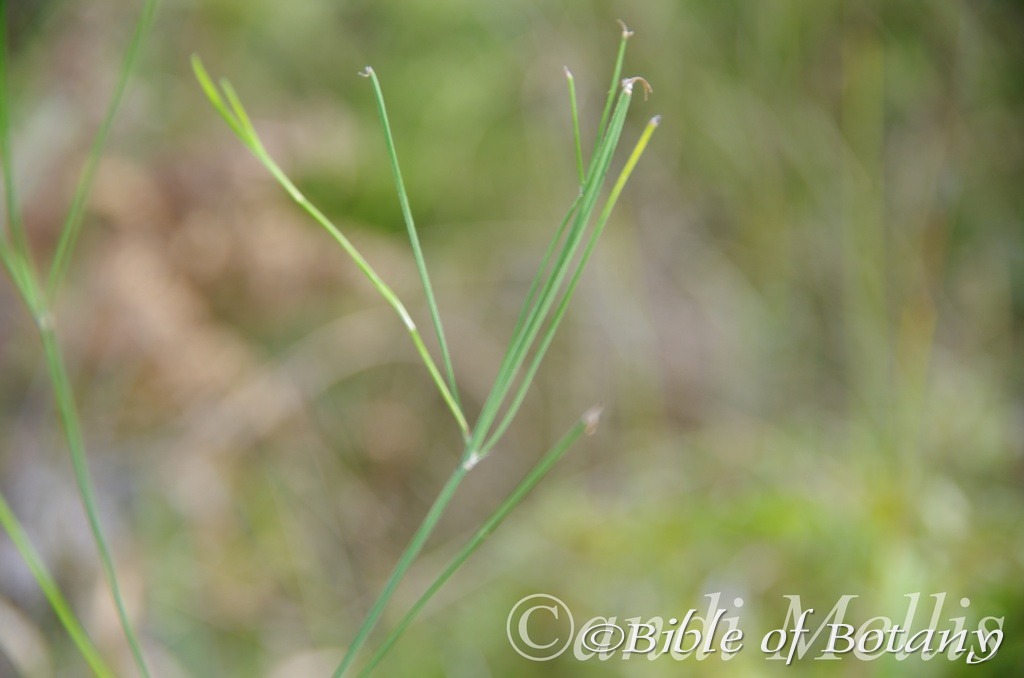
Tricoryne elatior North Yuraygir National Park NSW
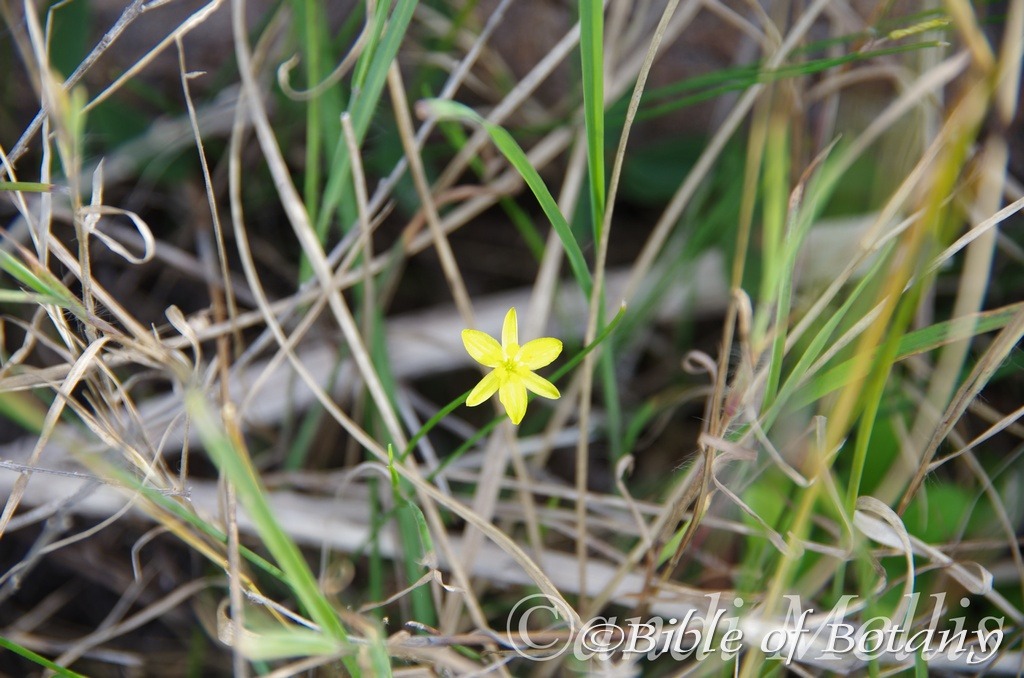
Tricoryne elatior North Yuraygir National Park NSW
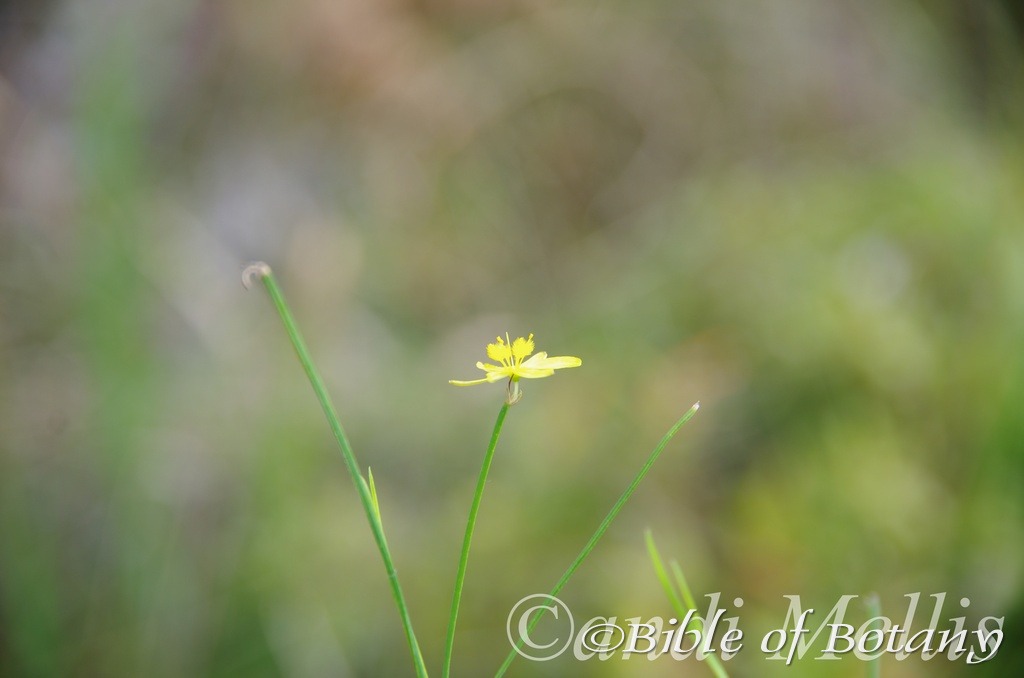
Tricoryne elatior North Yuraygir National Park NSW
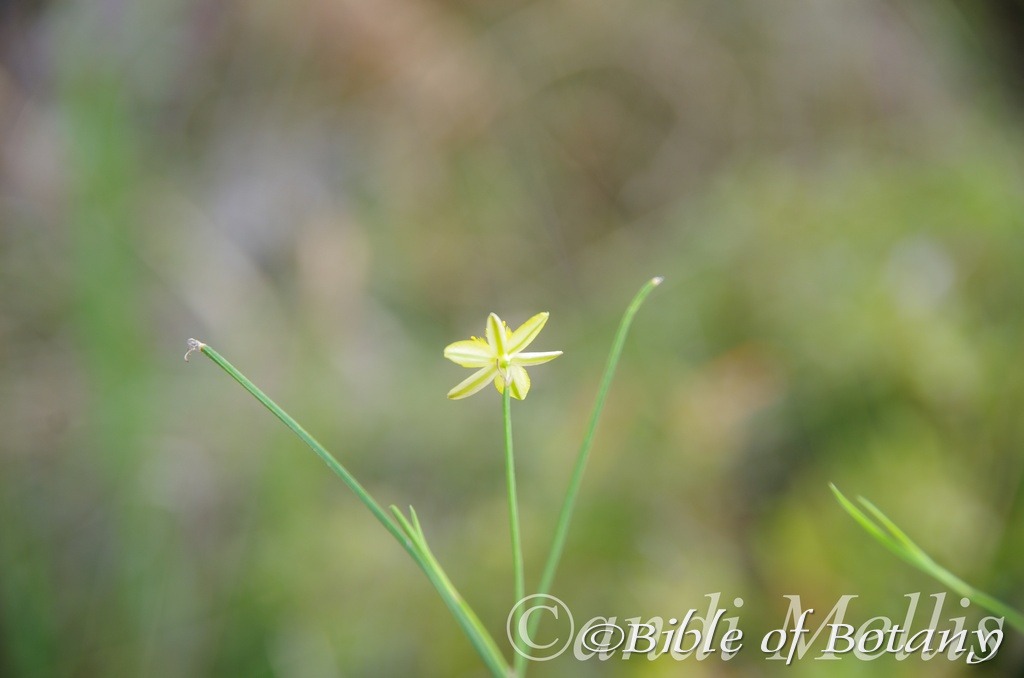
Tricoryne elatior North Yuraygir National Park NSW
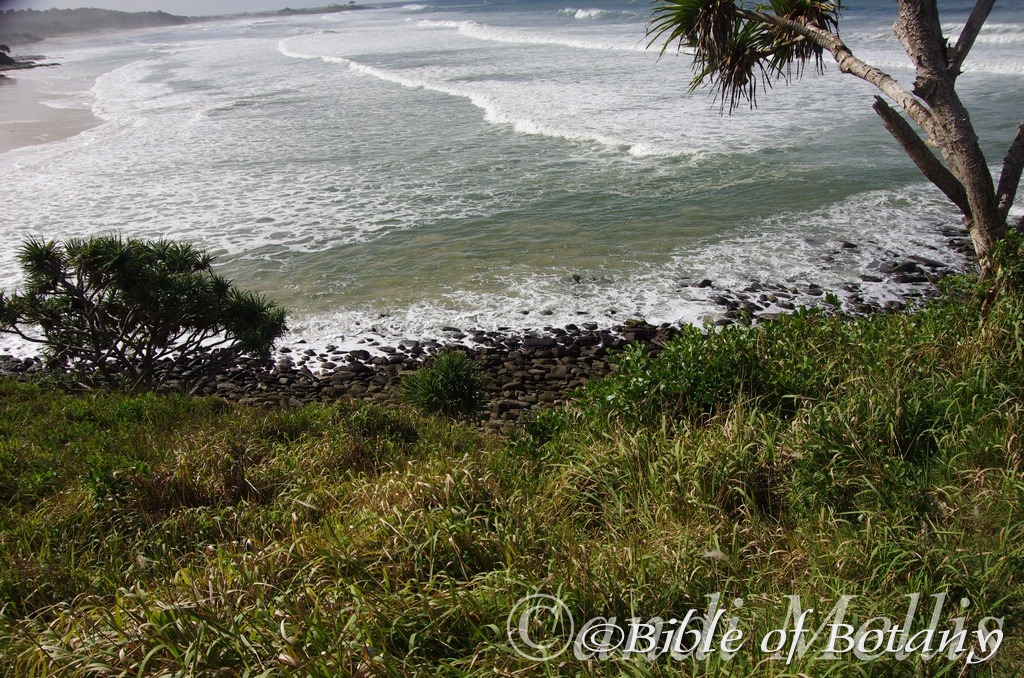
Wikstroemia indica North Yuraygir National Park NSW
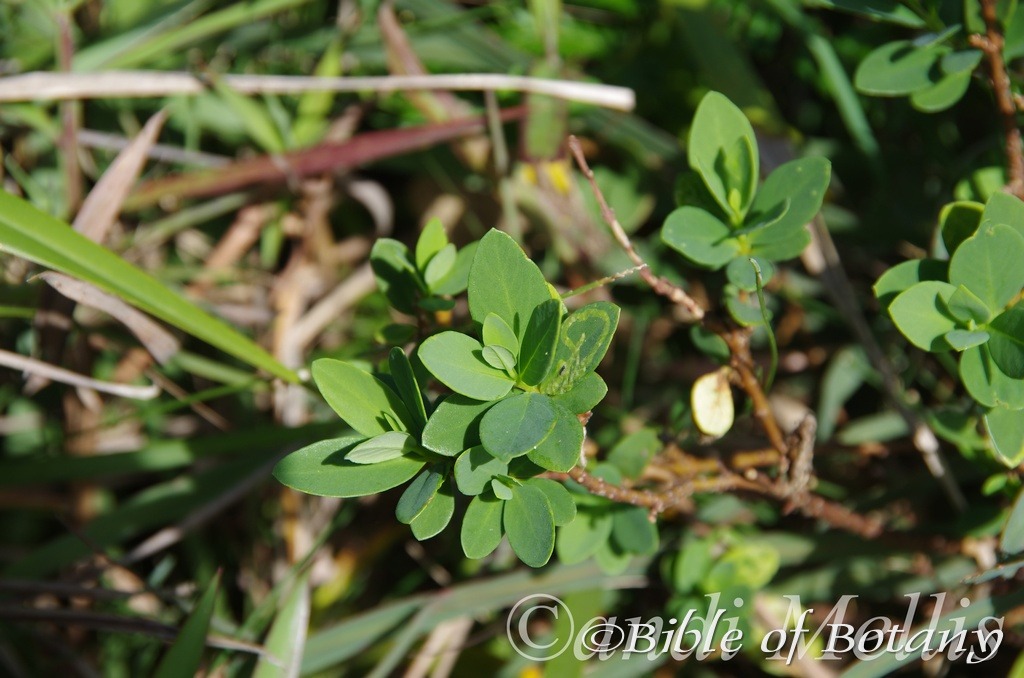
Wikstroemia indica North Yuraygir National Park NSW
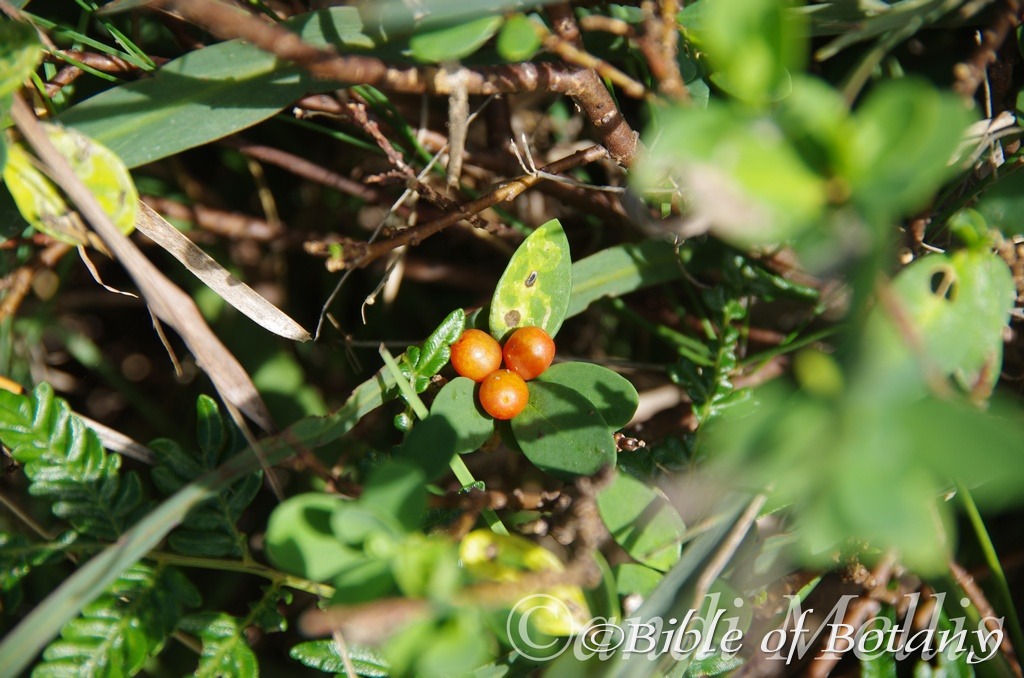
Wikstroemia indica North Yuraygir National Park NSW
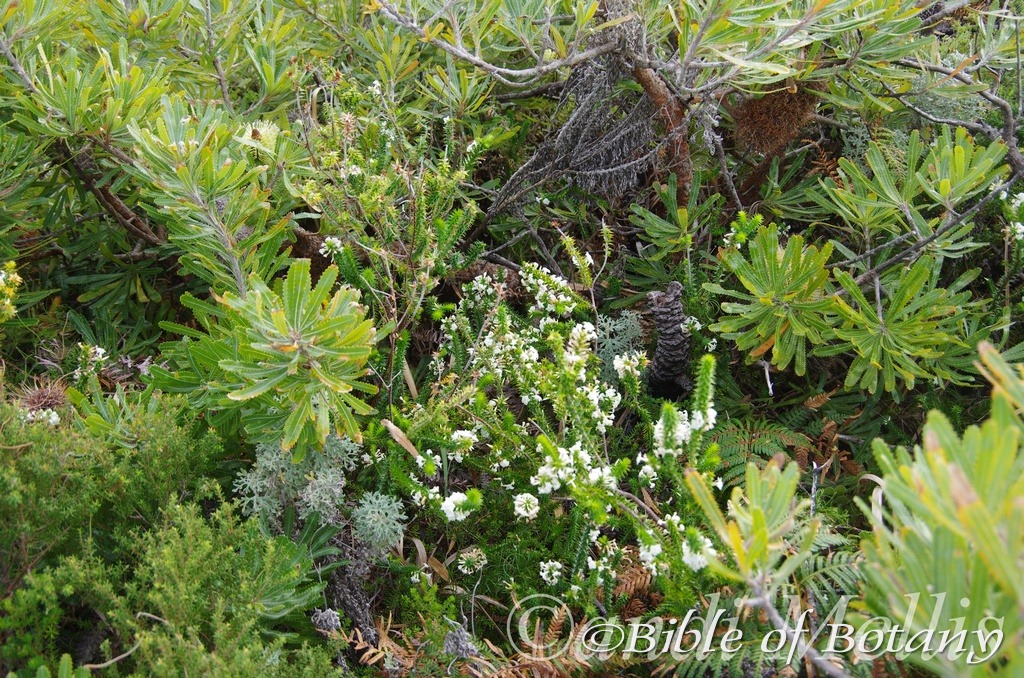
Woollsia pungens North Yuraygir National Park NSW
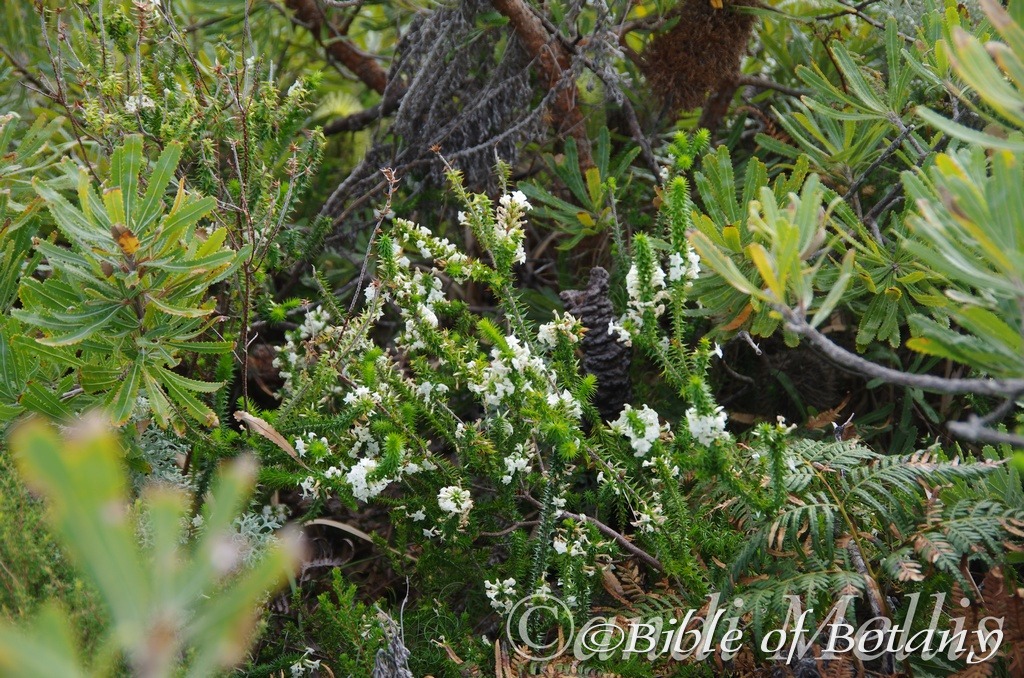
Woollsia pungens North Yuraygir National Park NSW
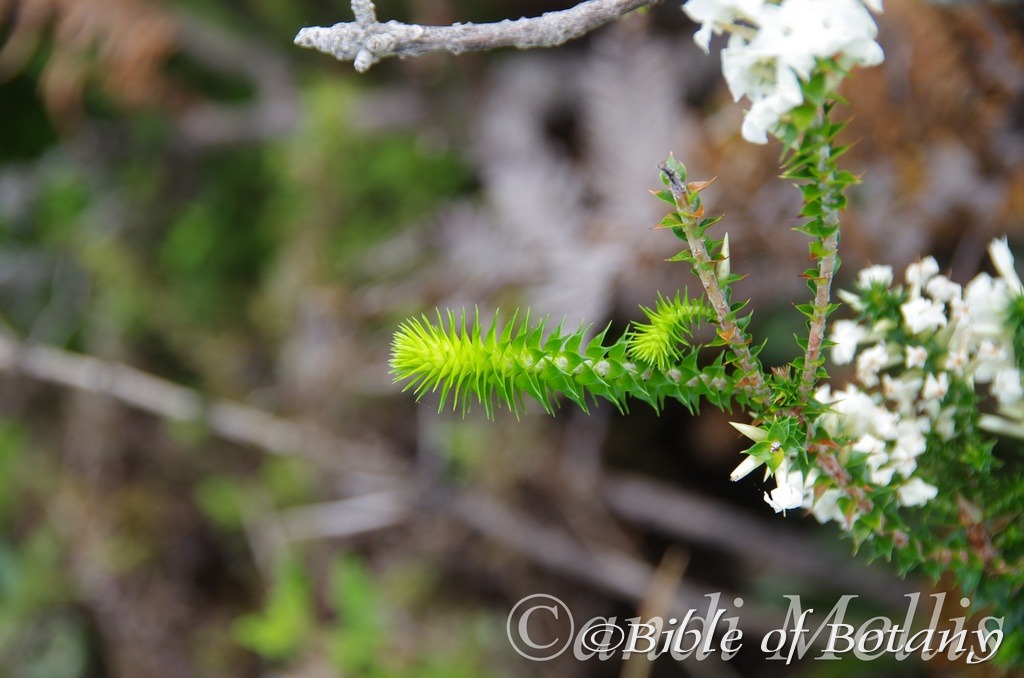
Woollsia pungens North Yuraygir National Park NSW
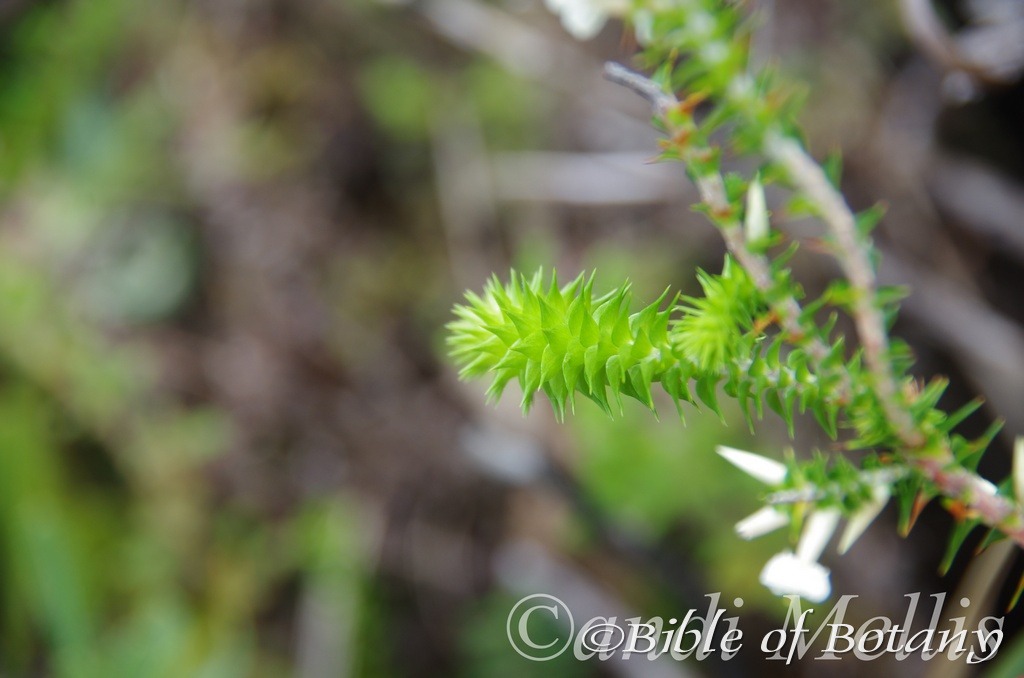
Woollsia pungens North Yuraygir National Park NSW
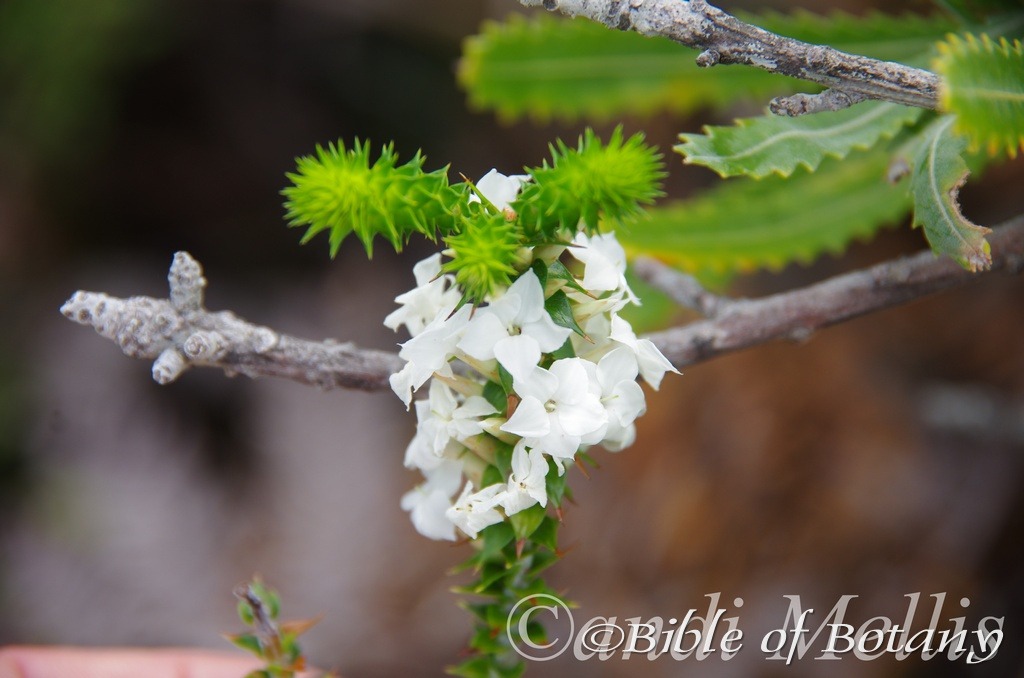
Woollsia pungens North Yuraygir National Park NSW
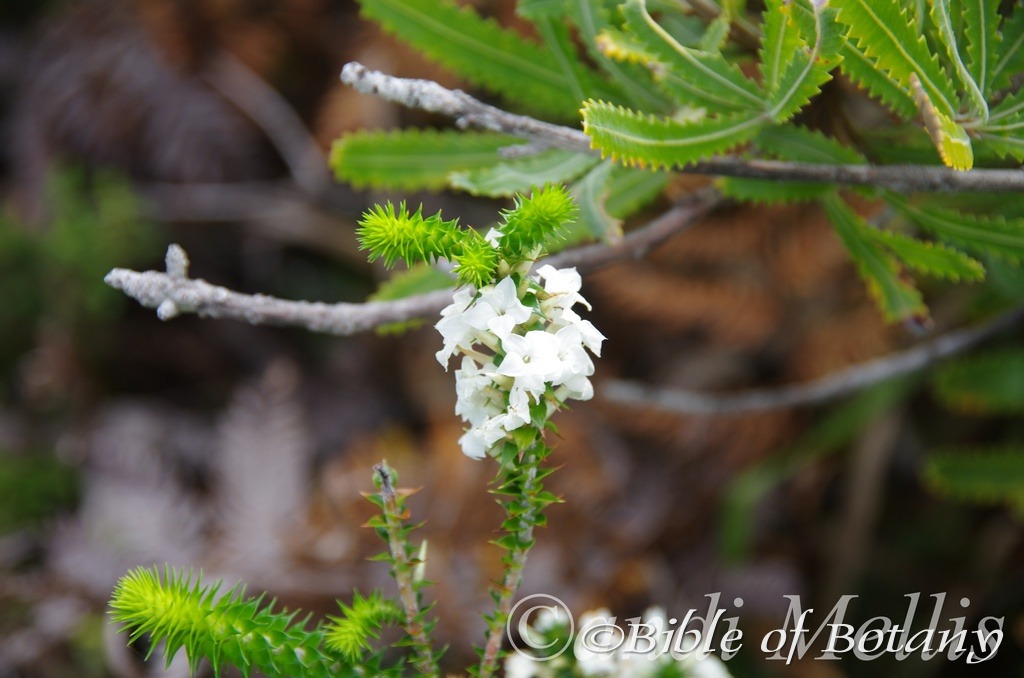
Woollsia pungens North Yuraygir National Park NSW
To complete a rather fruitful day out Tricoryne elatior, Wikstroemia indica and Woollsia pungens were all photographed on the seaward side of the coastal cliffs in North Yuraygir National Park NSW, so would experience hot dry conditions with salt laden winds. All were growing on accumulated beach sands. The first photo of the habitat of Wikstroemia indica is typical of where the three species were growing just below the path.
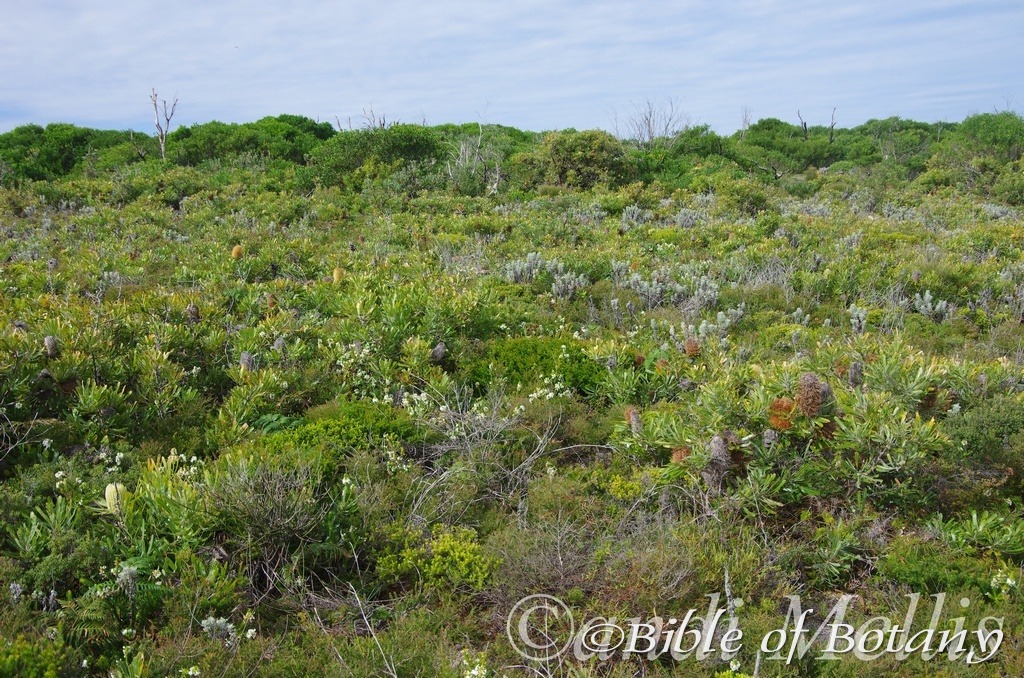
Pultenaea myrtoides North Yuraygir National Park NSW
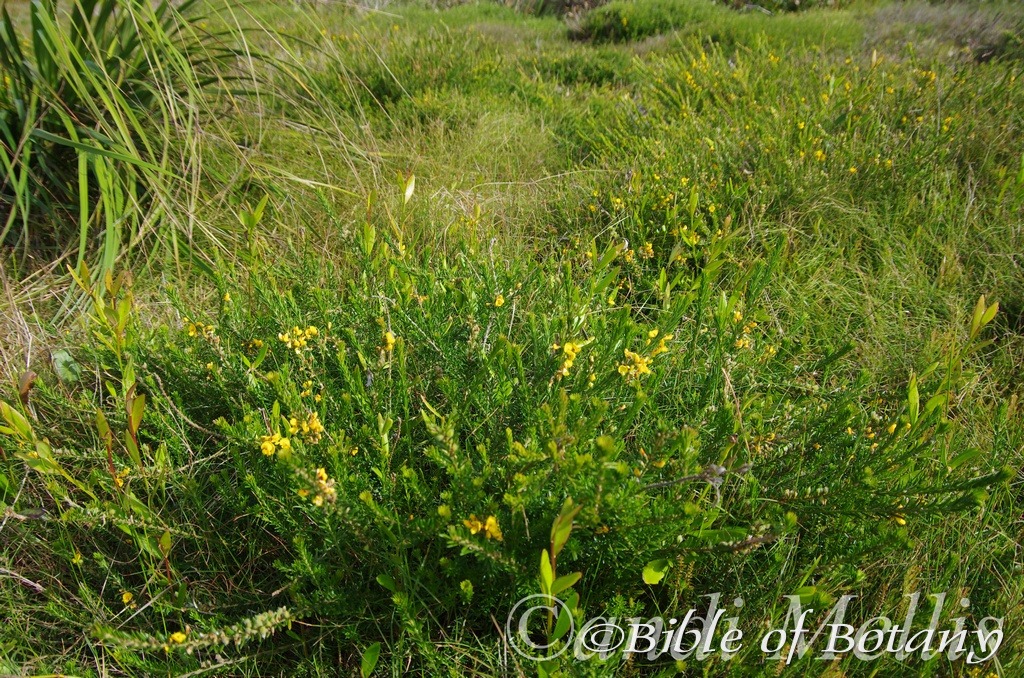
Pultenaea myrtoides North Yuraygir National Park NSW
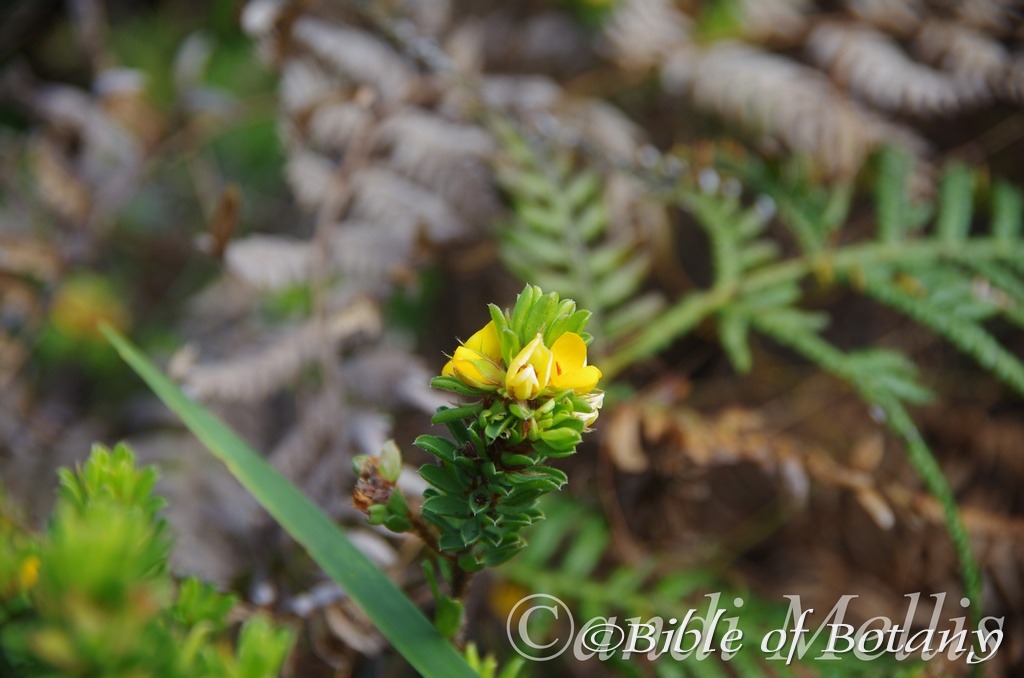
Pultenaea myrtoides North Yuraygir National Park NSW
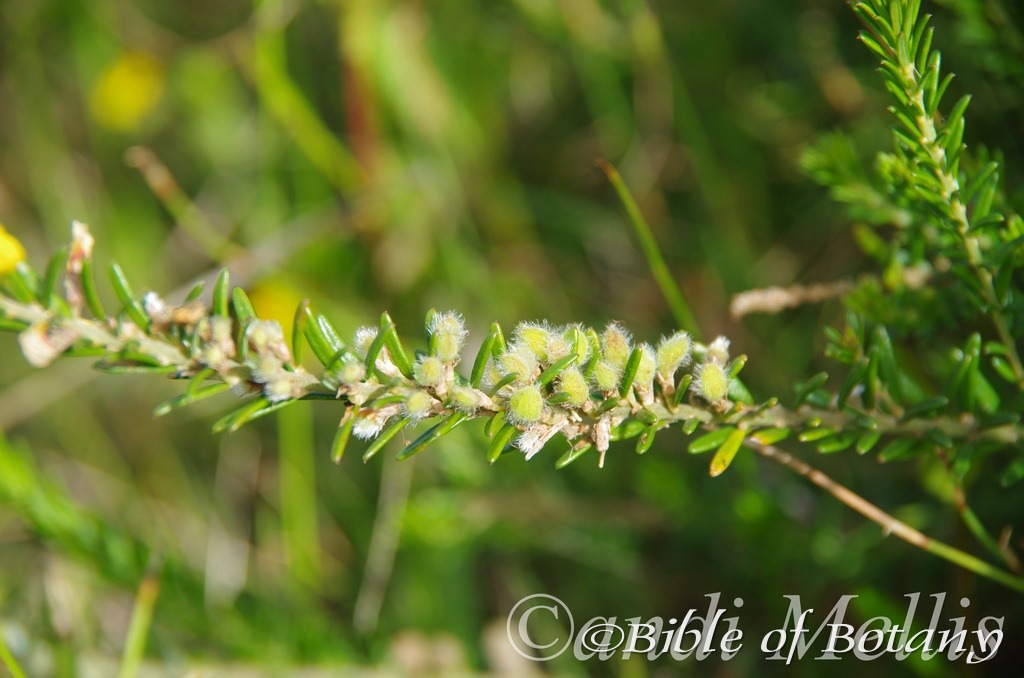
Pultenaea myrtoides North Yuraygir National Park NSW
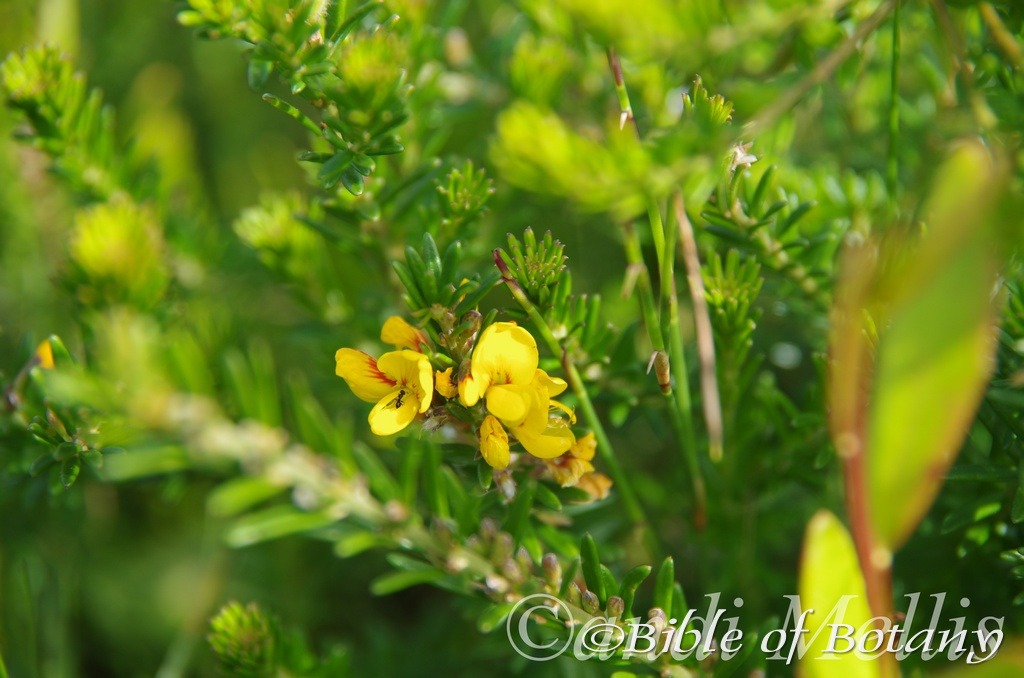
Pultenaea myrtoides North Yuraygir National Park NSW
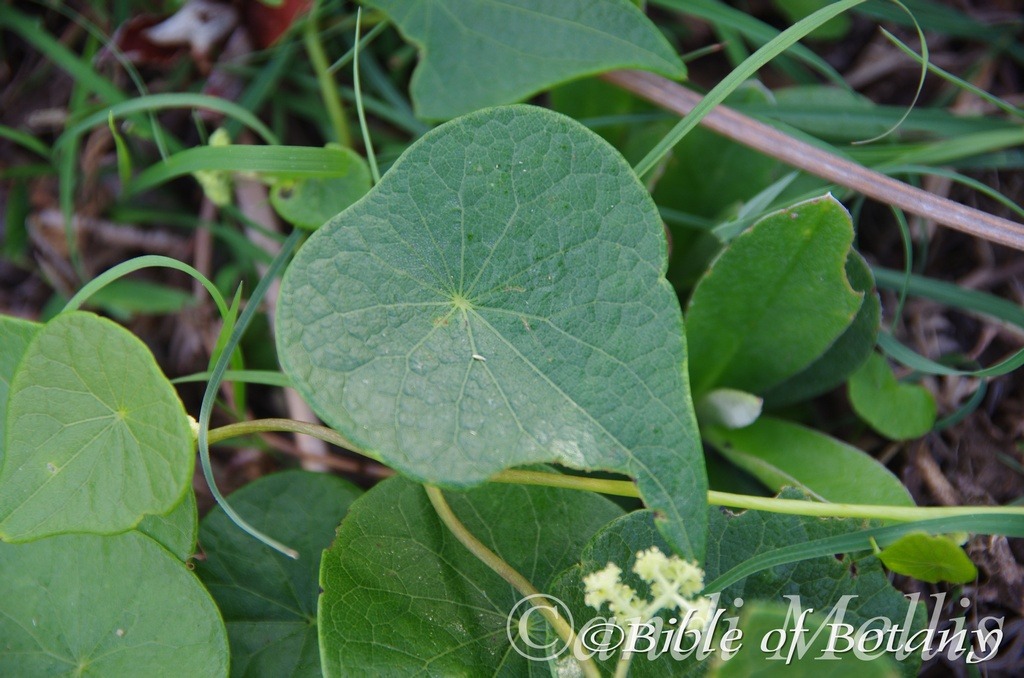
North Yuraygir National Park NSW
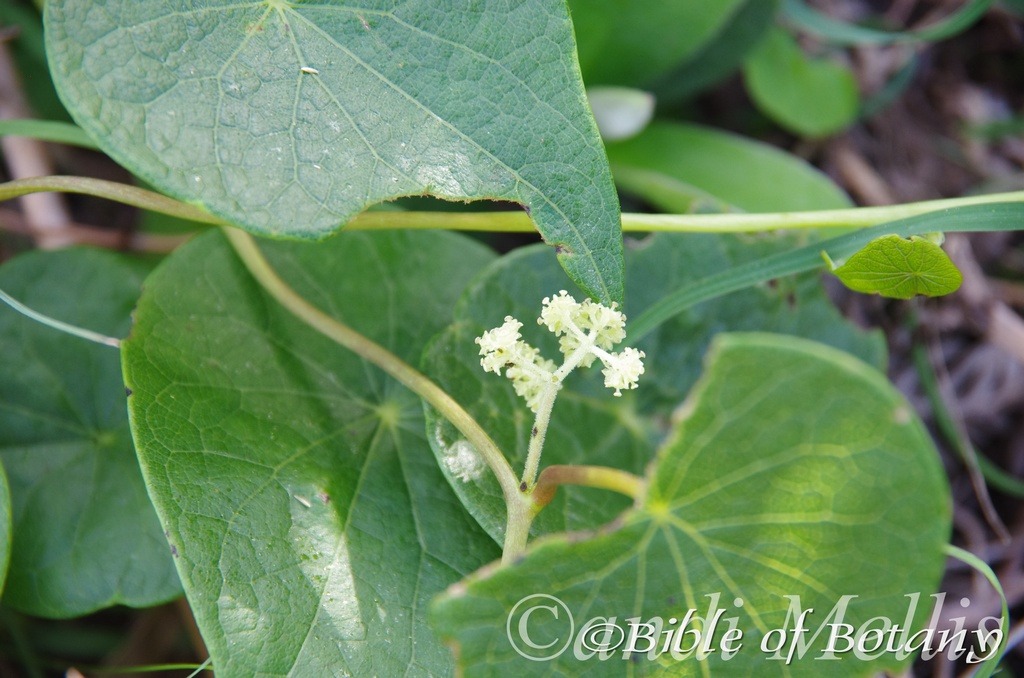
North Yuraygir National Park NSW
These photos depict the differences in Pultenaea myrtoides to what is on the web page despite growing in the same national Park but from different ends.
Another twiner which varies considerably from being almost glabrous to densely covered in white to fawn pannate hairs on the stems and lower laminas is Stephania japonica var. discolor. The upper lamina also varies from being deep grass green to deep sea green and dull to glossy on the upper lamina.
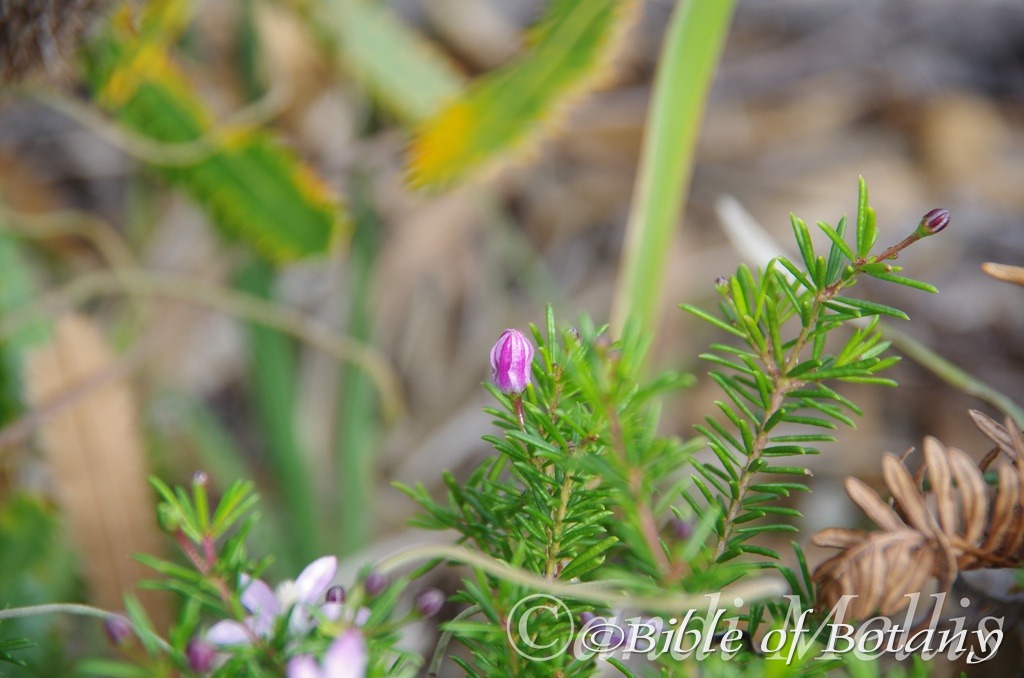
Philotheca salsolifolia ssp pedicellata North Yuraygir National Park NSW
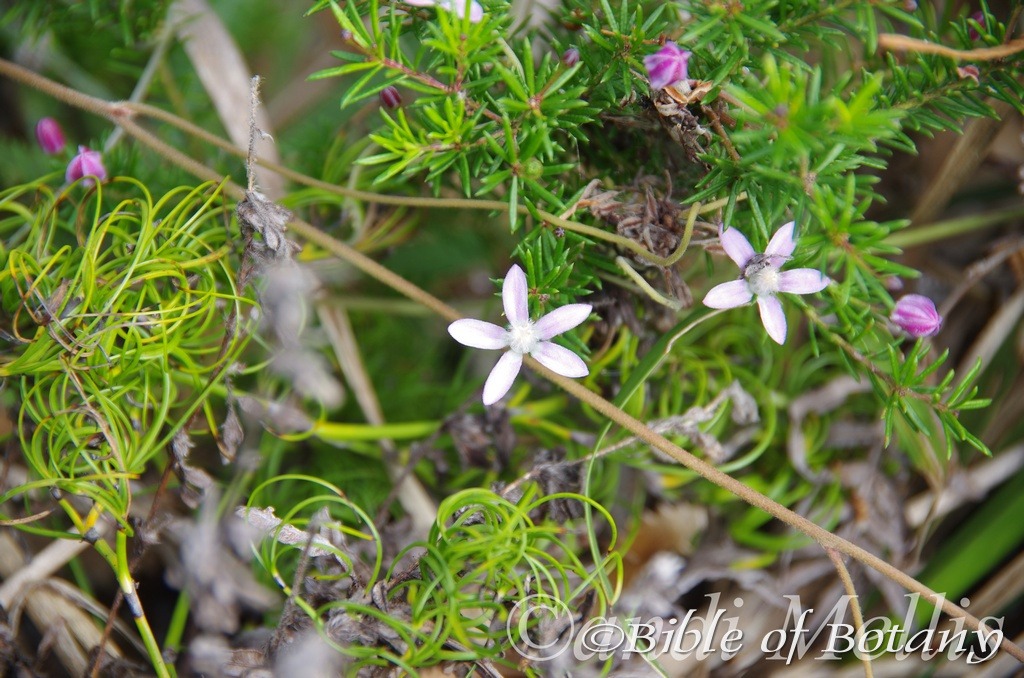
Philotheca salsolifolia ssp pedicellata North Yuraygir National Park NSW
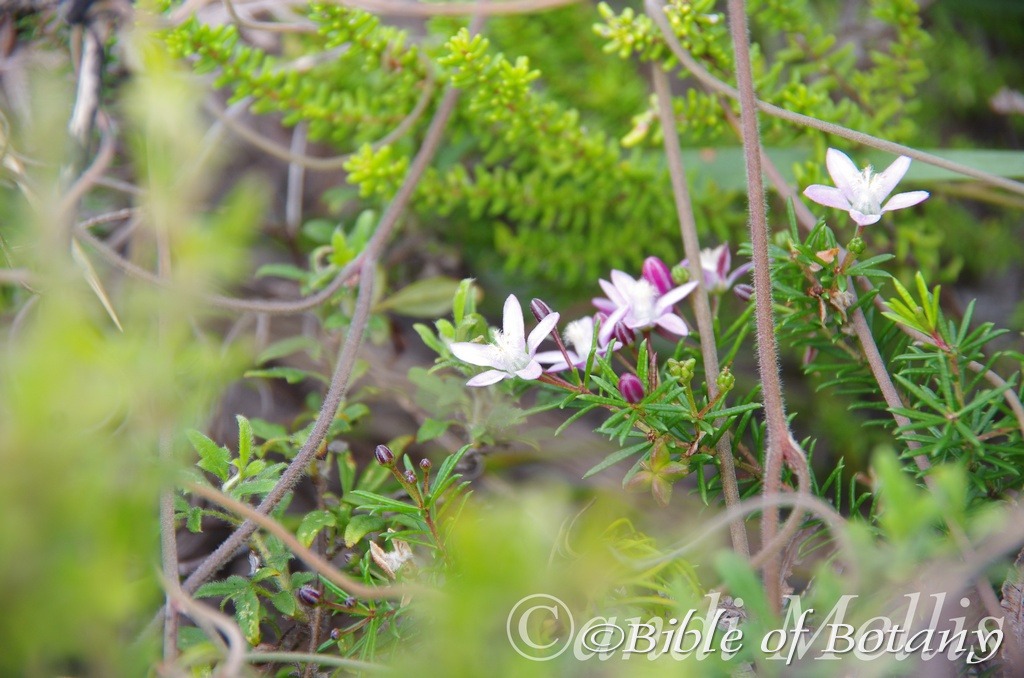
Philotheca salsolifolia ssp pedicellata North Yuraygir National Park NSW
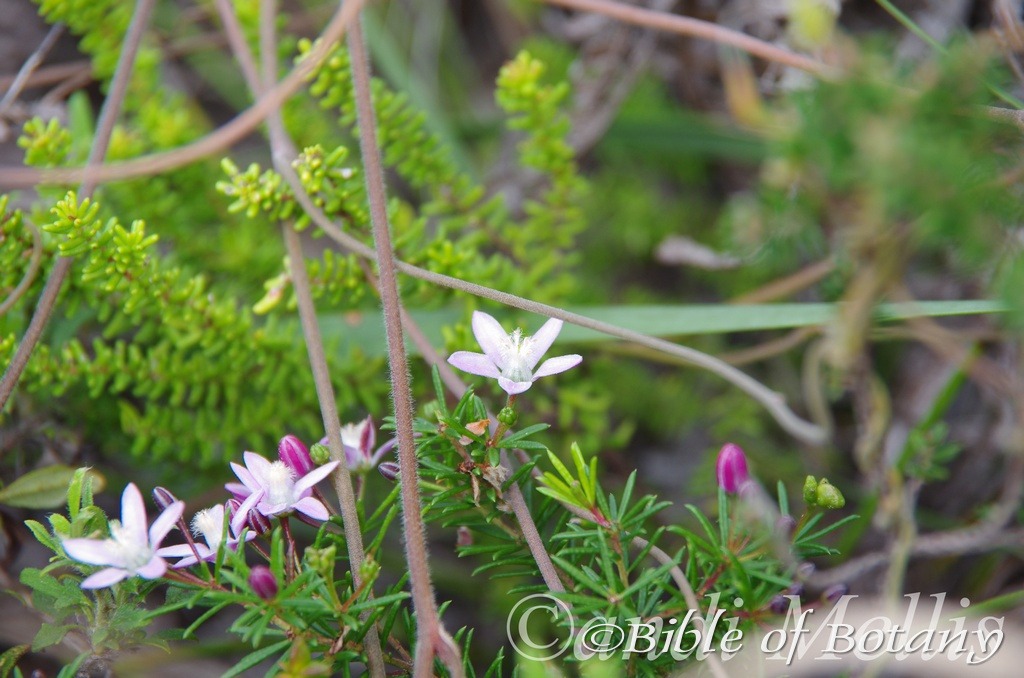
Philotheca salsolifolia ssp pedicellata North Yuraygir National Park NSW
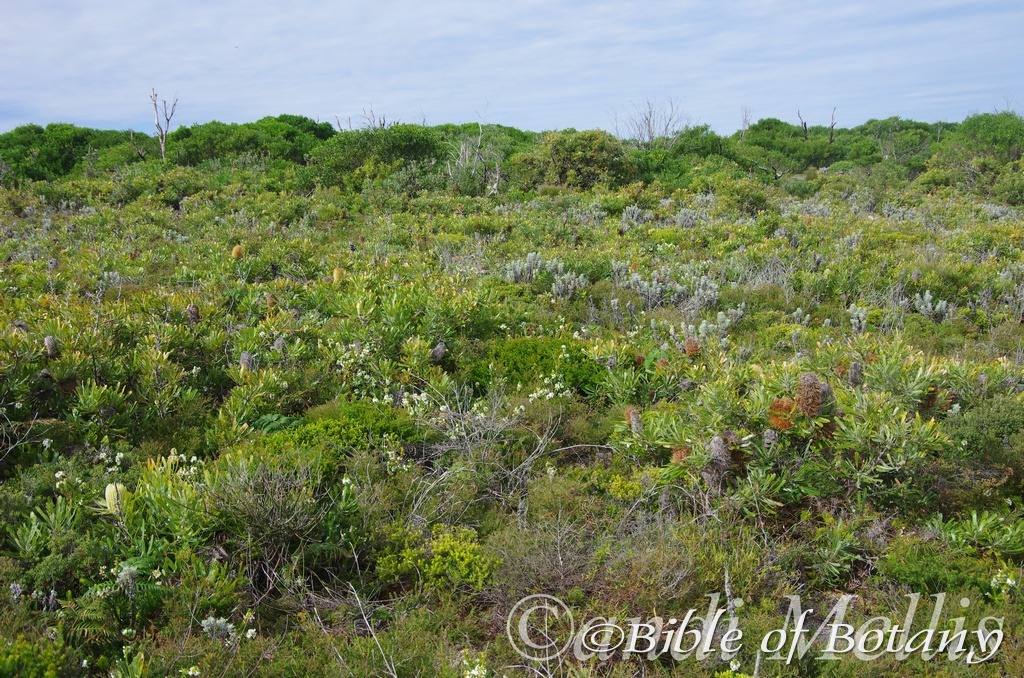
Pseudanthus orientalis North Yuraygir National Park NSW
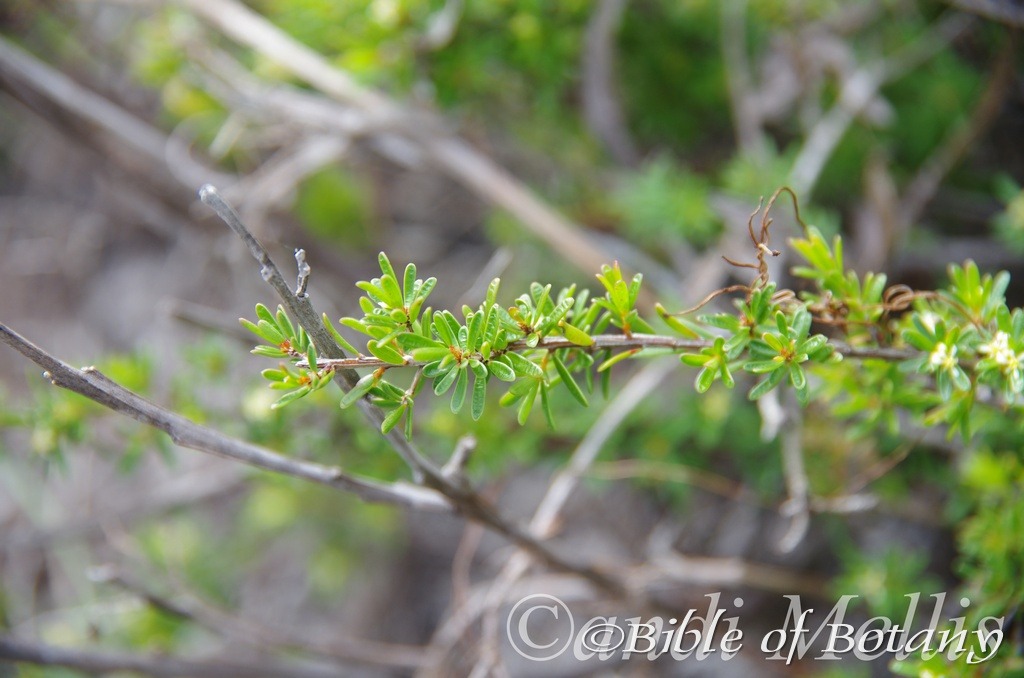
Pseudanthus orientalis North Yuraygir National Park NSW
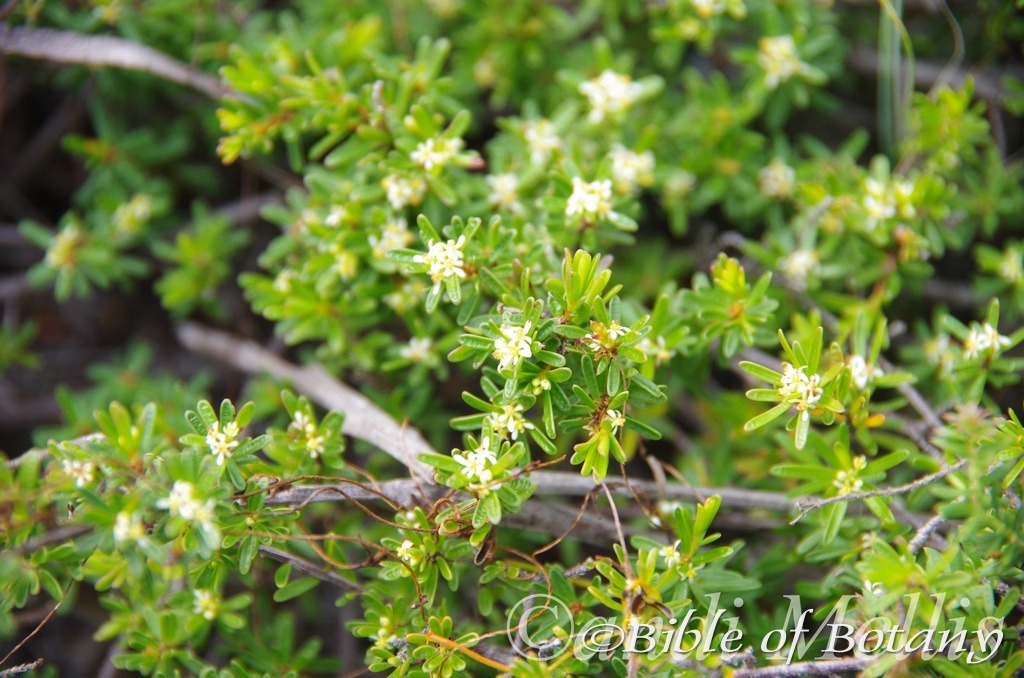
Pseudanthus orientalis North Yuraygir National Park NSW
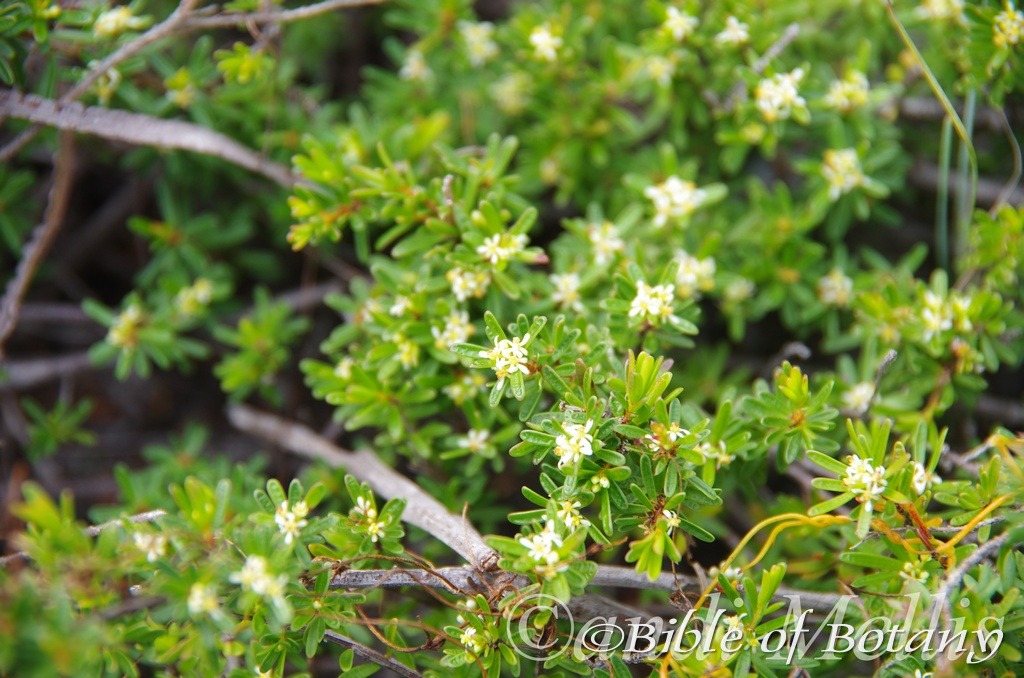
Pseudanthus orientalis North Yuraygir National Park NSW
Philotheca salsolifolia ssp pedicellata differs somewhat in the foliage and the colour of the flowers or at least compared to Philotheca salsolifolia ssp salsolifolia which were photographed in the ACT.
Pseudanthus orientalis is a nice compact plant suitable for small, moist heath gardens in full sun.
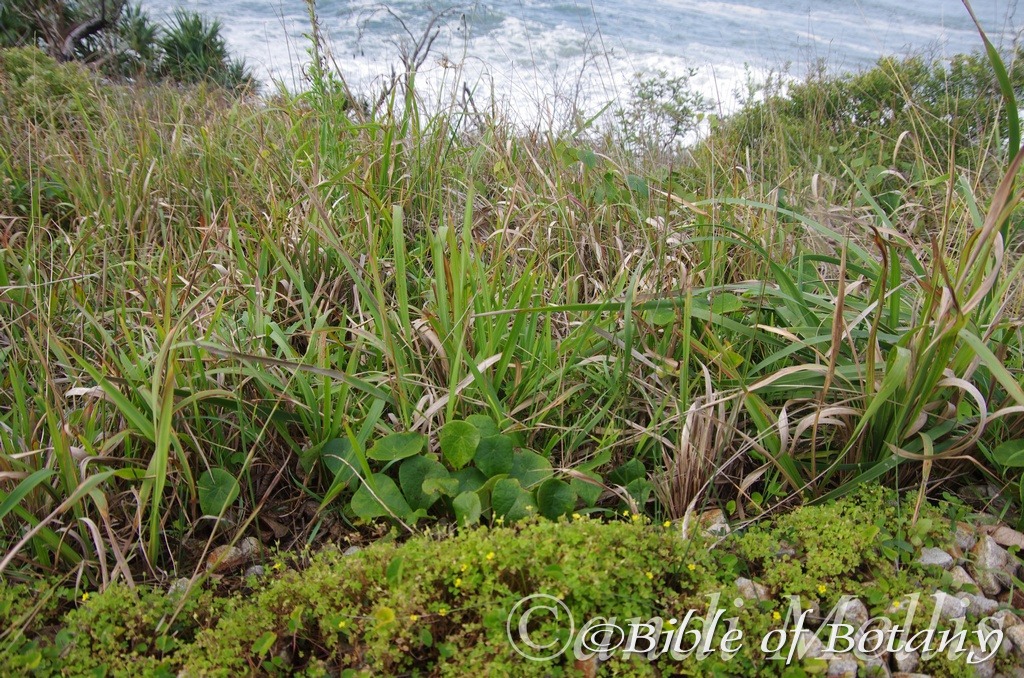
Oxalis rubens North Yuraygir National Park NSW
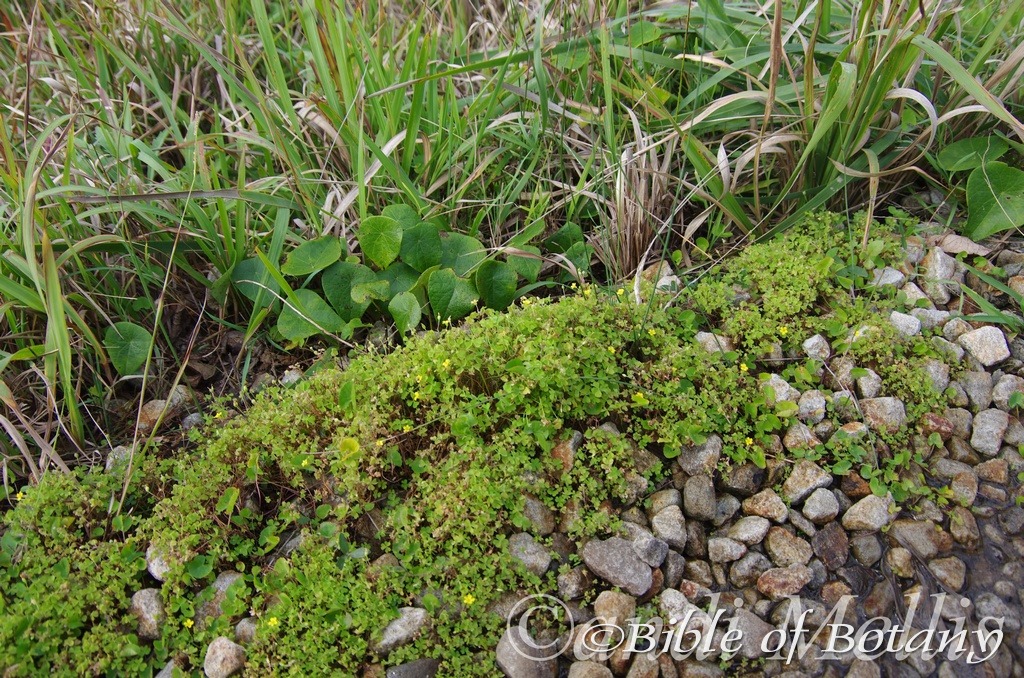
Oxalis rubens North Yuraygir National Park NSW
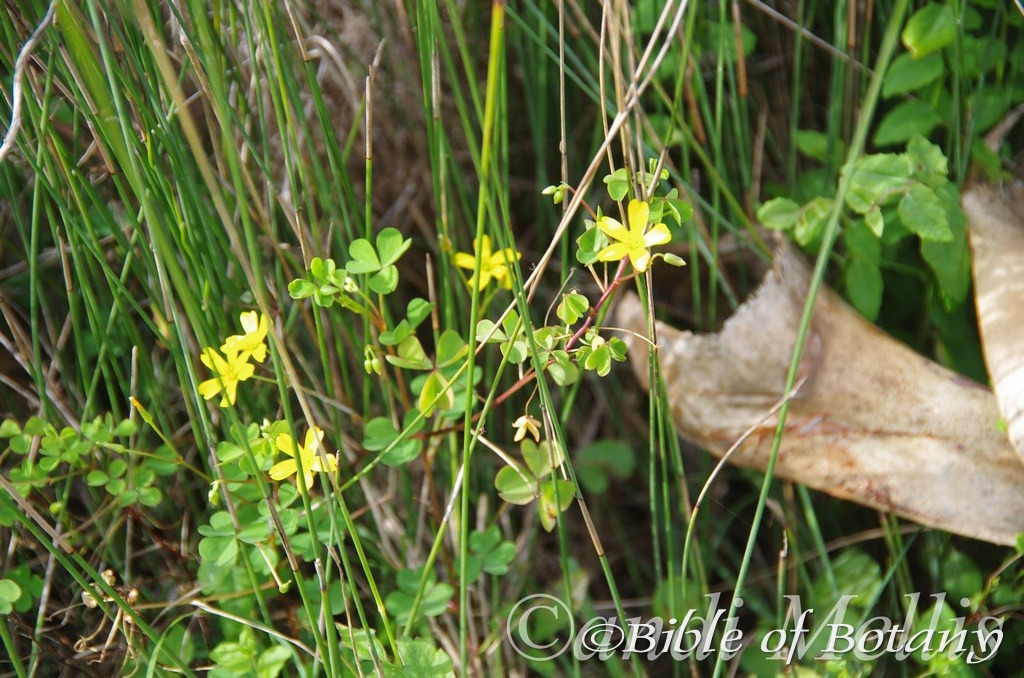
Oxalis rubens North Yuraygir National Park NSW
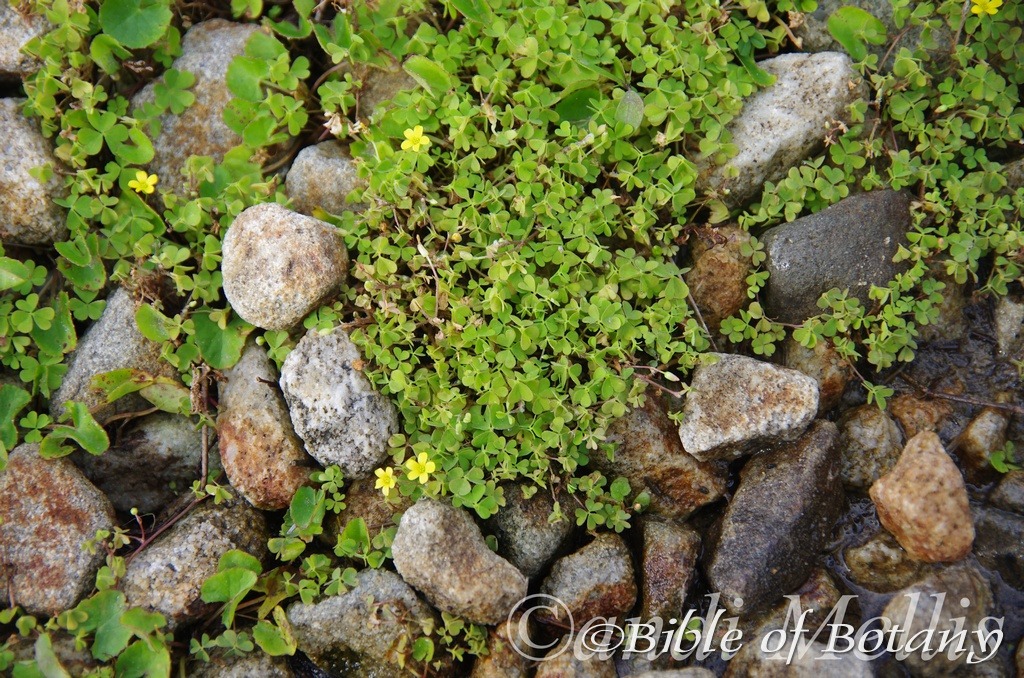
Oxalis rubens North Yuraygir National Park NSW
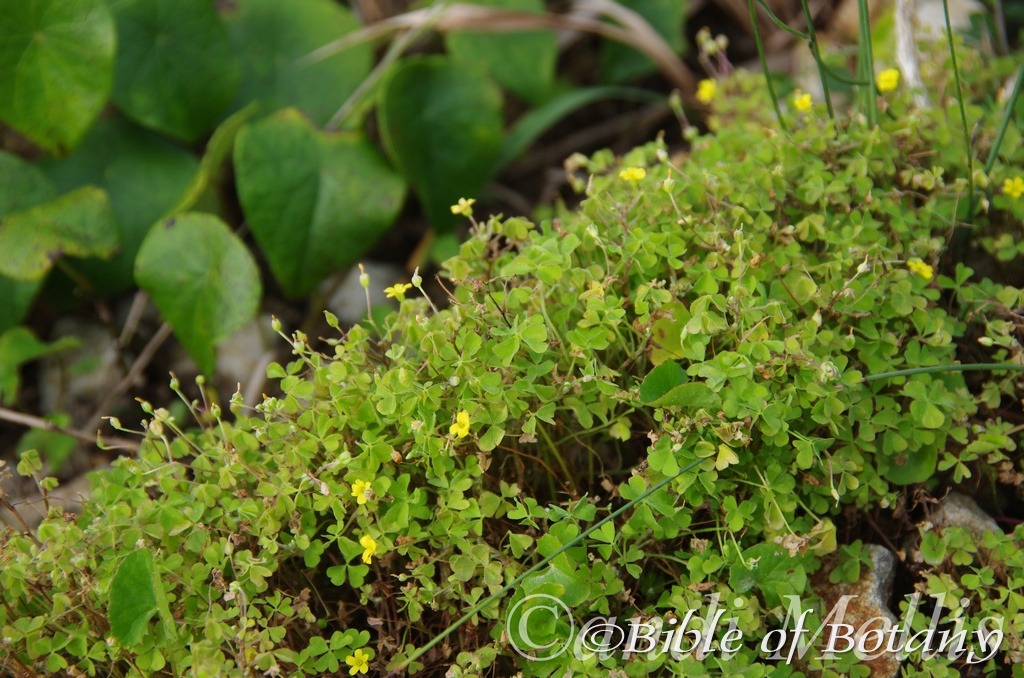
Oxalis rubens North Yuraygir National Park NSW
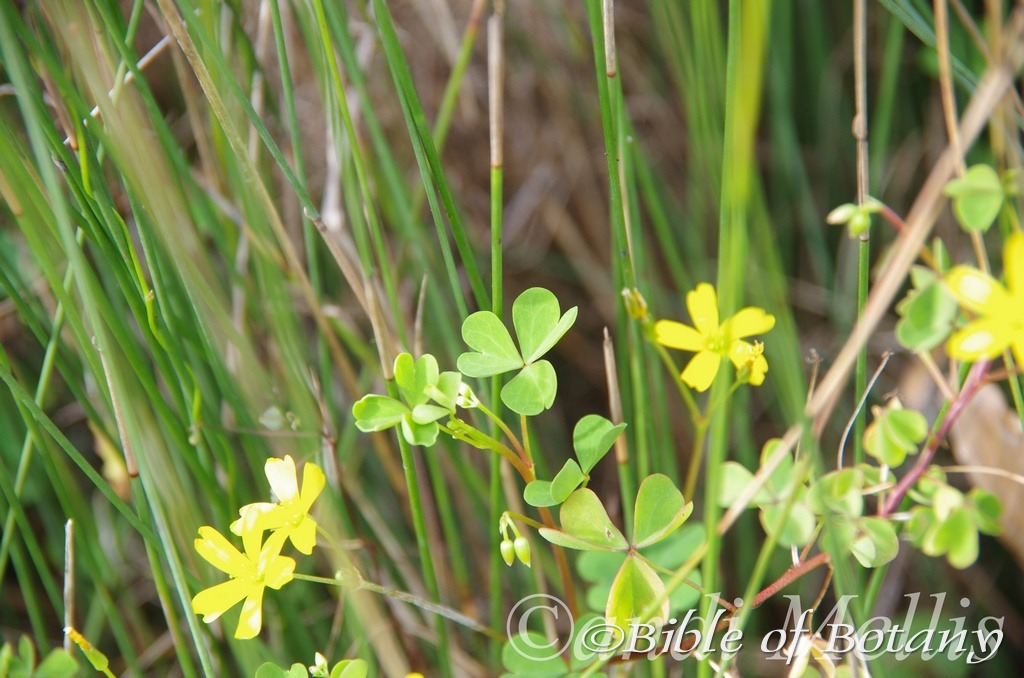
Oxalis rubens North Yuraygir National Park NSW
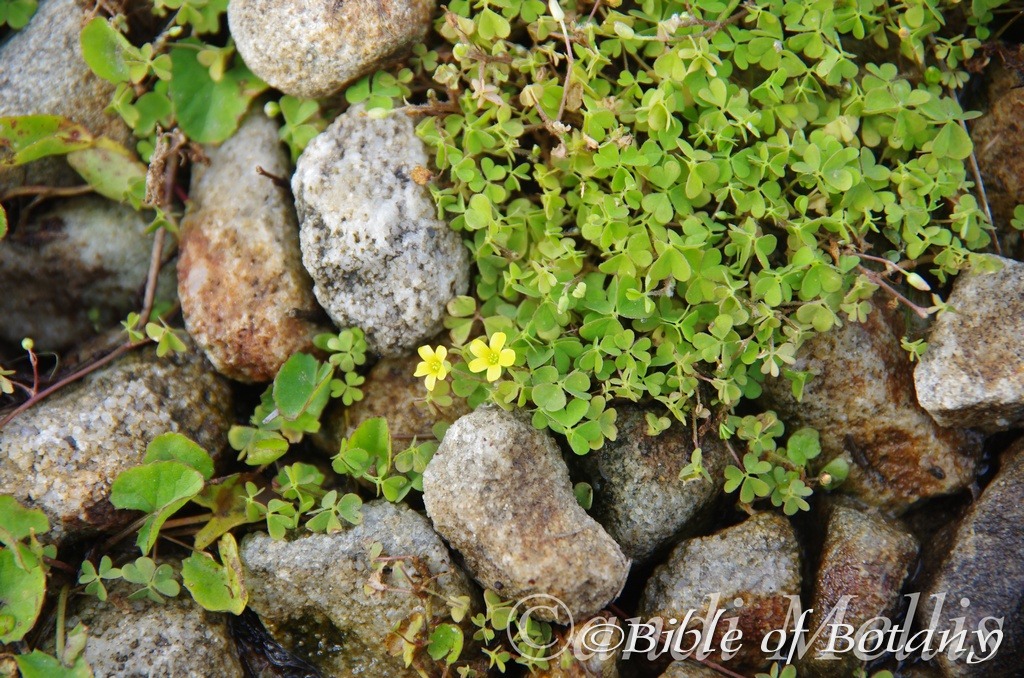
Oxalis rubens North Yuraygir National Park NSW
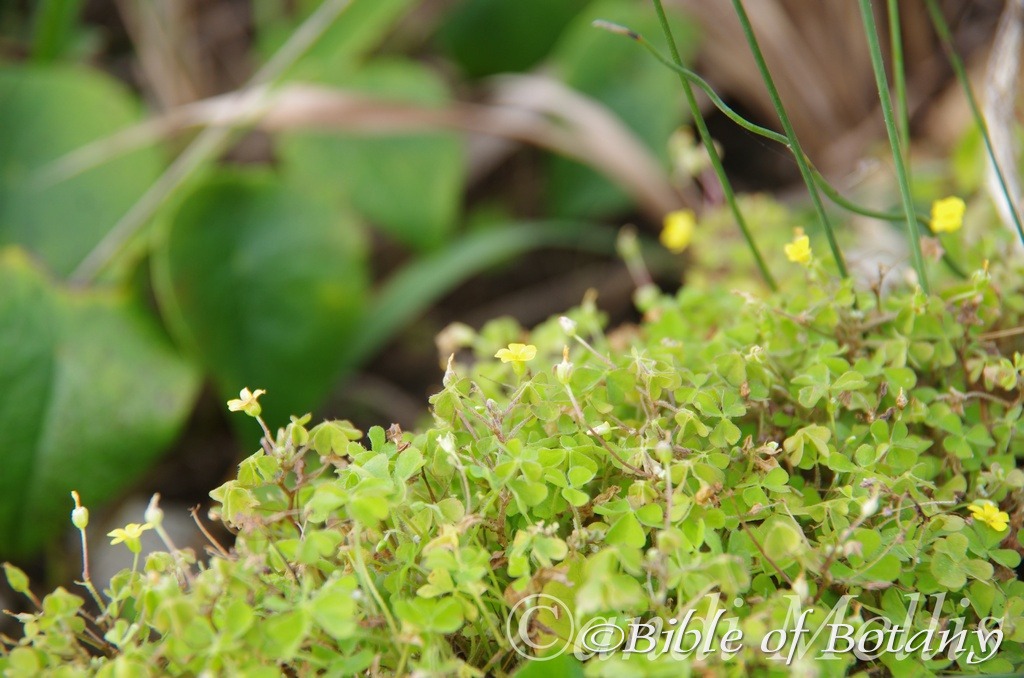
Oxalis rubens North Yuraygir National Park NSW
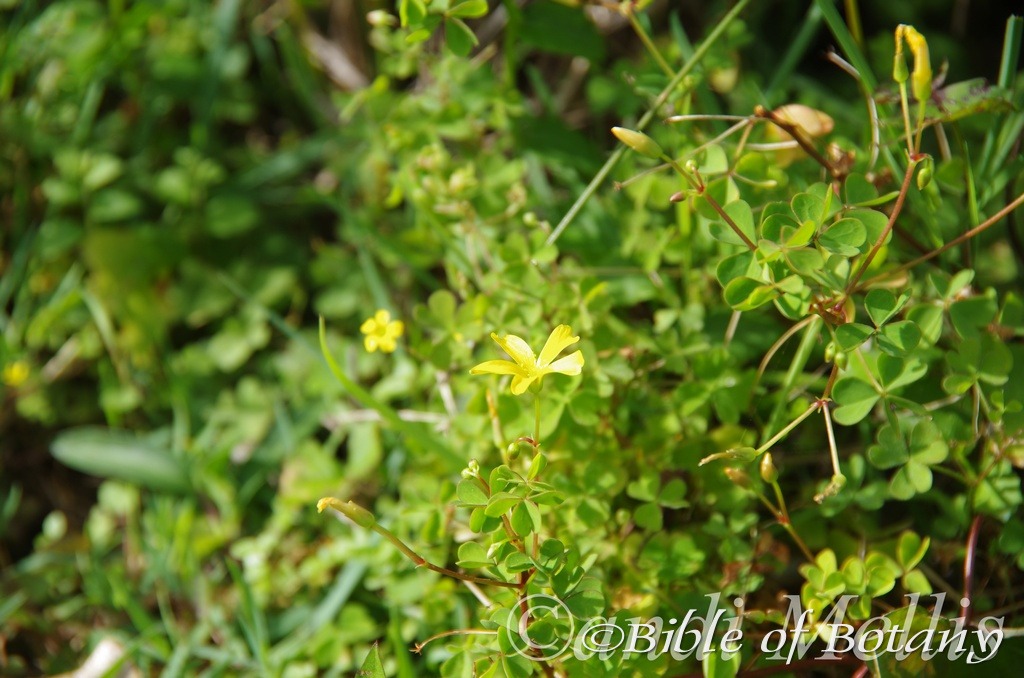
Oxalis rubens North Yuraygir National Park NSW
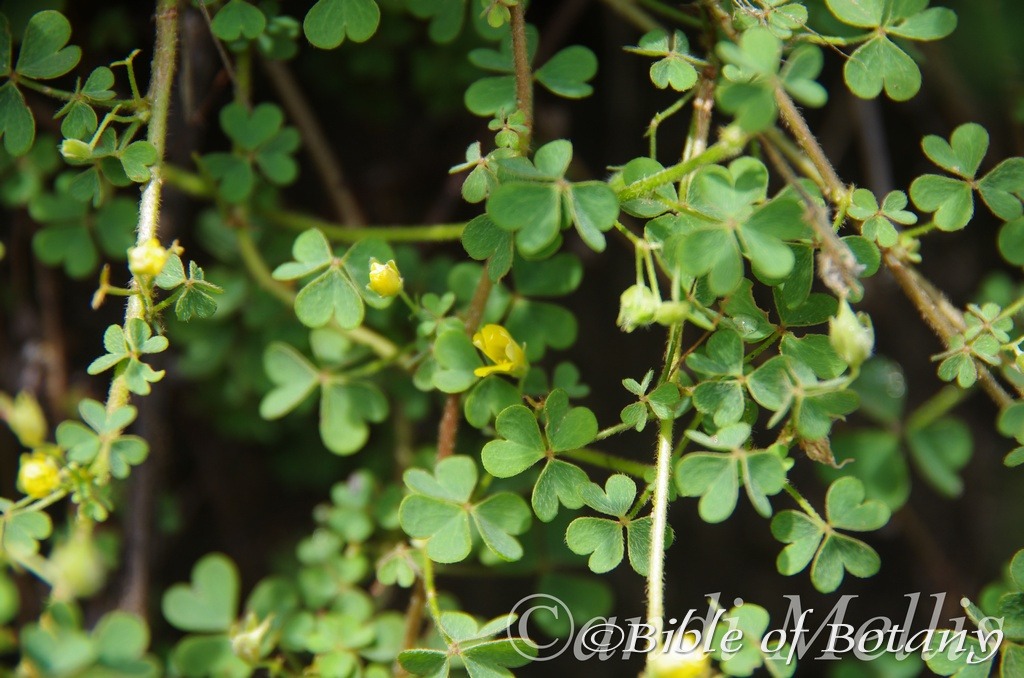
Oxalis chnoodes Banyabba National Park NSW
Oxalis rubens is a delightful low ground cover for exposed areas on dry sandy soils and can be seen in the top photo.
The specimen of Oxalis choondes below is densely covered in white, pilose hairs on the stems is sparsely covered in long, white antrorse hairs on the upper laminas and is moderately covered in long, white antrorse hairs on the lower laminas.
.
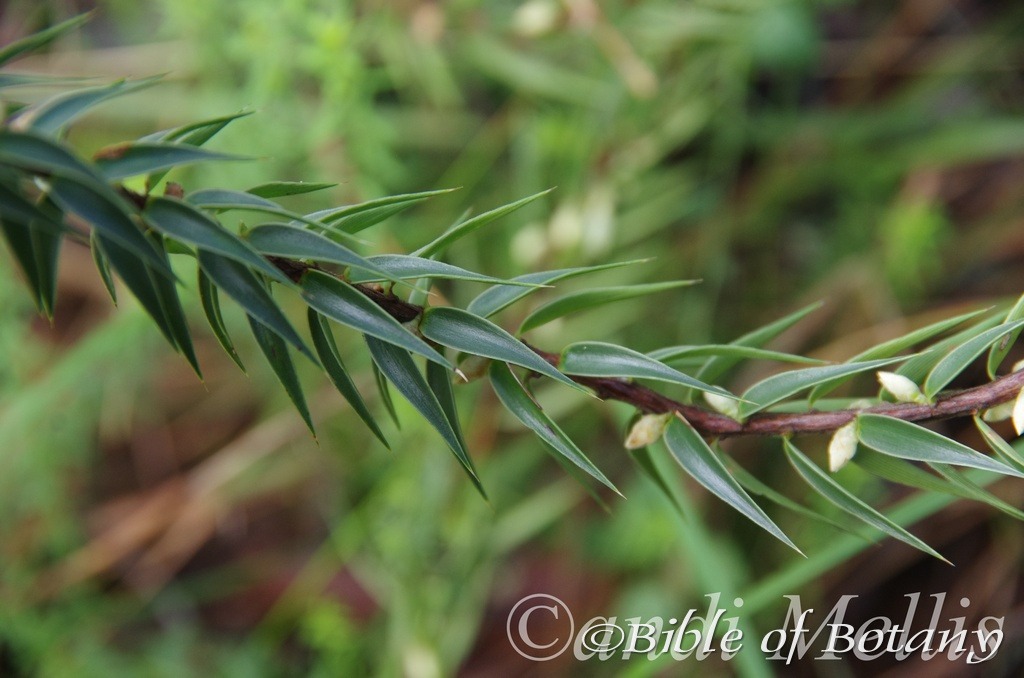
Melichrus urceolatus North Yuraygir National Park NSW
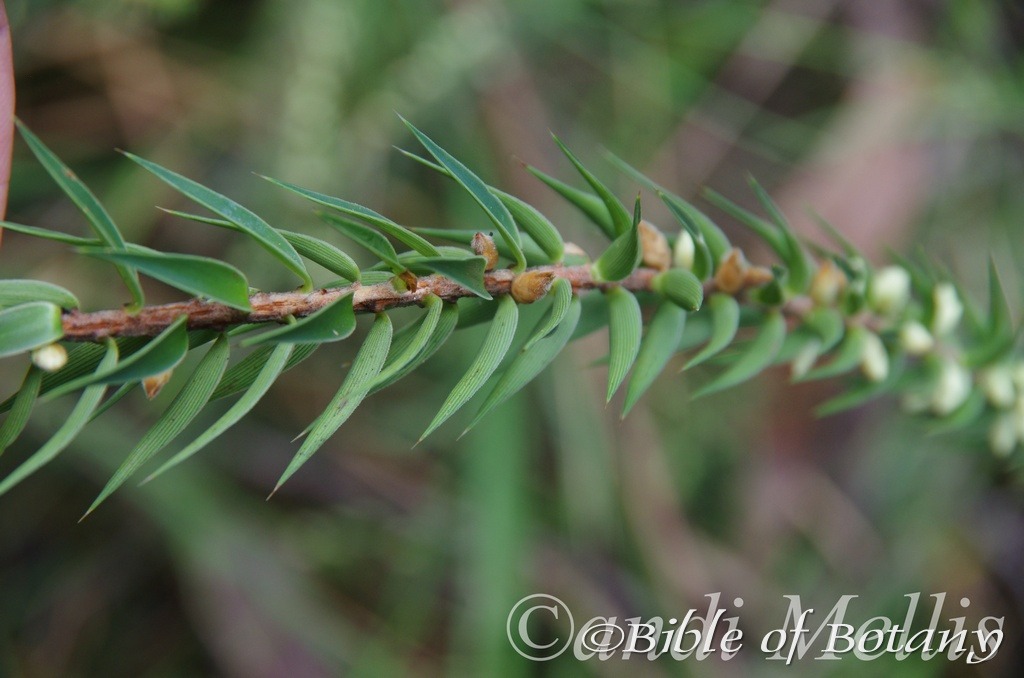
Melichrus urceolatus North Yuraygir National Park NSW
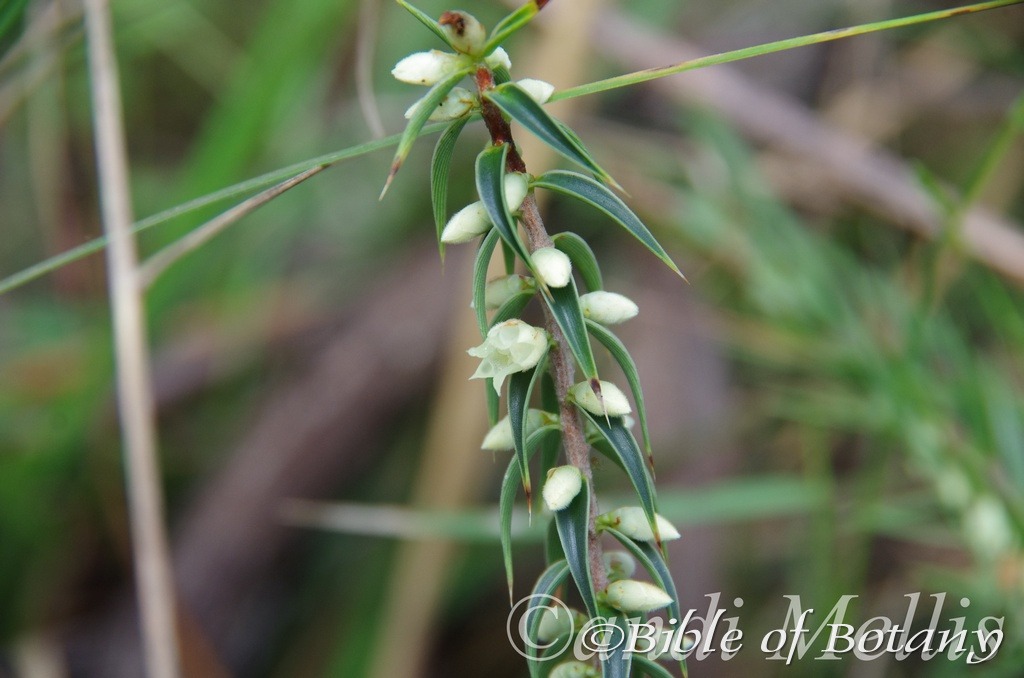
Melichrus urceolatus North Yuraygir National Park NSW
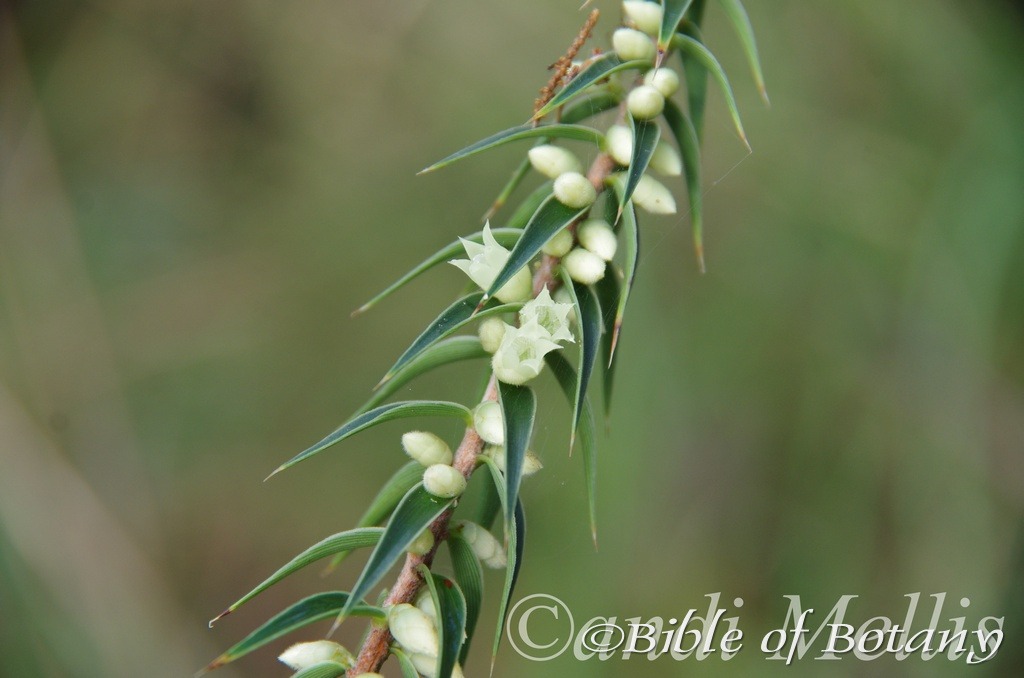
Melichrus urceolatus North Yuraygir National Park NSW
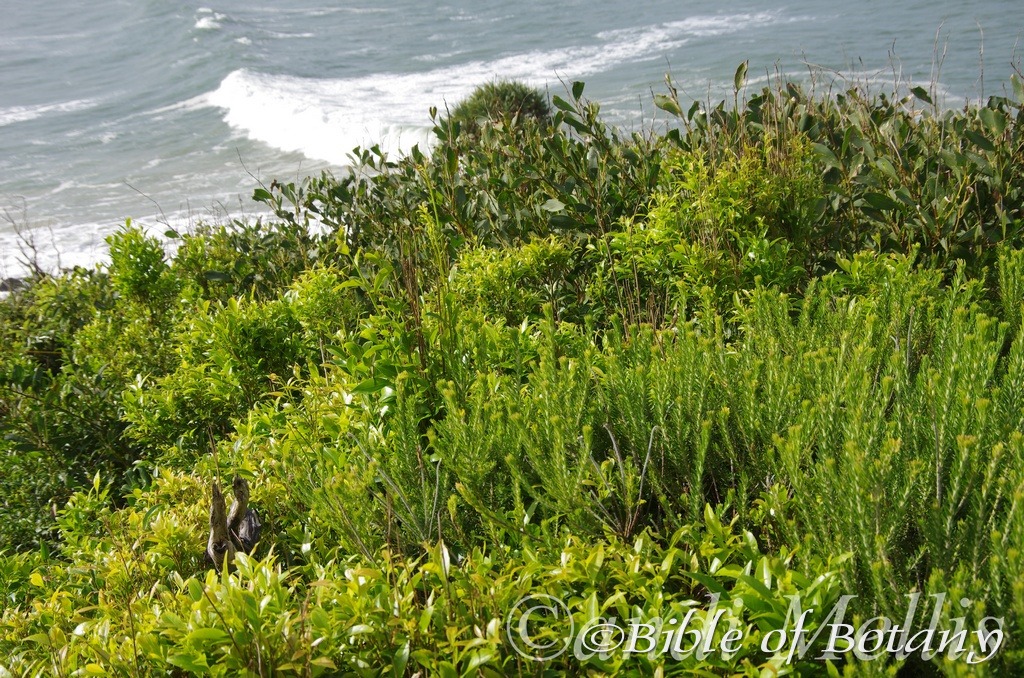
Myrsine variabilis North Yuraygir National Park NSW
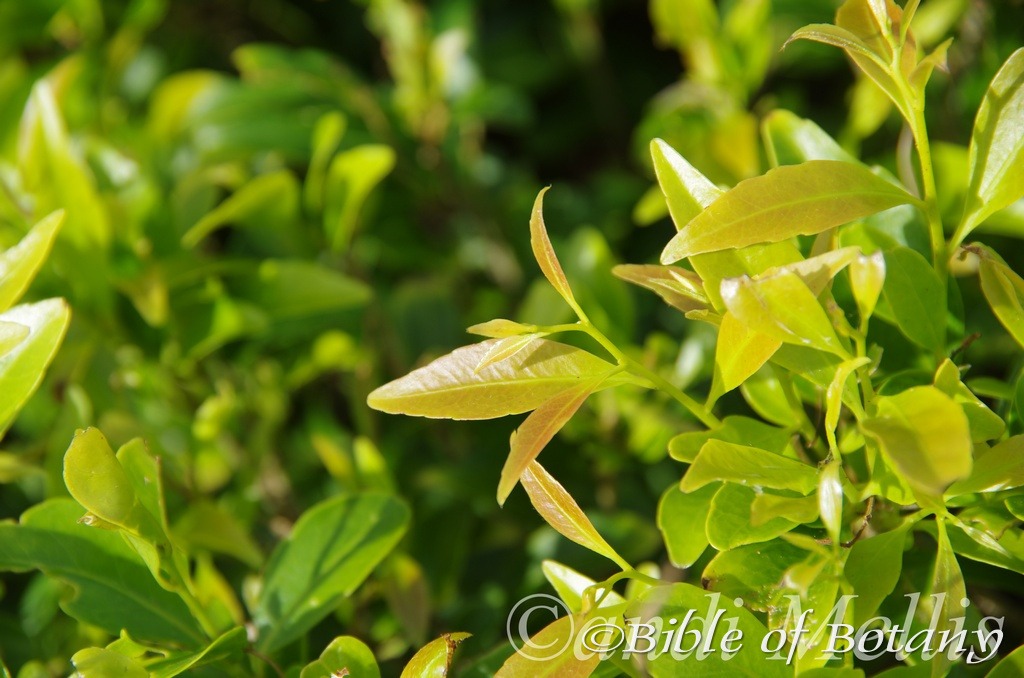
Myrsine variabilis North Yuraygir National Park NSW
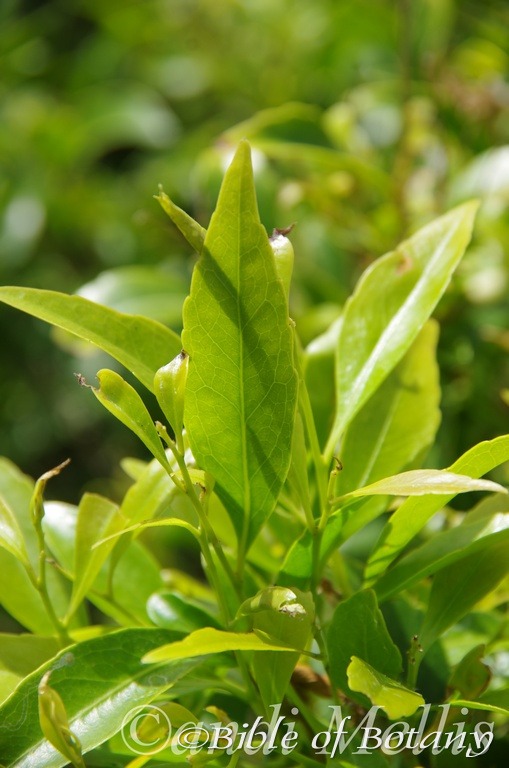
Myrsine variabilis North Yuraygir National Park NSW
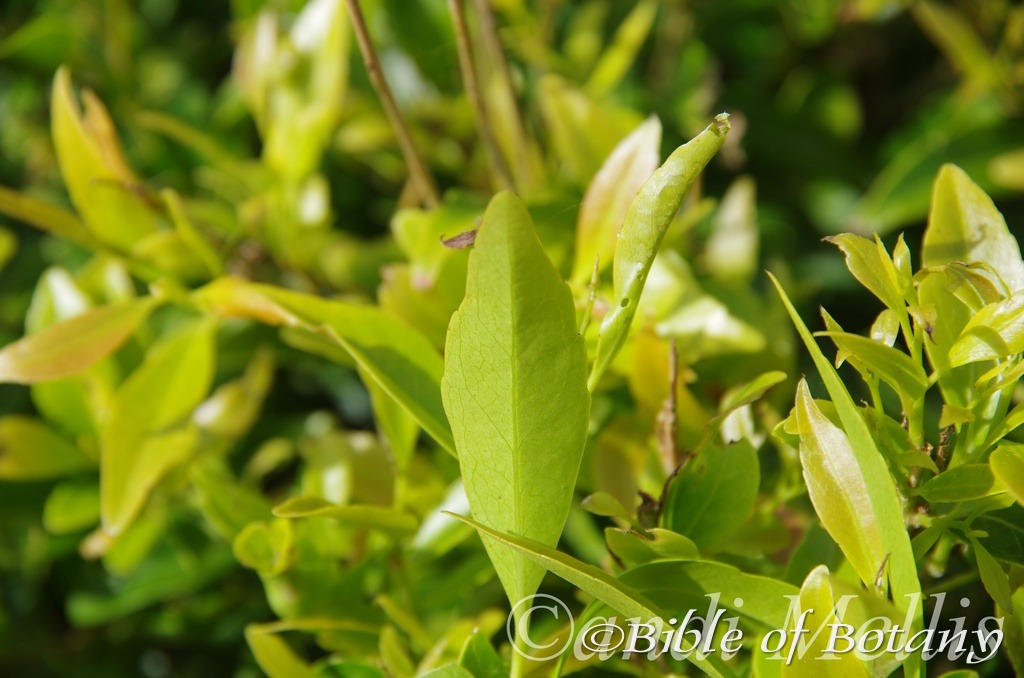
Myrsine variabilis North Yuraygir National Park NSW
Melichrus urceolatus leaves and some flowers have been replaced with better photos.
Myrsine variabilis is just that; extremely variable, in habitat and leaf formation. The photos on the web now depict a seaside environment along with a dry rainforest.
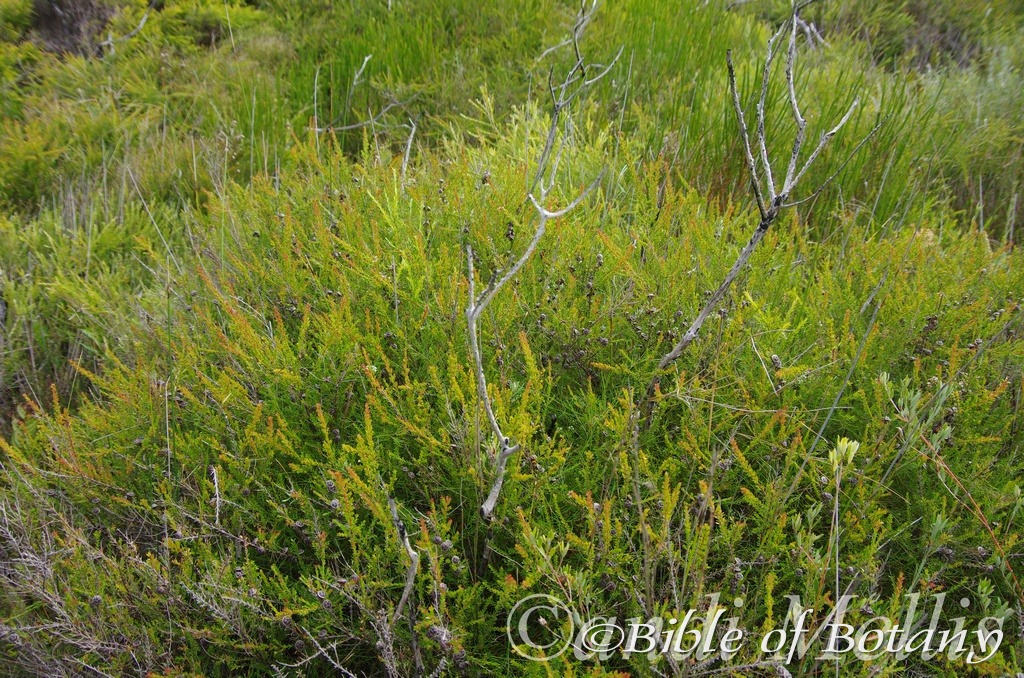
Leptospermum liversidgei North Yuraygir National Park NSW
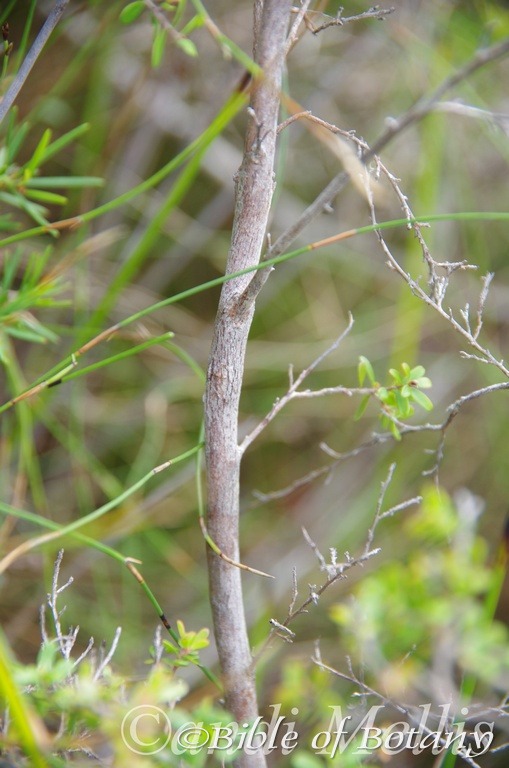
Leptospermum liversidgei North Yuraygir National Park NSW
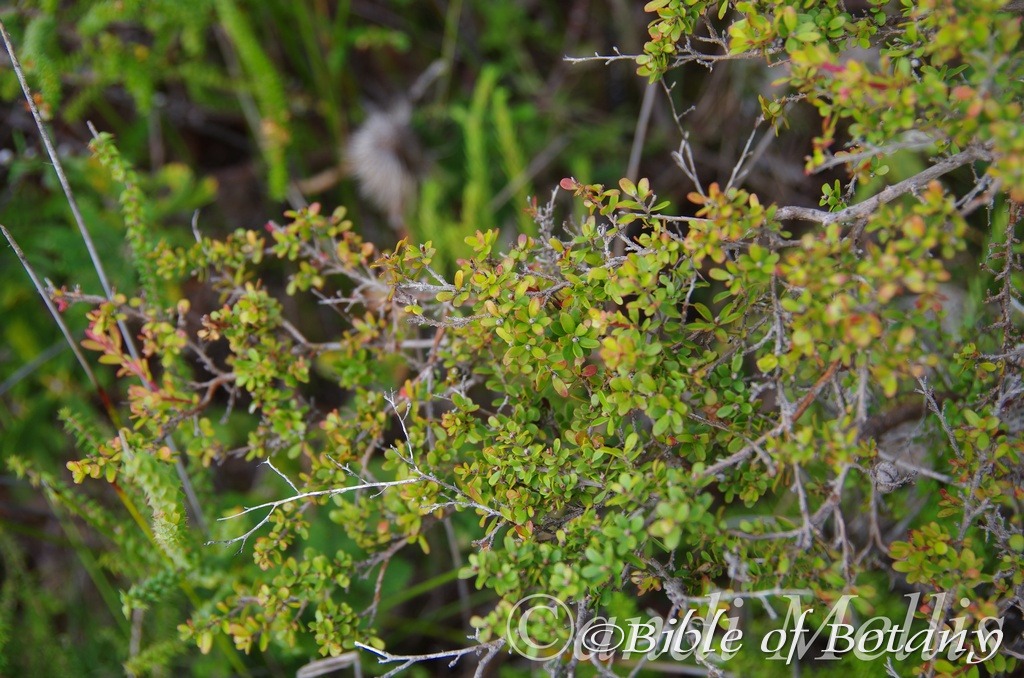
Leptospermum liversidgei North Yuraygir National Park NSW
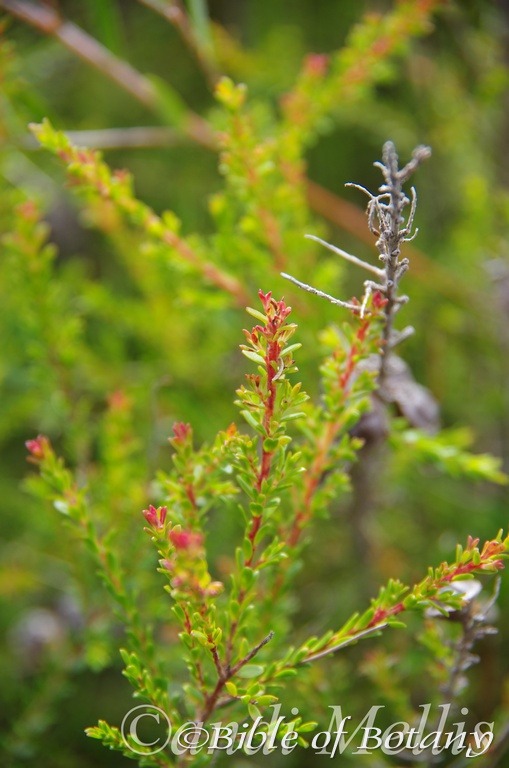
Leptospermum liversidgei North Yuraygir National Park NSW
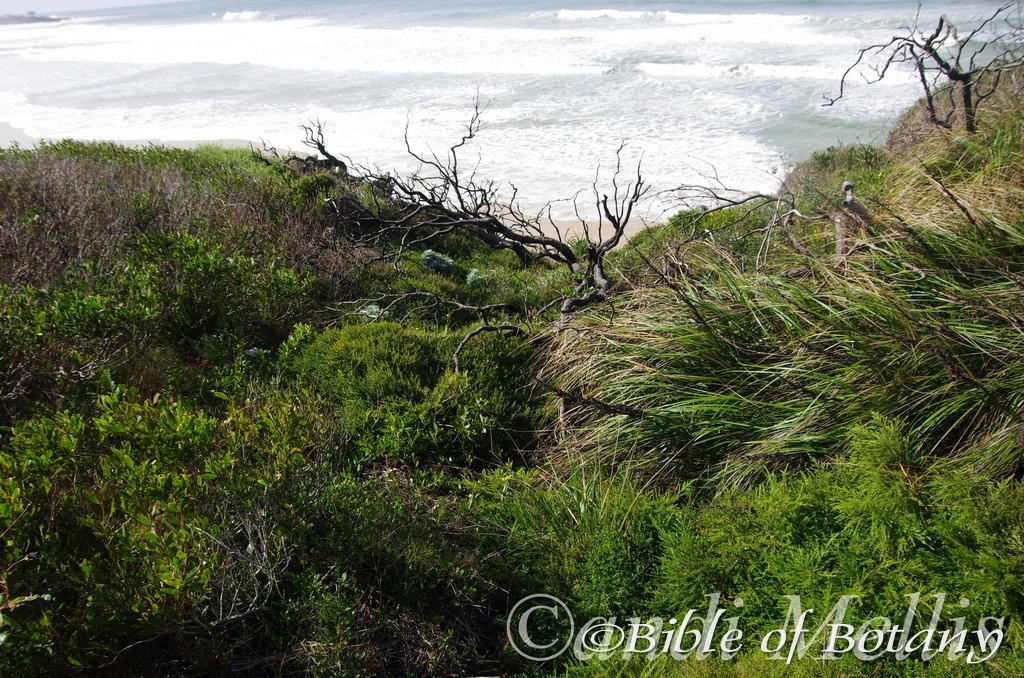
Lobelia anceps North Yuraygir National Park NSW
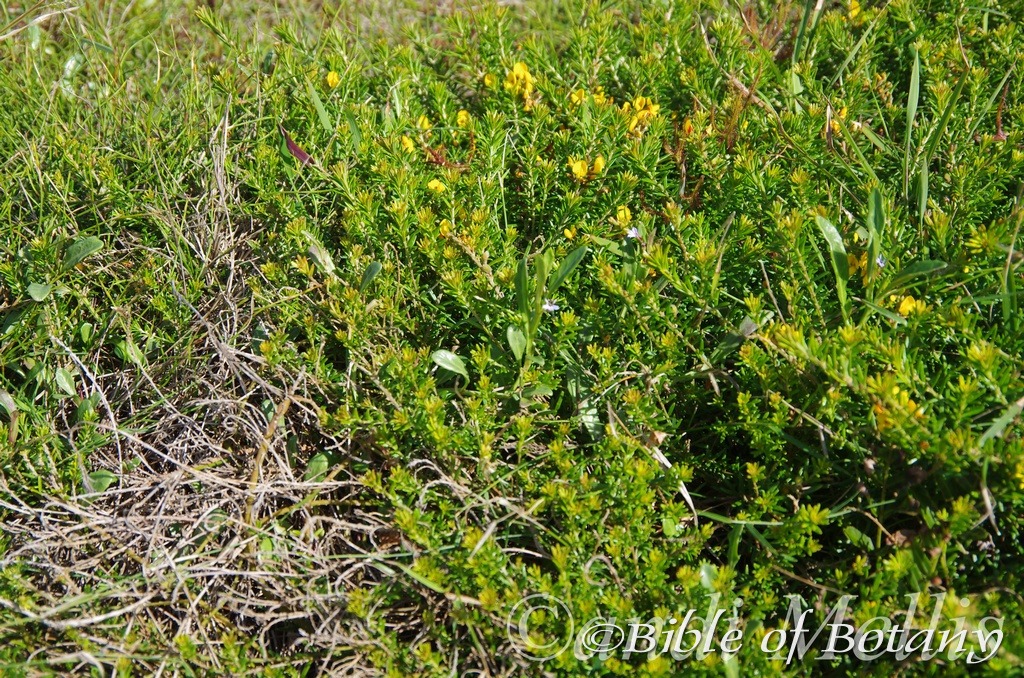
Lobelia anceps North Yuraygir National Park NSW
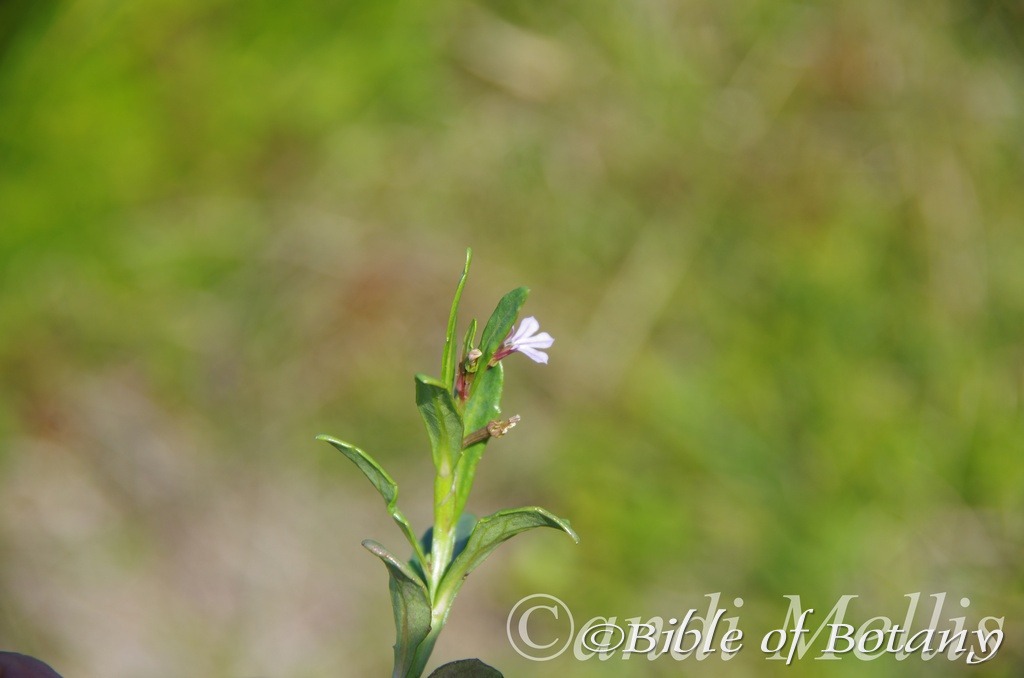
Lobelia anceps North Yuraygir National Park NSW
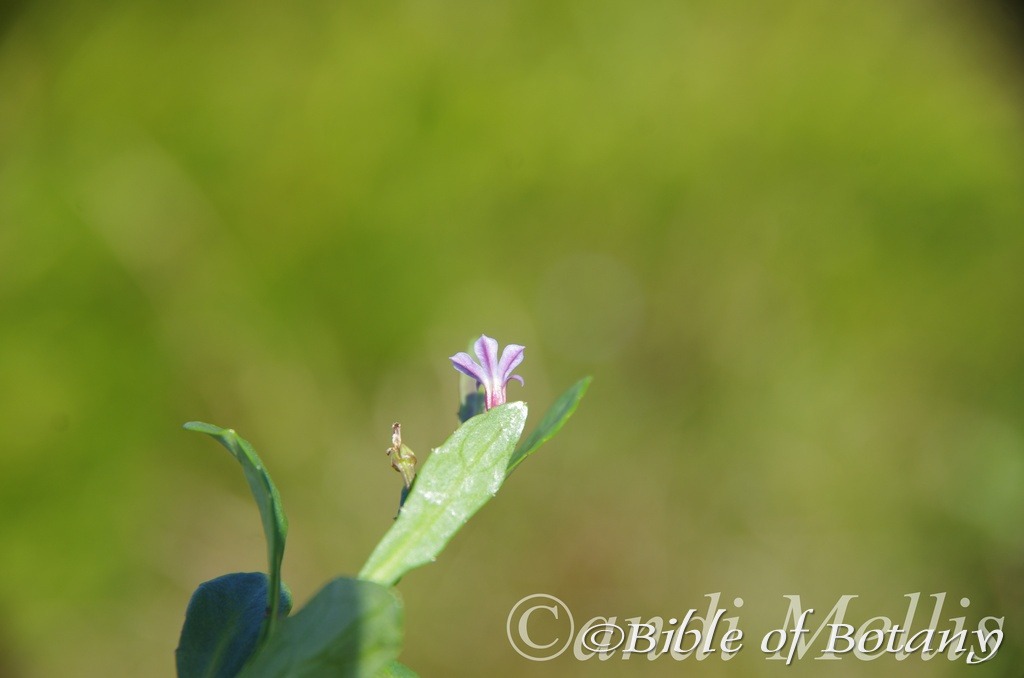
Lobelia anceps North Yuraygir National Park NSW
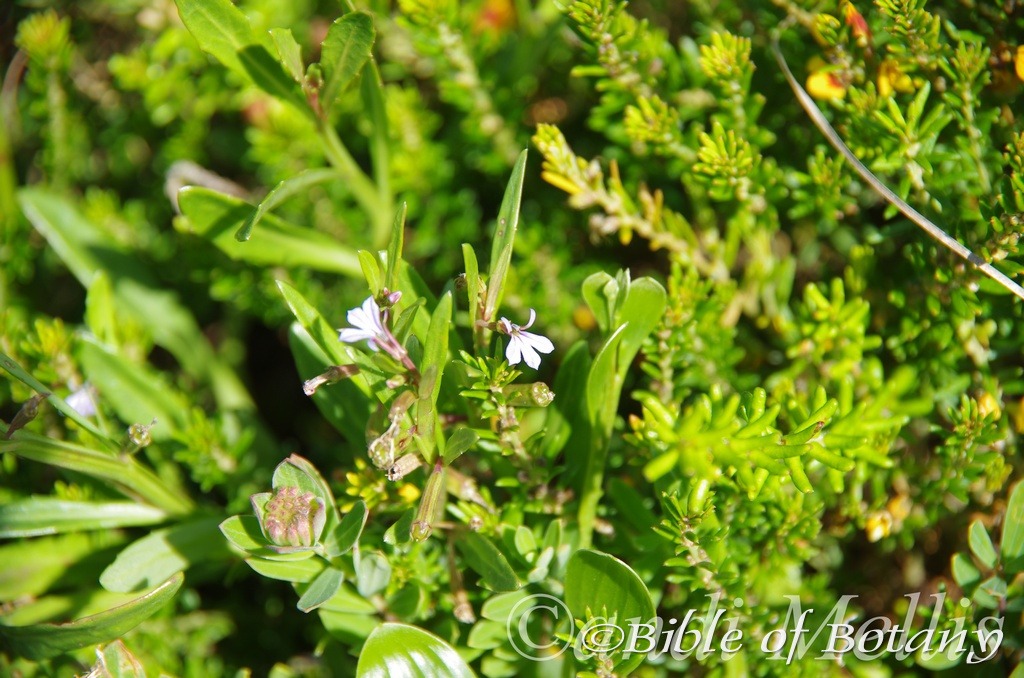
Lobelia anceps North Yuraygir National Park NSW
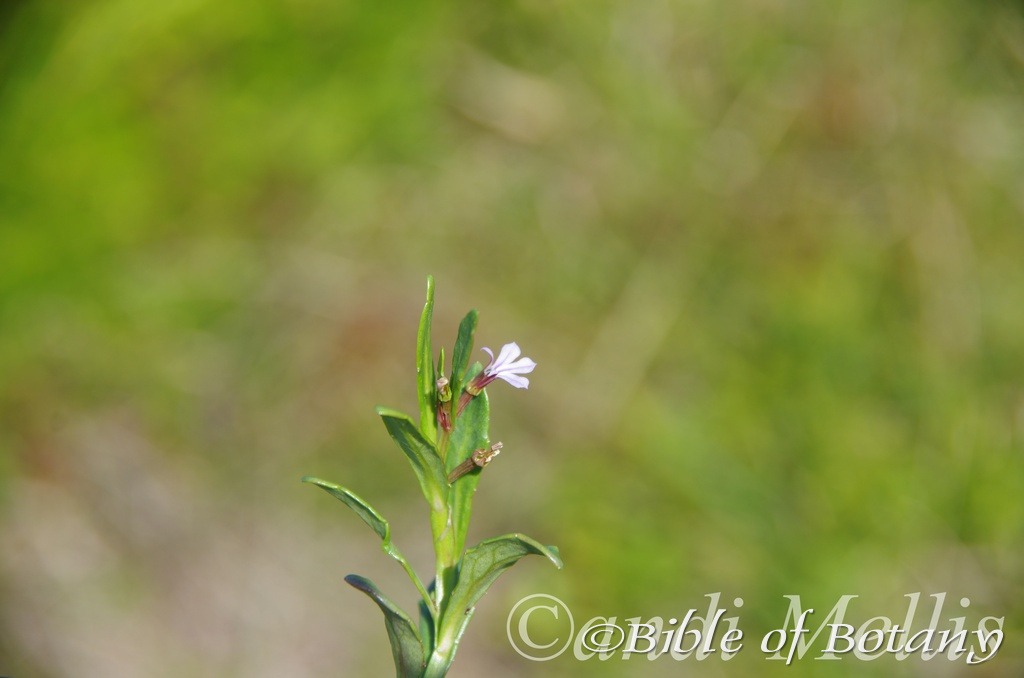
Lobelia anceps North Yuraygir National Park NSW
Another coastal tea tree found in North Yuraygir National Park NSW is Leptospermum liversidgei. A lovely small perennial, which flowers most of the year, accepts salt laden winds and takes full sun is Lobelia anceps .
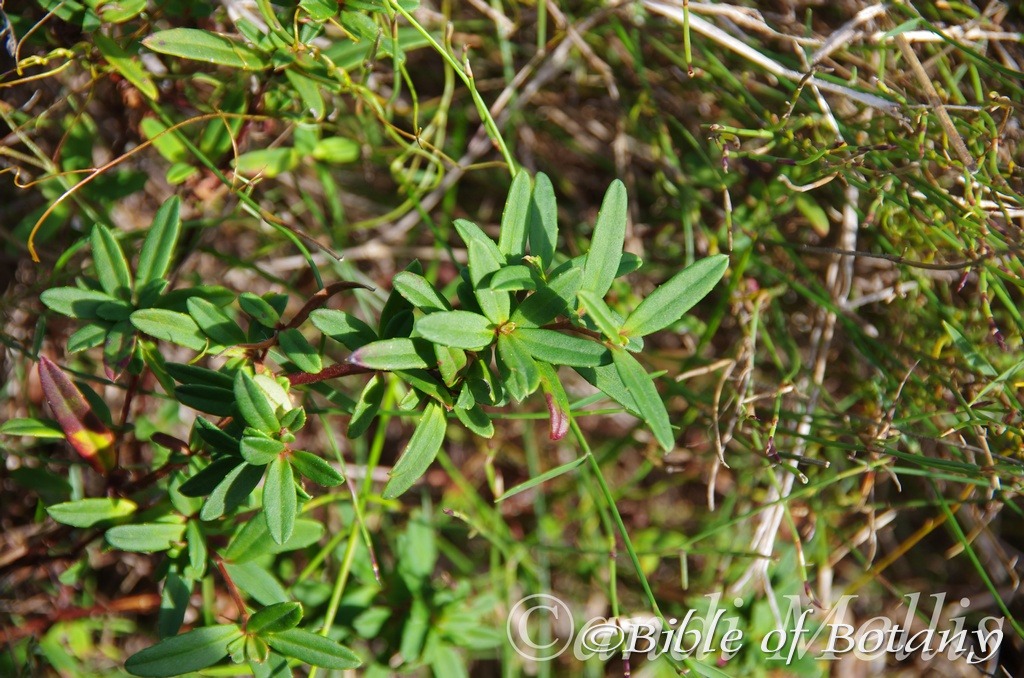
Hibbertia salicifolia North Yuraygir National Park NSW
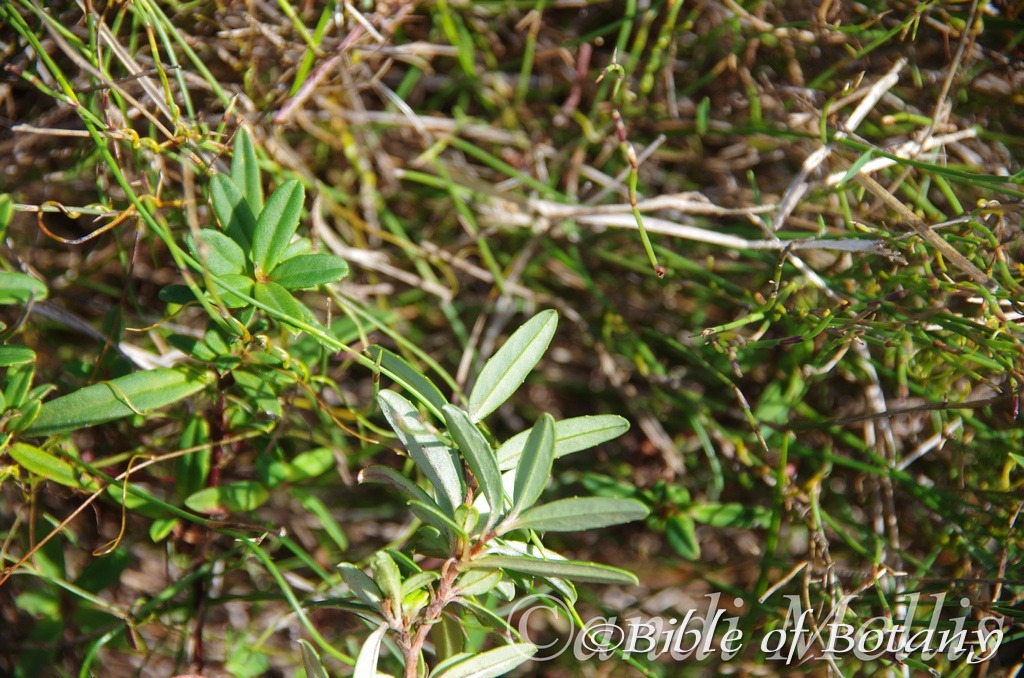
Hibbertia salicifolia North Yuraygir National Park NSW
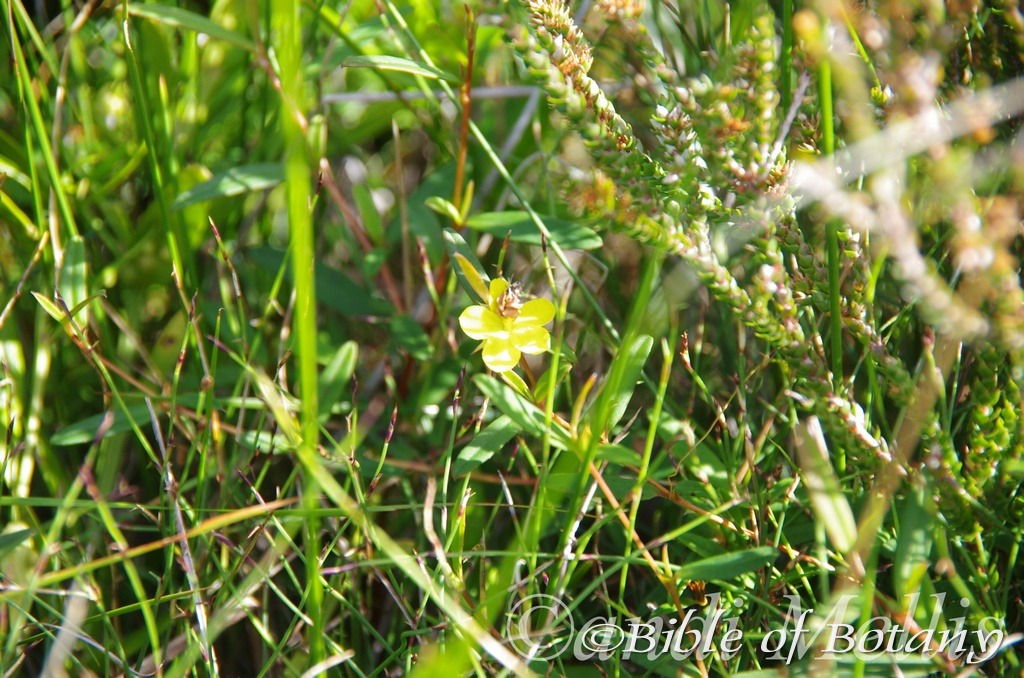
Hibbertia salicifolia North Yuraygir National Park NSW
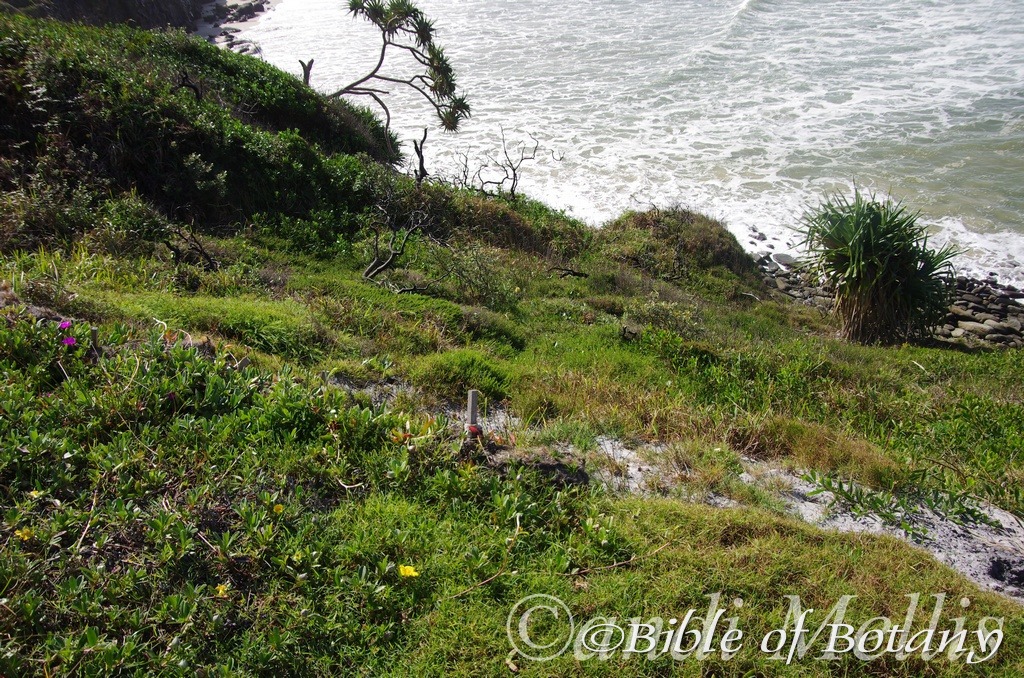
Hibbertia scandens North Yuraygir National Park NSW
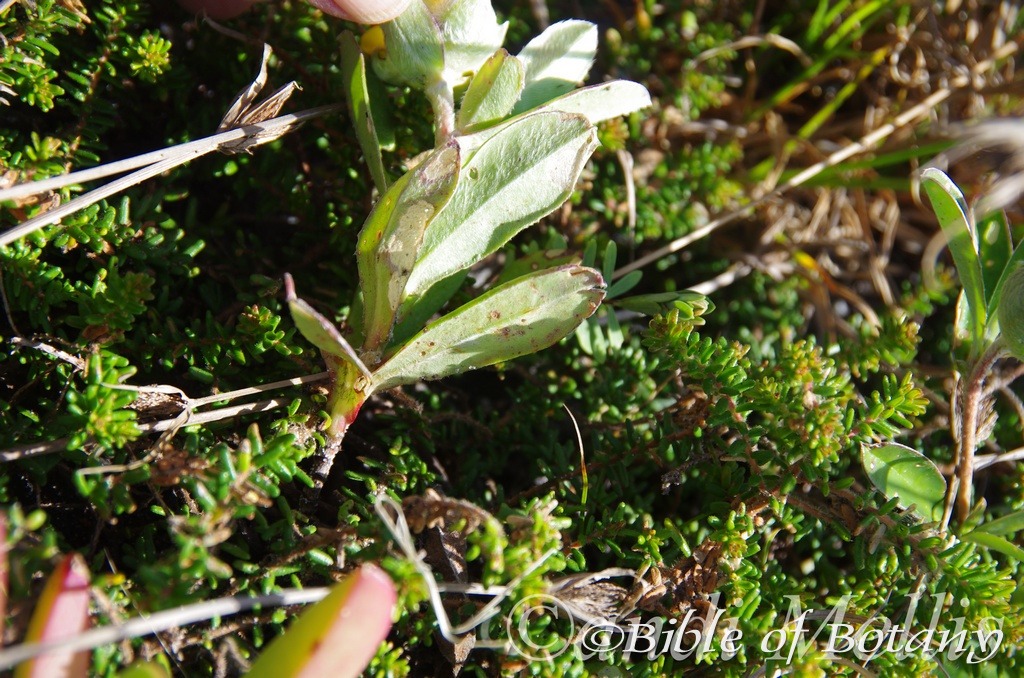
Hibbertia scandens North Yuraygir National Park NSW
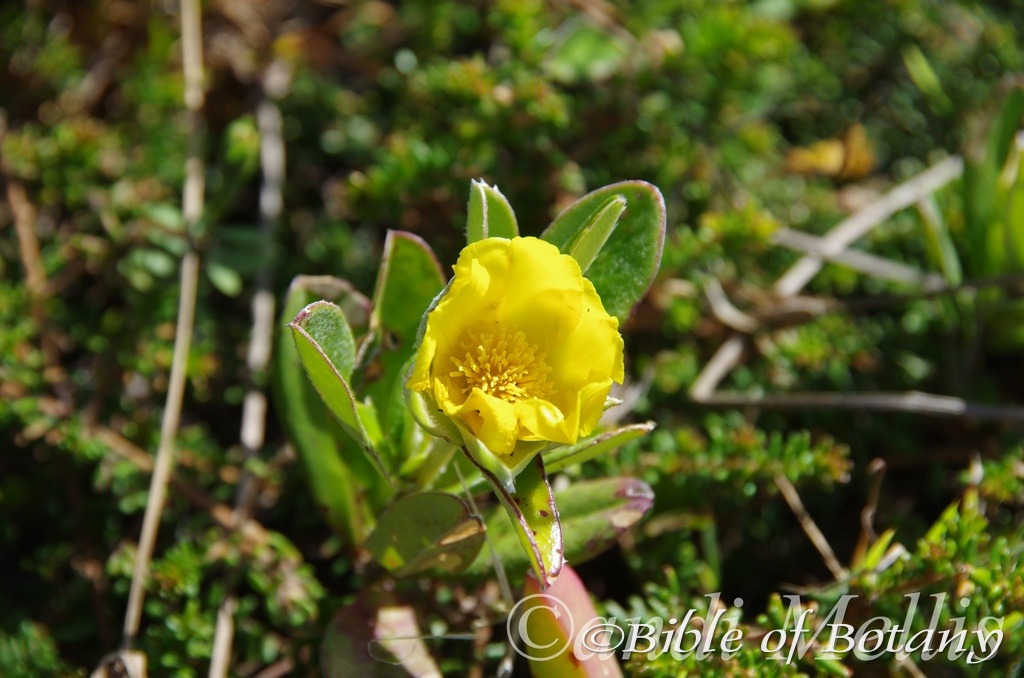
Hibbertia scandens North Yuraygir National Park NSW
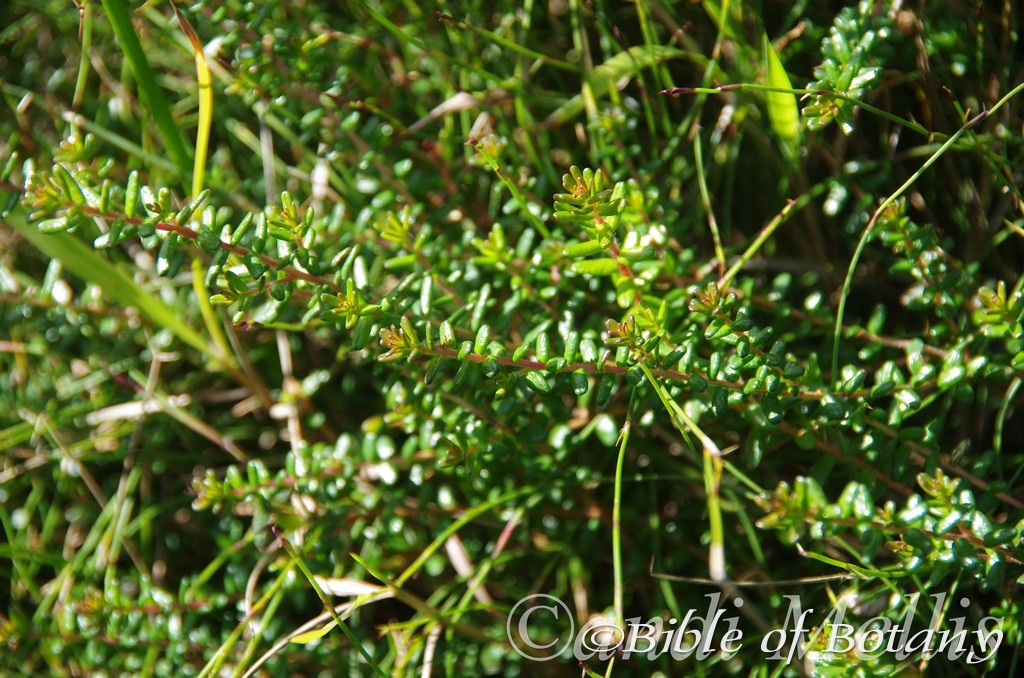
Hibbertia vestita North Yuraygir National Park NSW
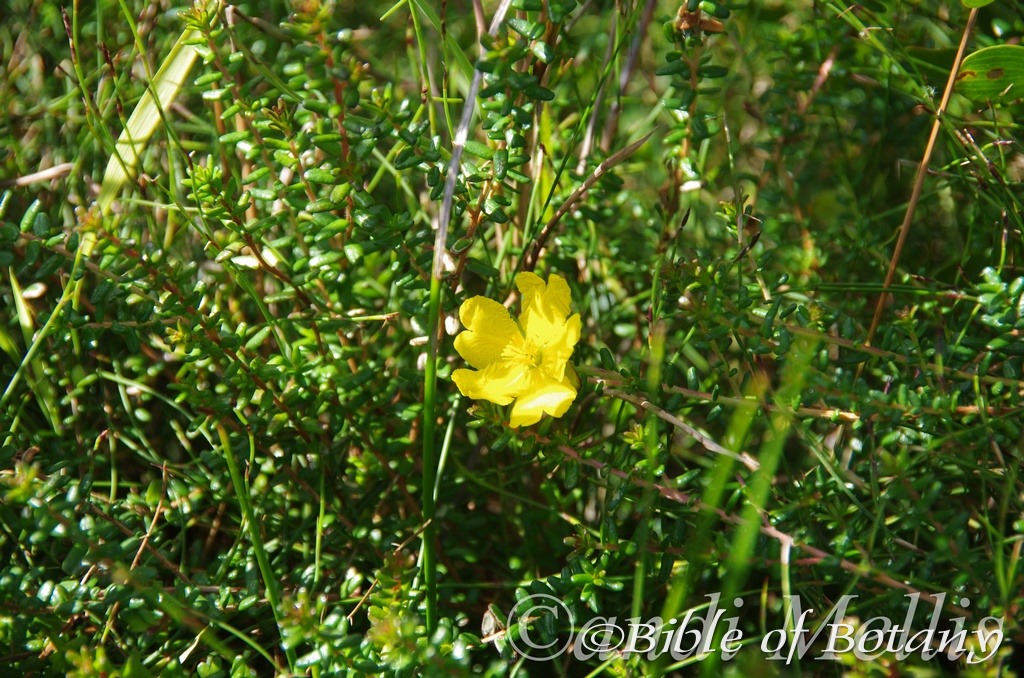
Hibbertia vestita North Yuraygir National Park NSW
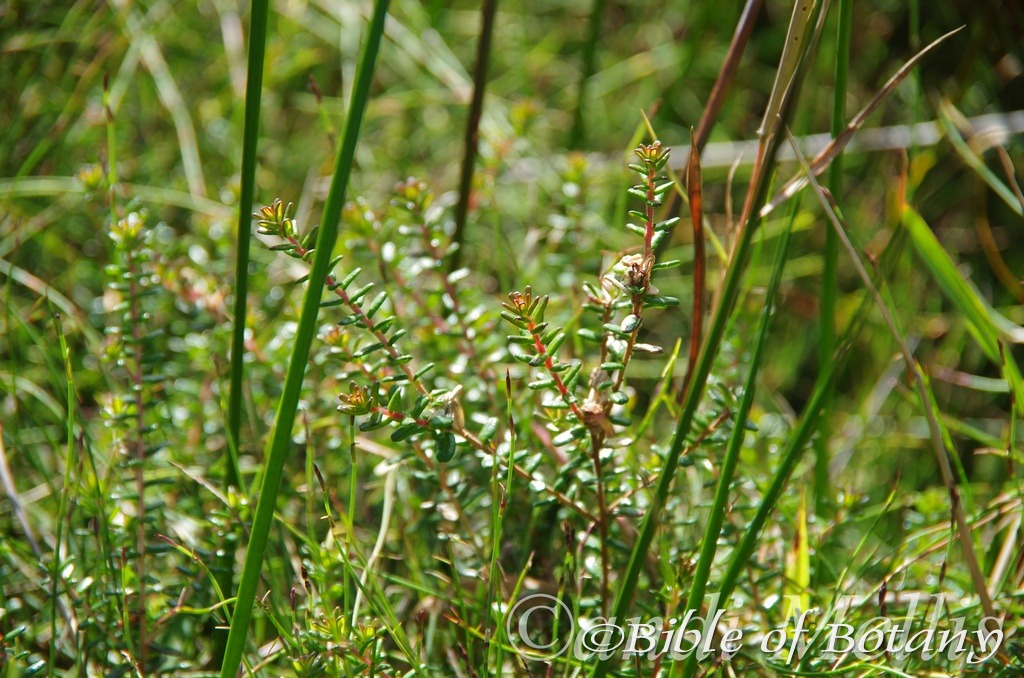
Hibbertia vestita North Yuraygir National Park NSW
It was a day for Hibbertia species as four old favourites and one new species for me were located. Wish I had taken more photos of the flowers on Hibbertia salicifolia as this one is not the best. The Hibbertia scandens along the frontal ridge had leaves, which were densely covered in short white villose hairs. The Hibbertia vestita was the third species to be photographed in flower on that walk.
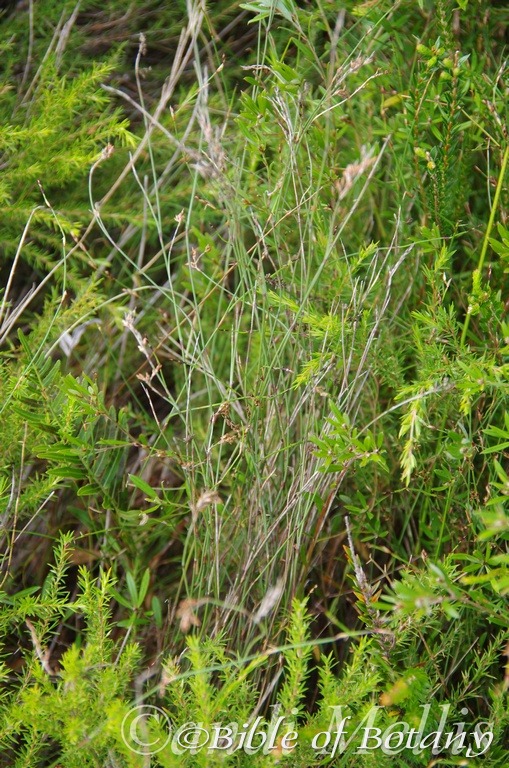
Empodisma minus North Yuraygir National Park NSW
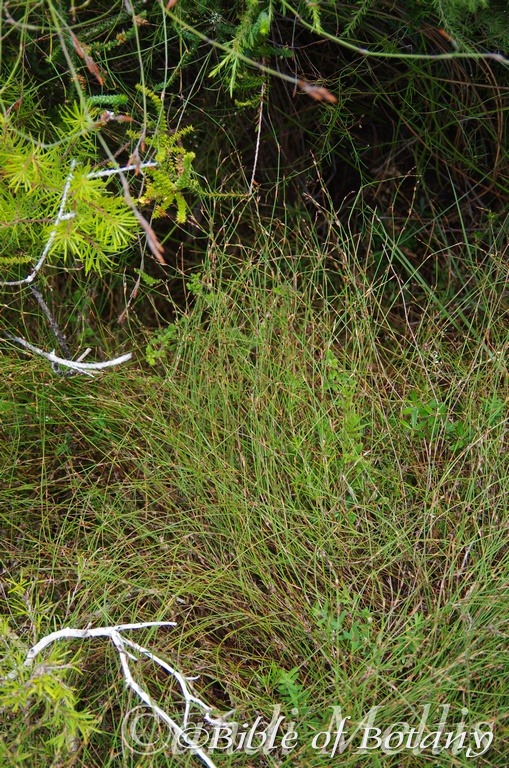
Empodisma minus North Yuraygir National Park NSW
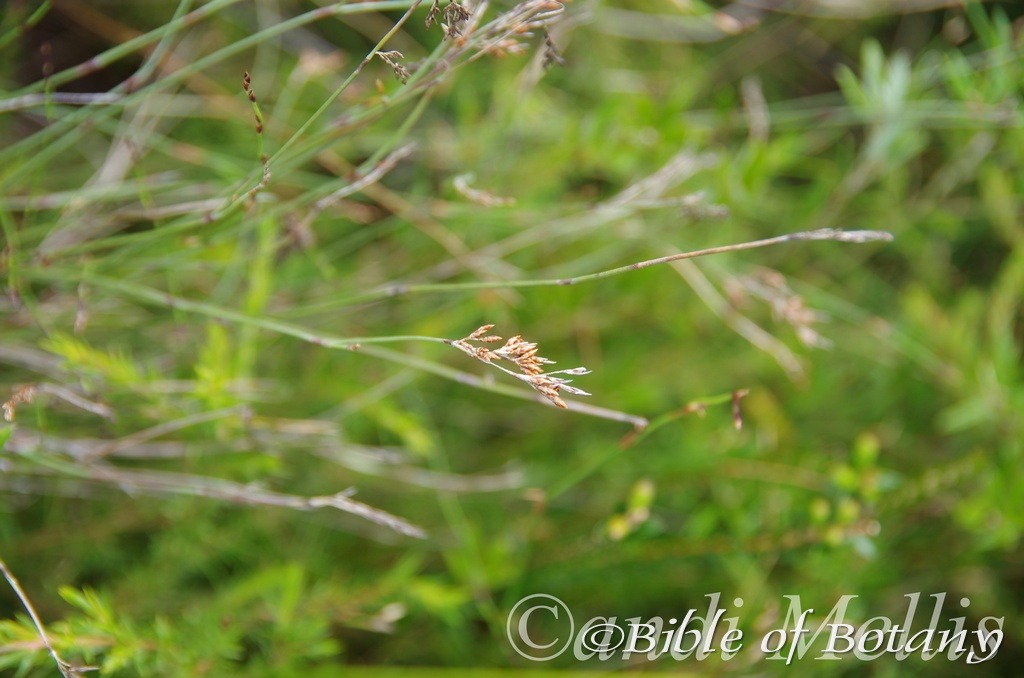
Empodisma minus North Yuraygir National Park NSW
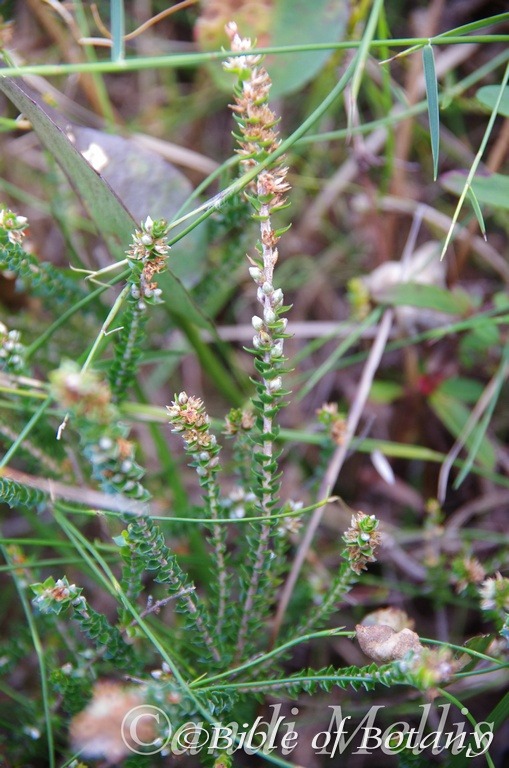
Epacris microphylla North Yuraygir National Park NSW
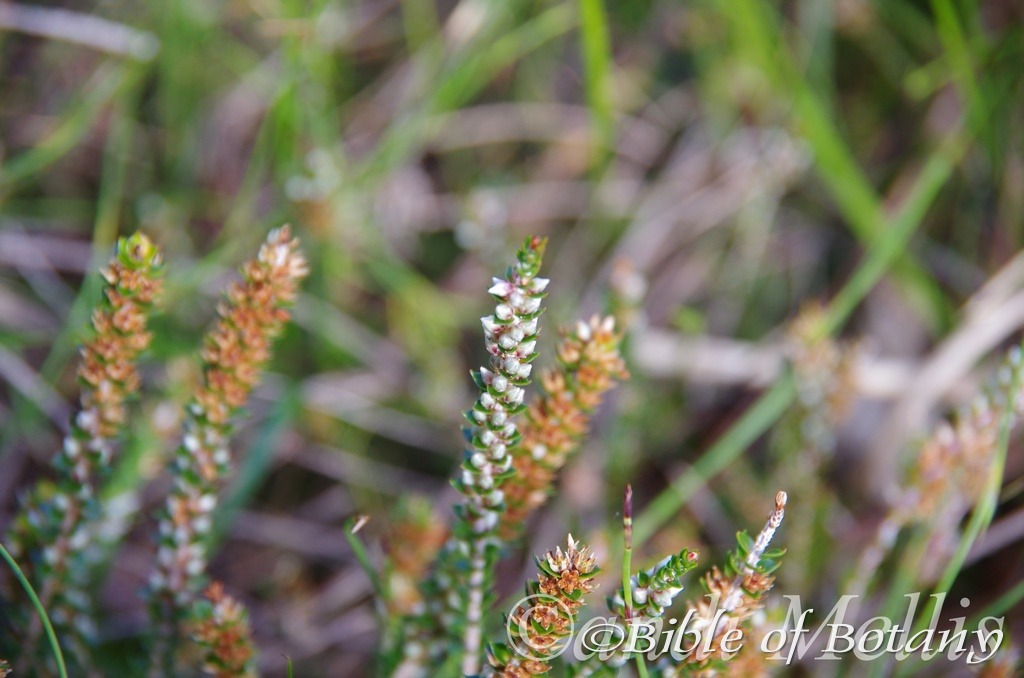
Epacris microphylla North Yuraygir National Park NSW
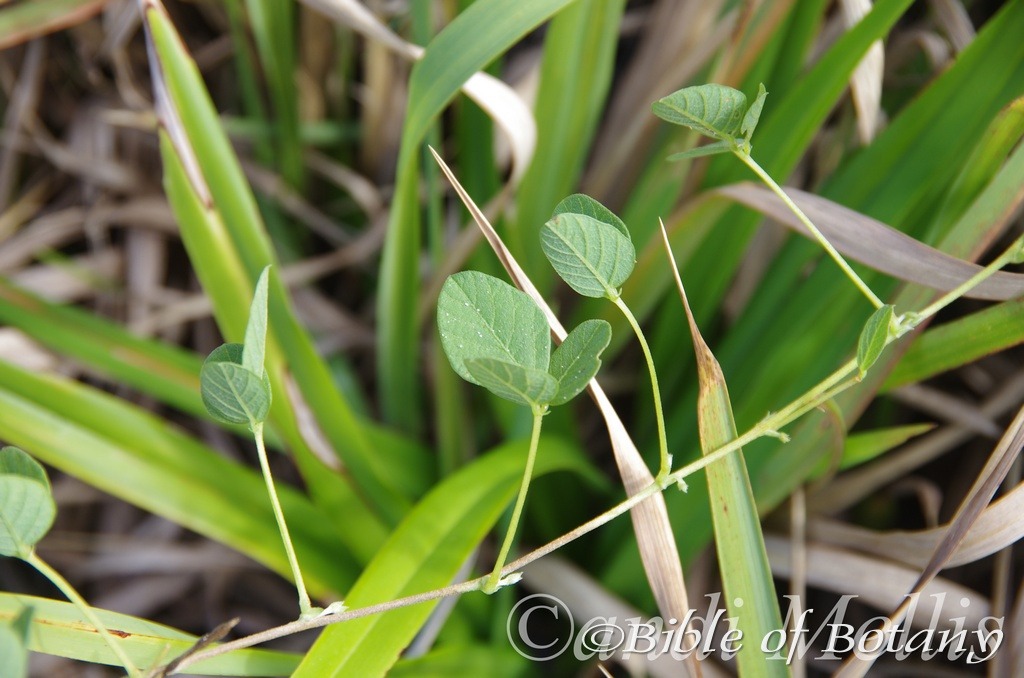
Glycine latifolia North Yuraygir National Park NSW
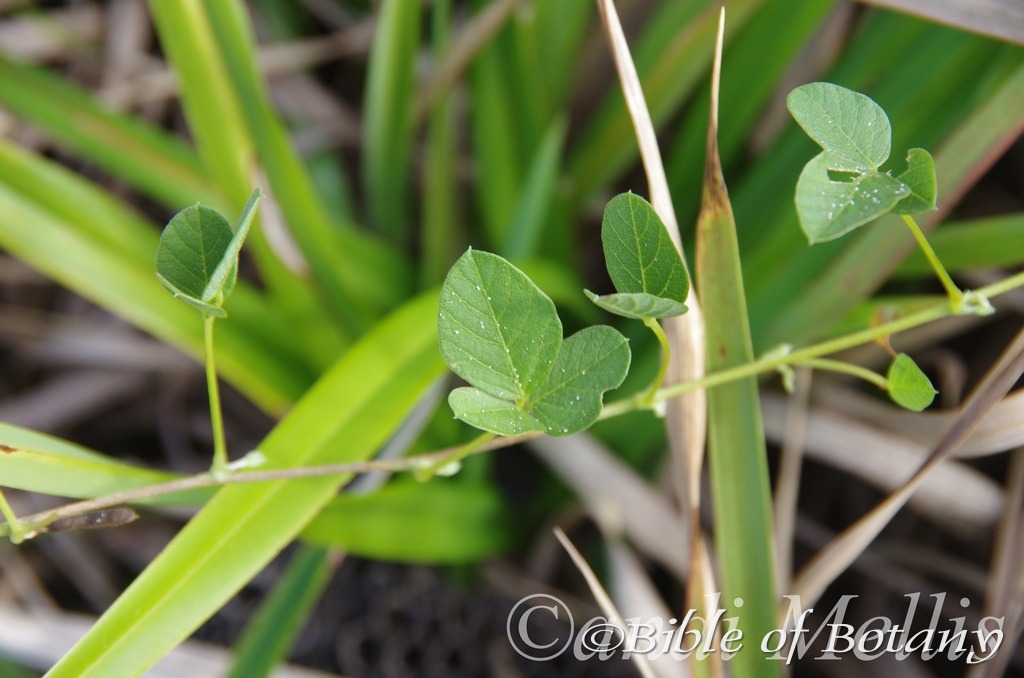
Glycine latifolia North Yuraygir National Park NSW
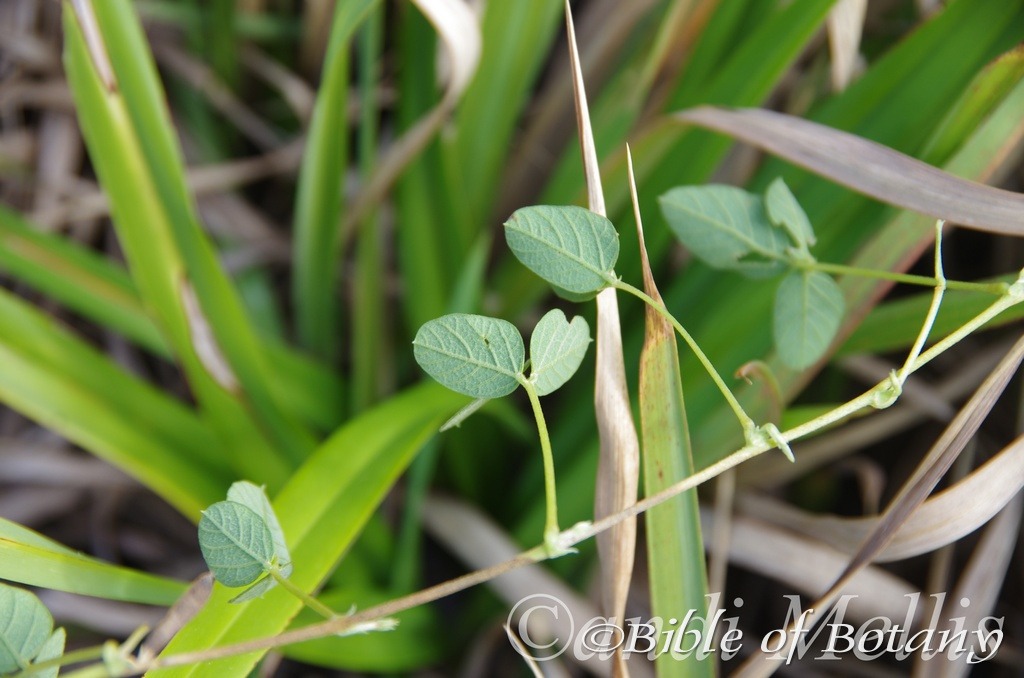
Glycine latifolia North Yuraygir National Park NSW
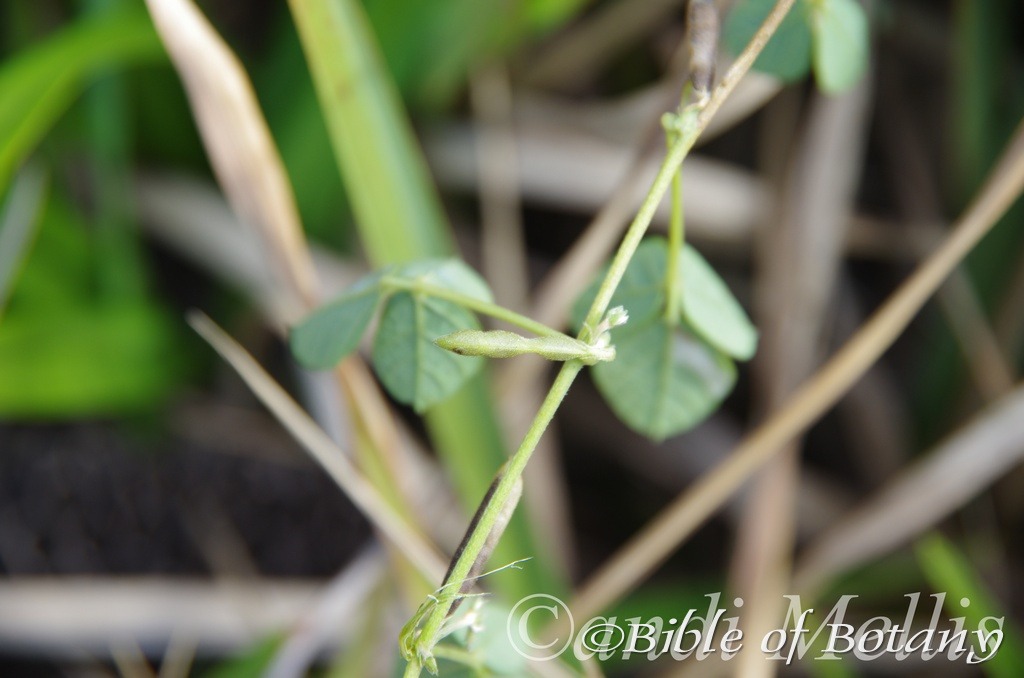
Glycine latifolia North Yuraygir National Park NSW
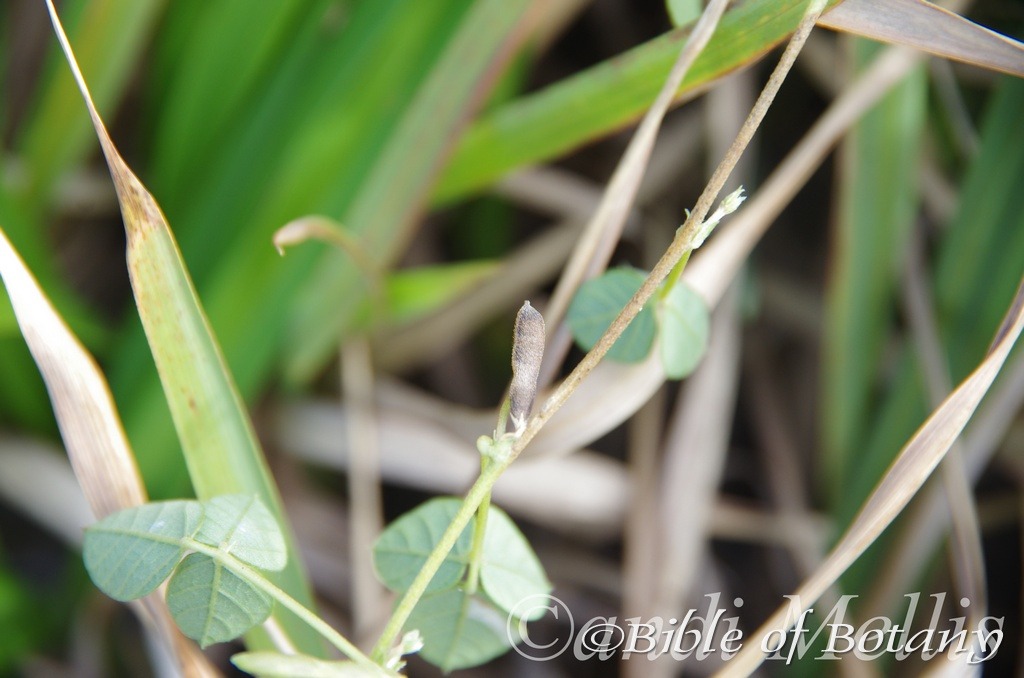
Glycine latifolia North Yuraygir National Park NSW
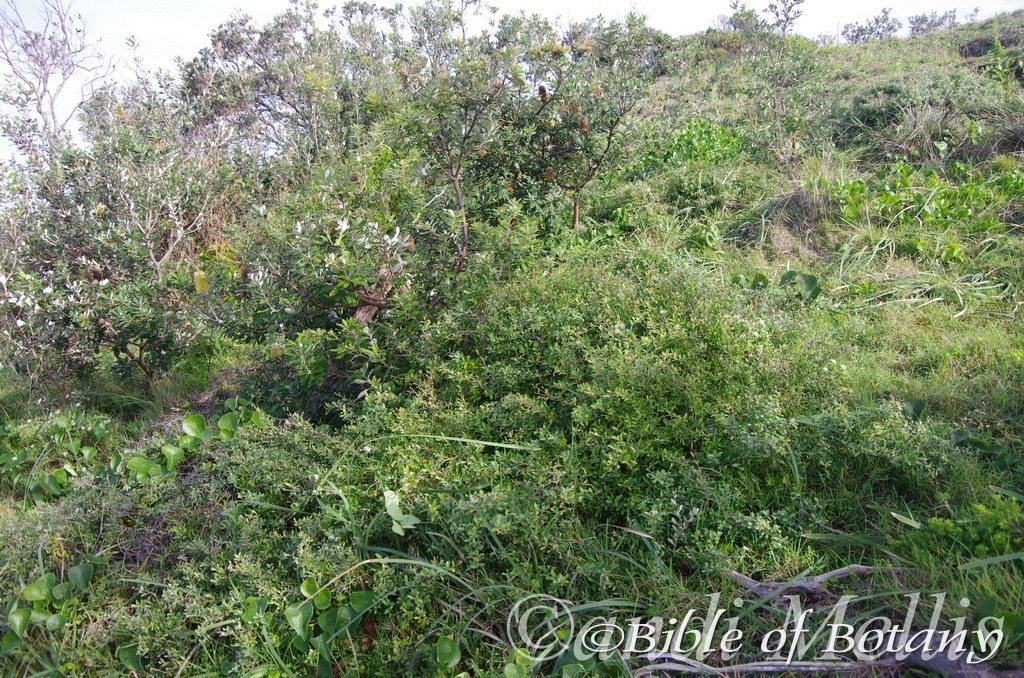
Grevillea humilis North Yuraygir National Park NSW
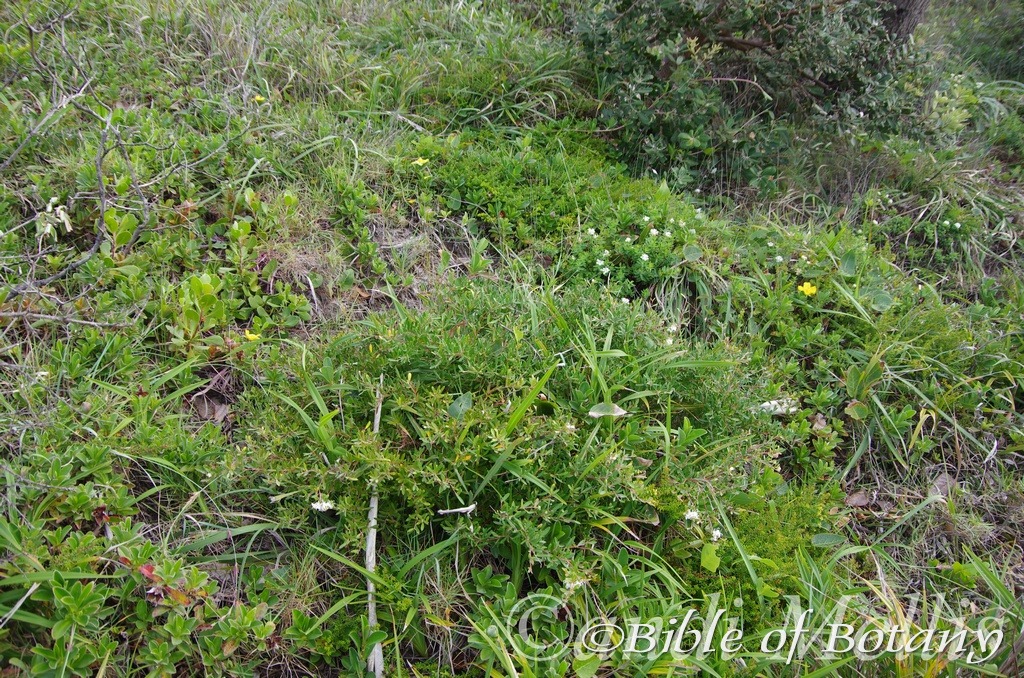
Grevillea humilis North Yuraygir National Park NSW
One of the many marsh reeds and grasses found is Empodisma minus.
Epacris microphylla is rather common in the heathsand look spectacular when in flower either from afar or at close quarters. This time the first flowering had finished and the secondary flowering it was a little early as the buds had not opened.
One of the small twining plants is Glycine latifolia but unfortunately it had already flowered.
Grevillea humilis however was in flower and the plants looked very healthy growing on poor accumulated beach sands and exposed to saline winds .
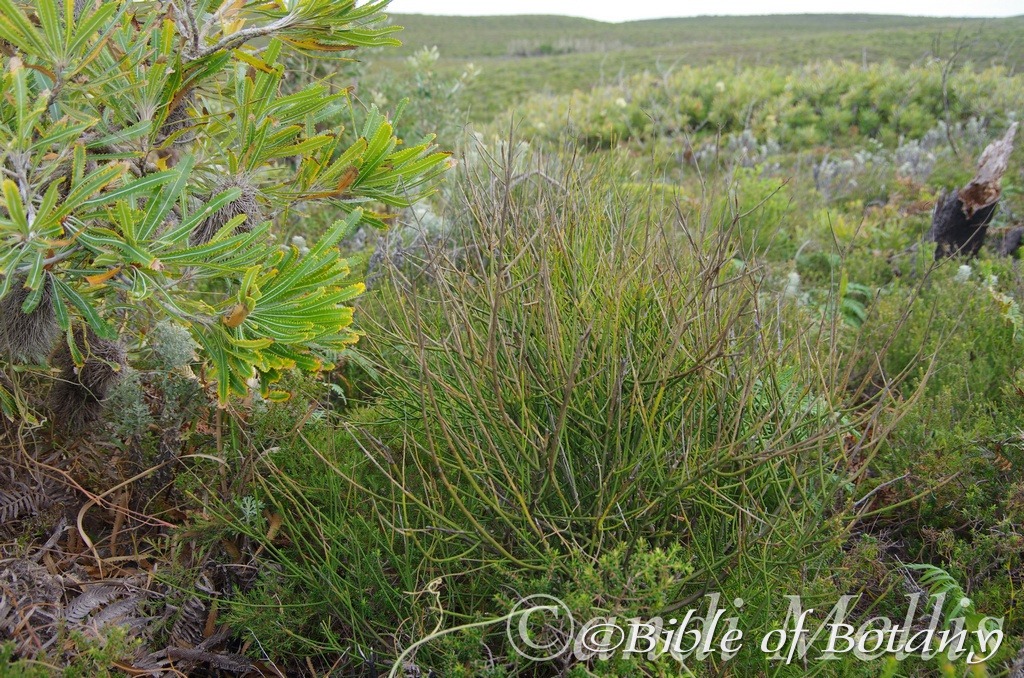
Choretrum candollei Yuraygir National Park NSW
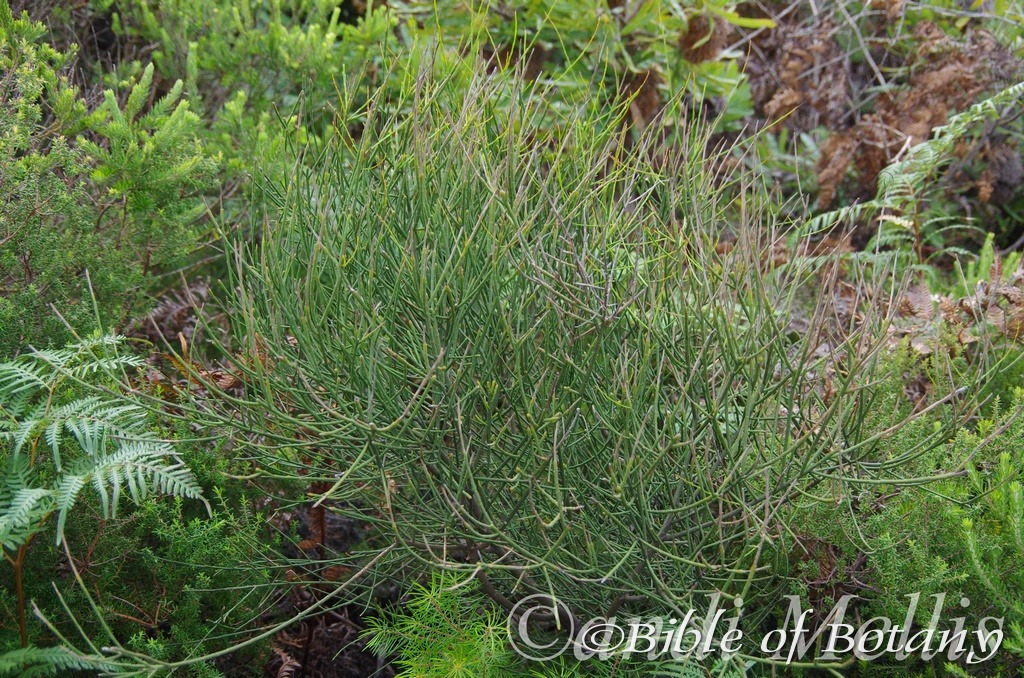
Choretrum candollei Yuraygir National Park NSW
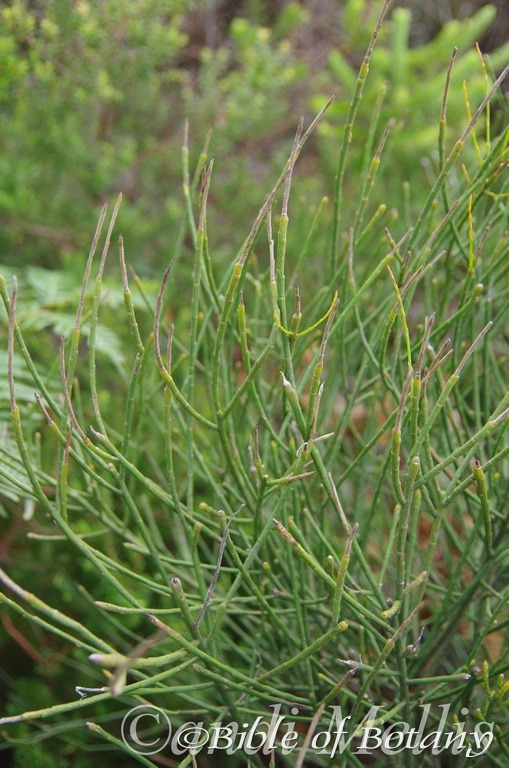
Choretrum candollei Yuraygir National Park NSW
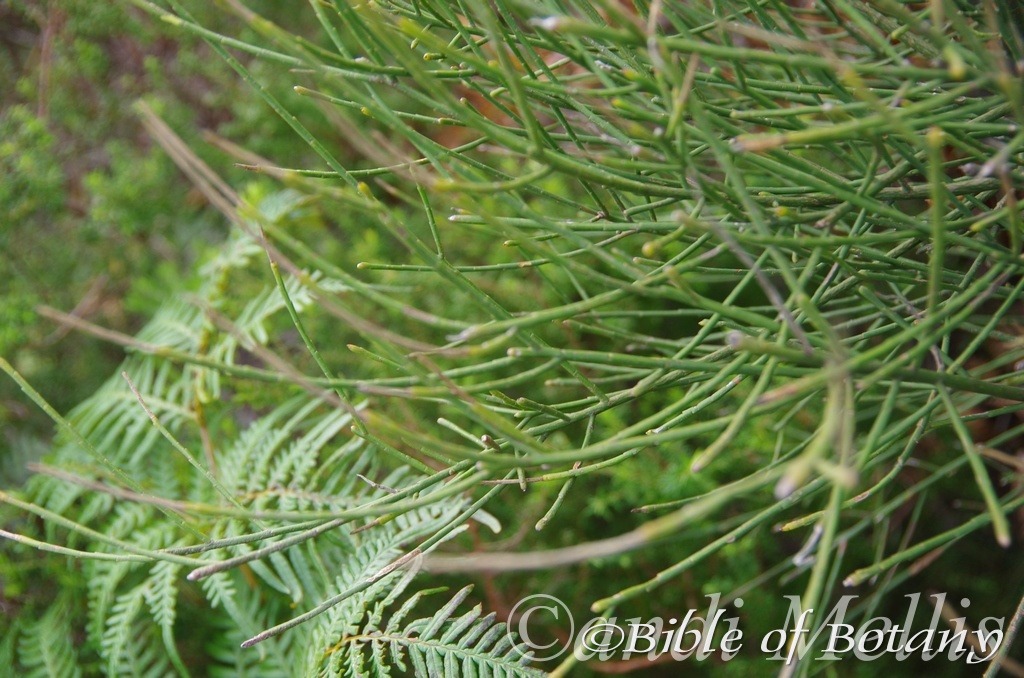
Choretrum candollei Yuraygir National Park NSW
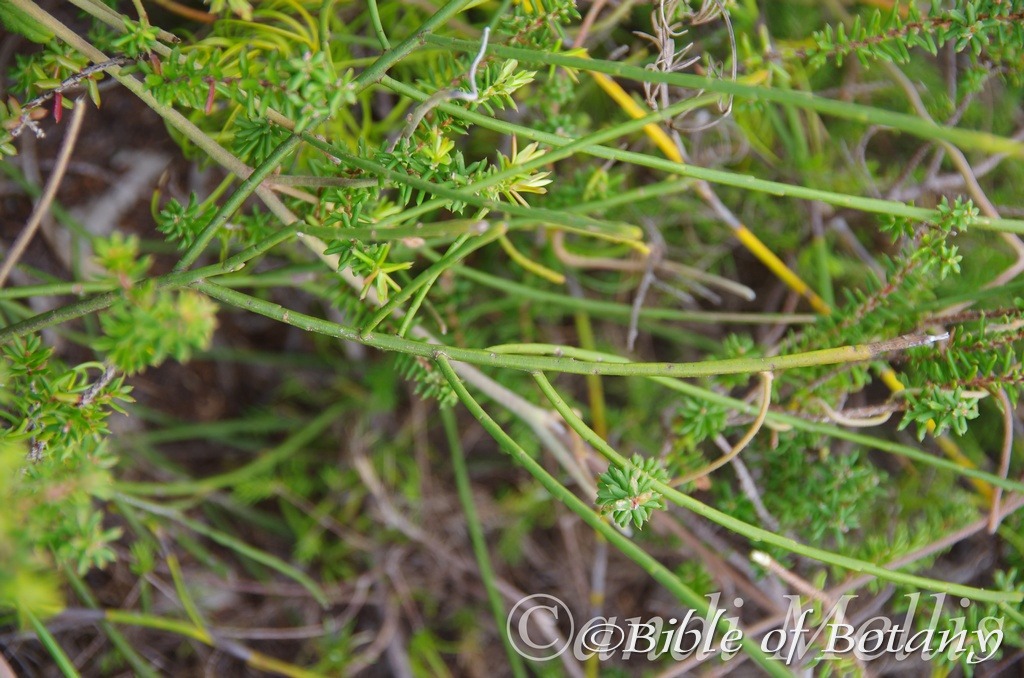
Choretrum candollei Yuraygir National Park NSW
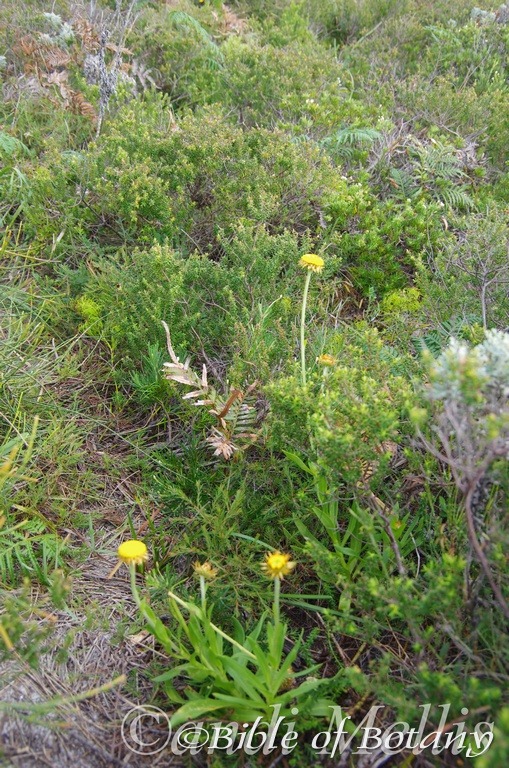
Coronidium oxylepis Yuraygir National Park NSW
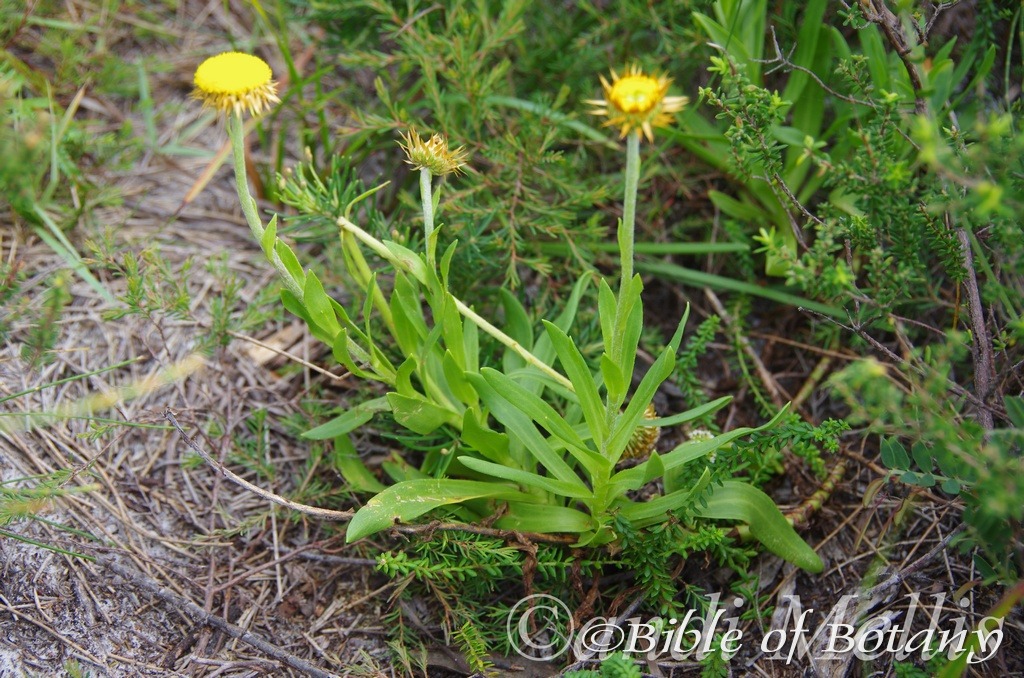
Coronidium oxylepis Yuraygir National Park NSW
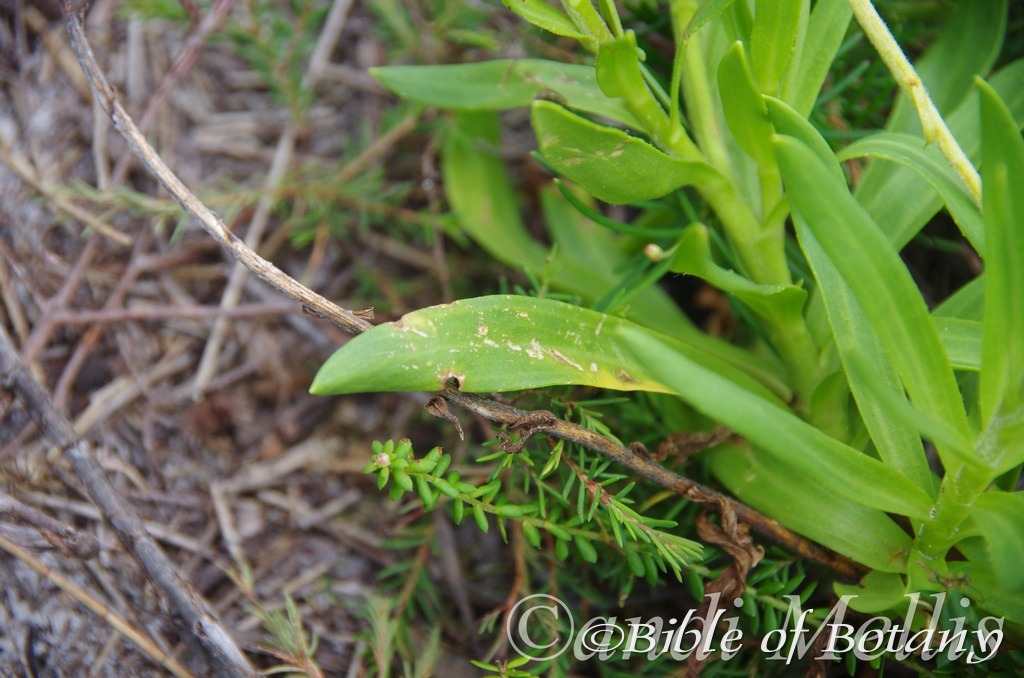
Coronidium oxylepis Yuraygir National Park NSW
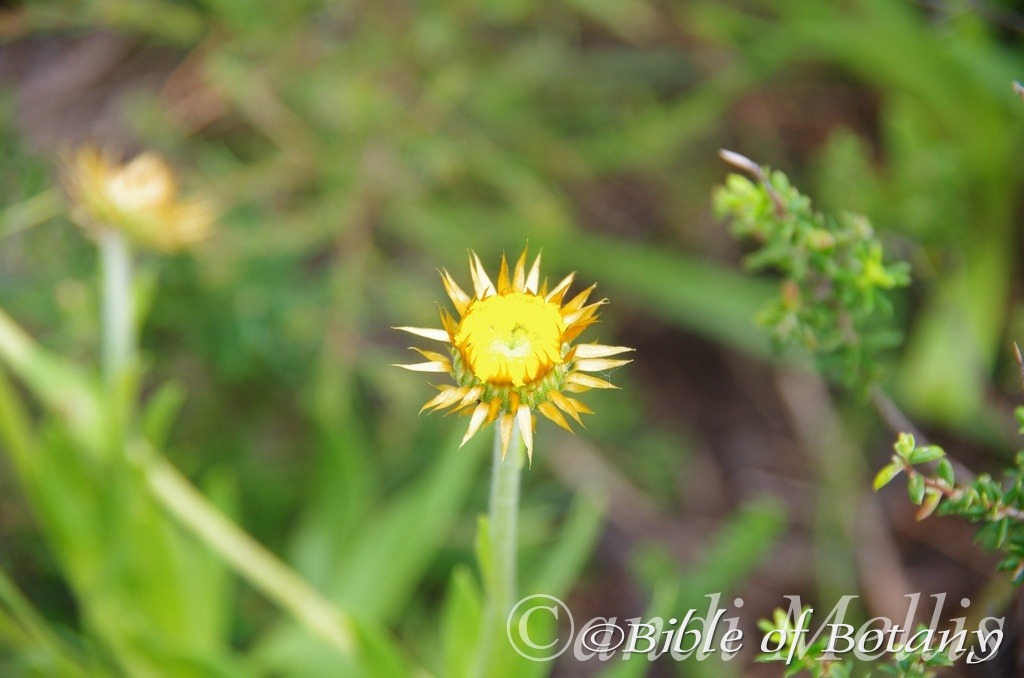
Coronidium oxylepis Yuraygir National Park NSW
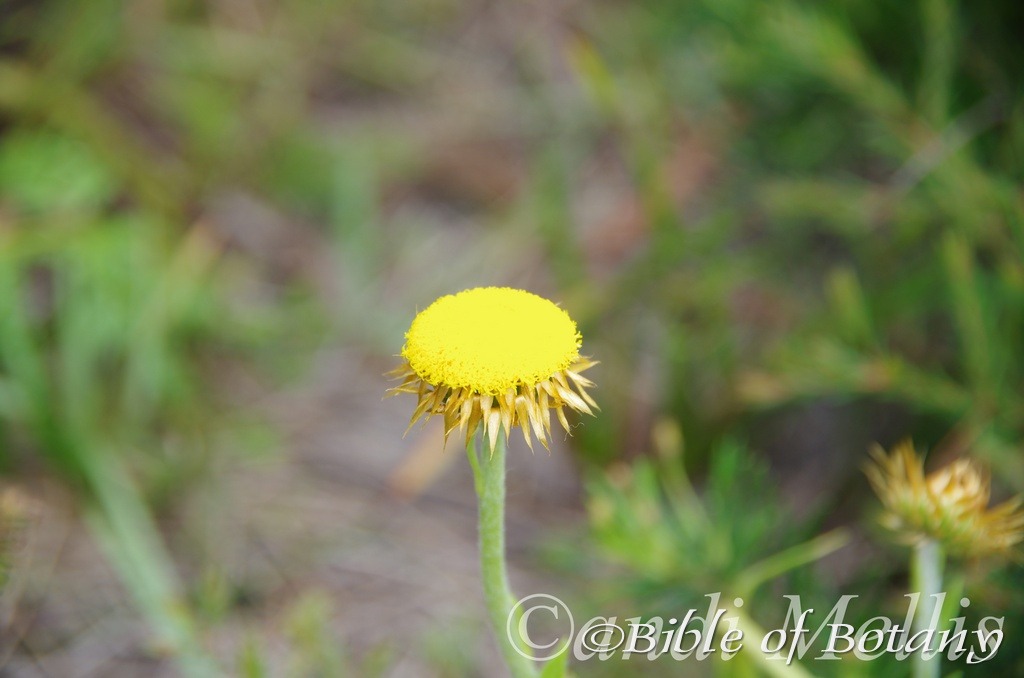
Coronidium oxylepis Yuraygir National Park NSW
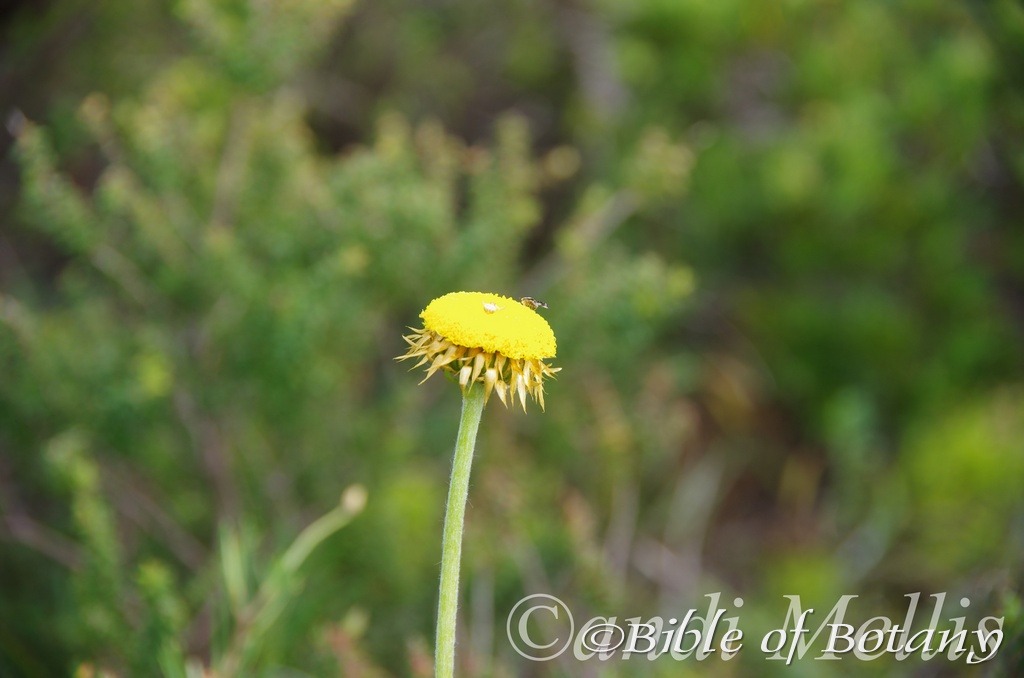
Coronidium oxylepis Yuraygir National Park
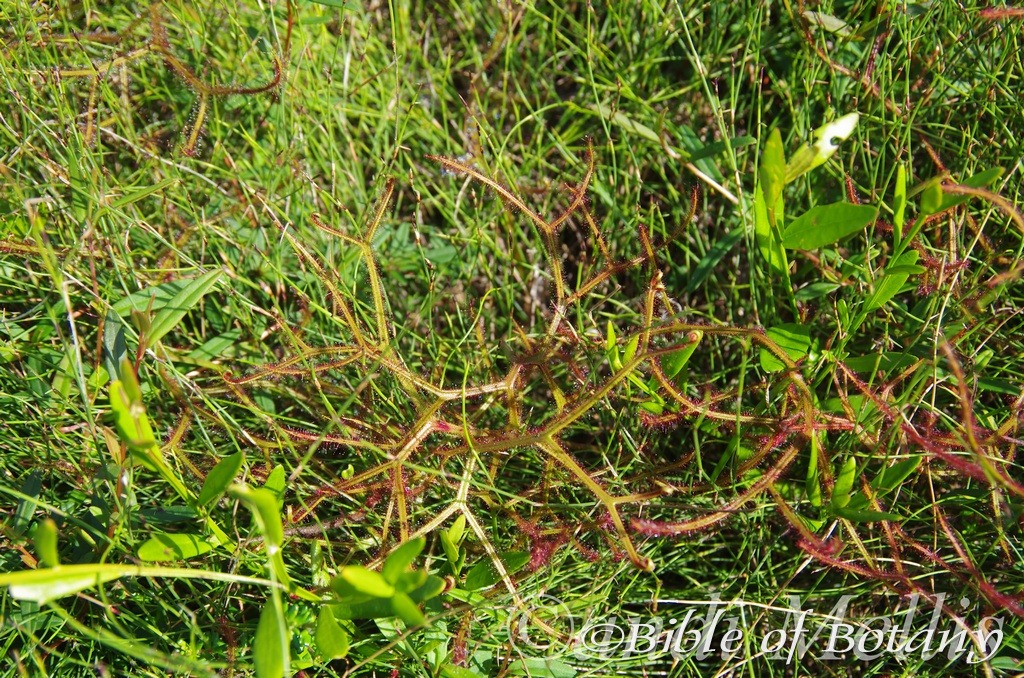
Drosera binata North Yuraygir National Park NSW
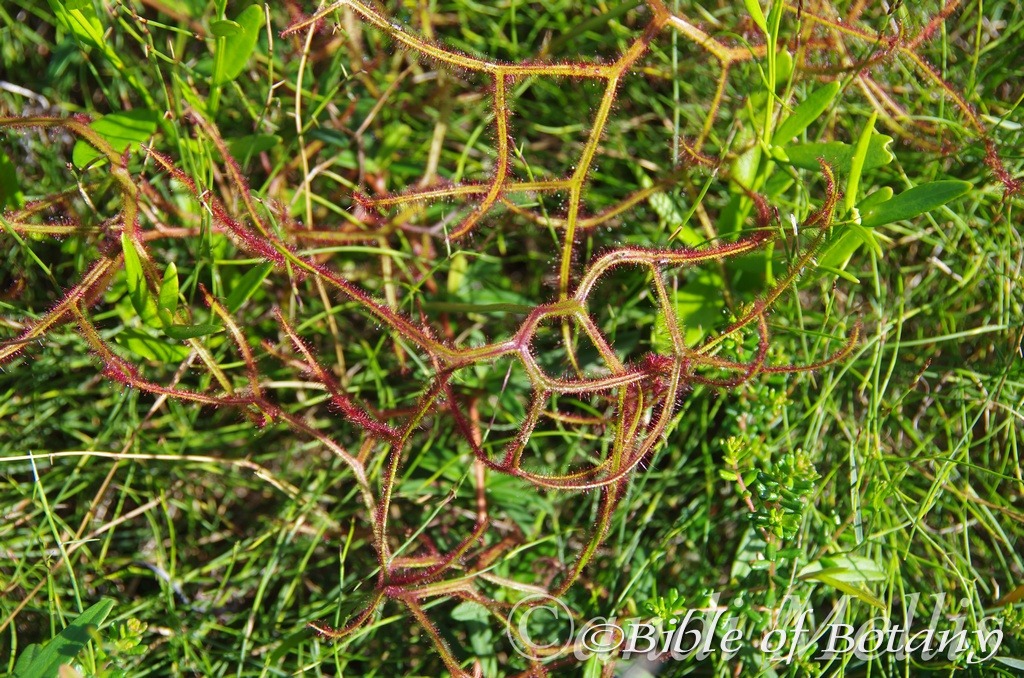
Drosera binata North Yuraygir National Park NSW
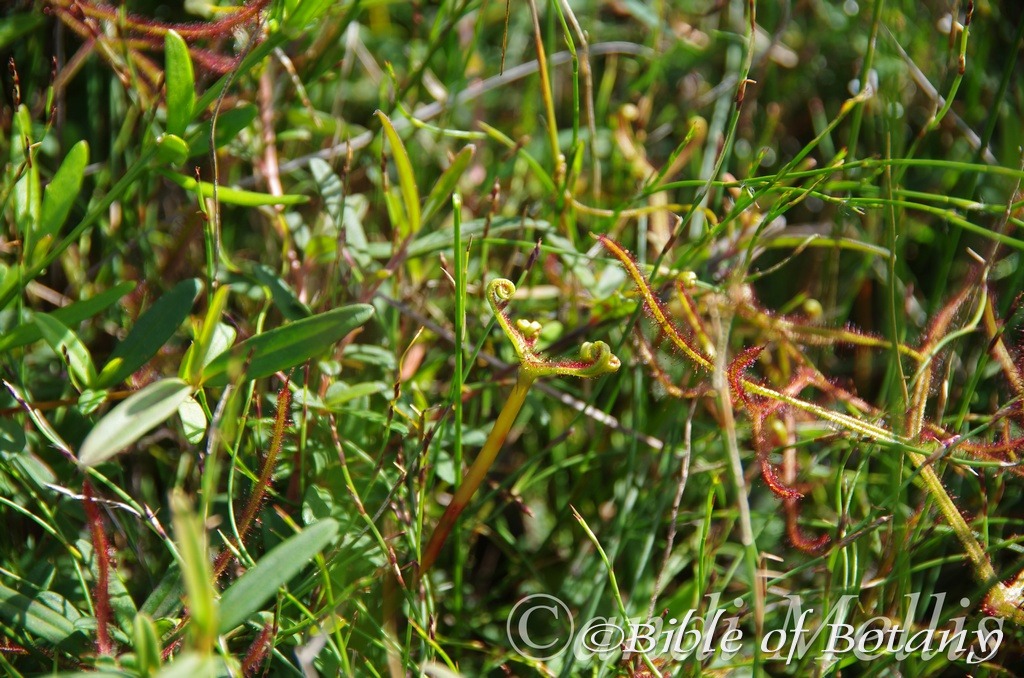
Drosera binata North Yuraygir National Park NSW
Choretrum candollei is an unusual hemi parasitic plant rarely found on the north coast in Yuraygir National Park of NSW. The write up is also a new addition to the web site.
Another beautiful annual from the coast is Coronidium oxylepis, which was until recently known as Helichrysum oxylepis.
Another unusual find was a very large specimen of Drosera binata. I have removed one photo taken in the Canberra Botanic Gardens and added another three from the wild.
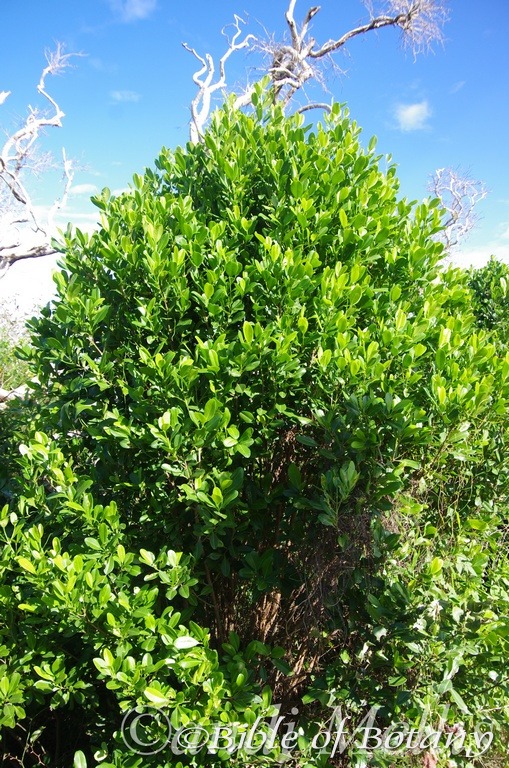
Acronychia imperforata North Yuraygir National Park NSW
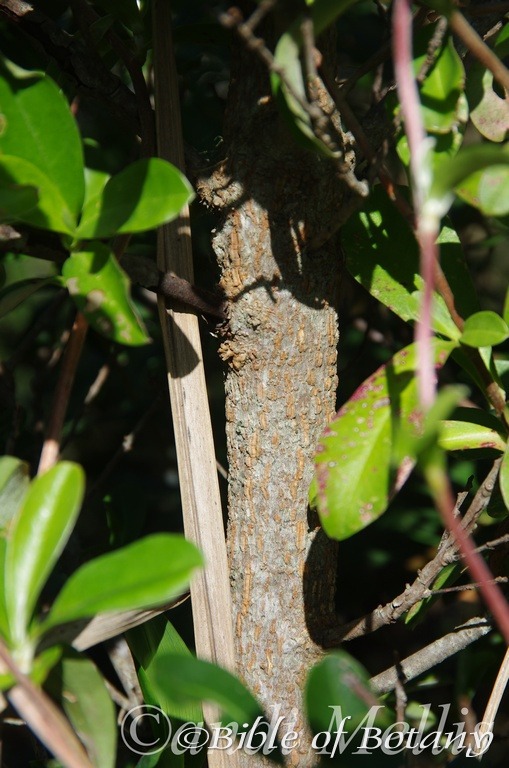
Acronychia imperforata North Yuraygir National Park NSW
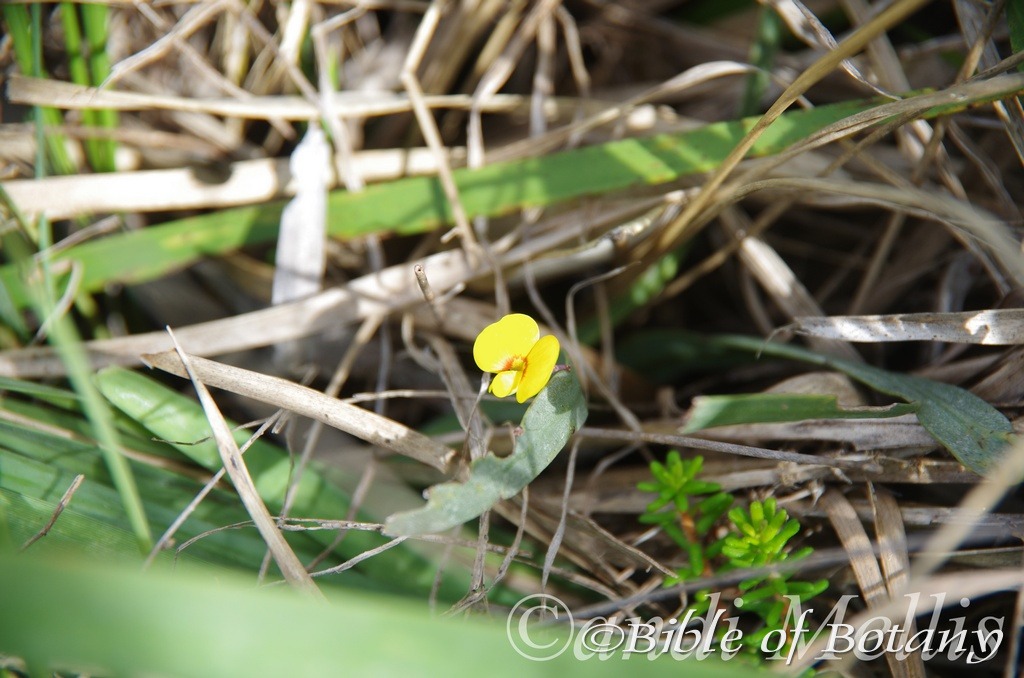
Bossiaea ensata North Yuraygir National Park NSW
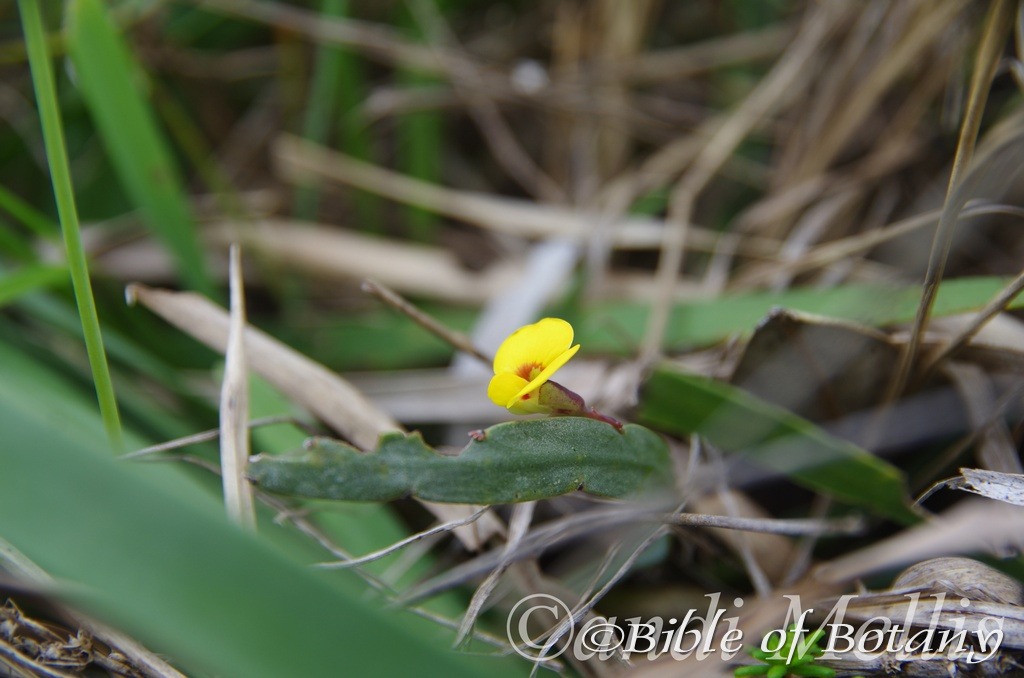
Bossiaea ensata North Yuraygir National Park NSW
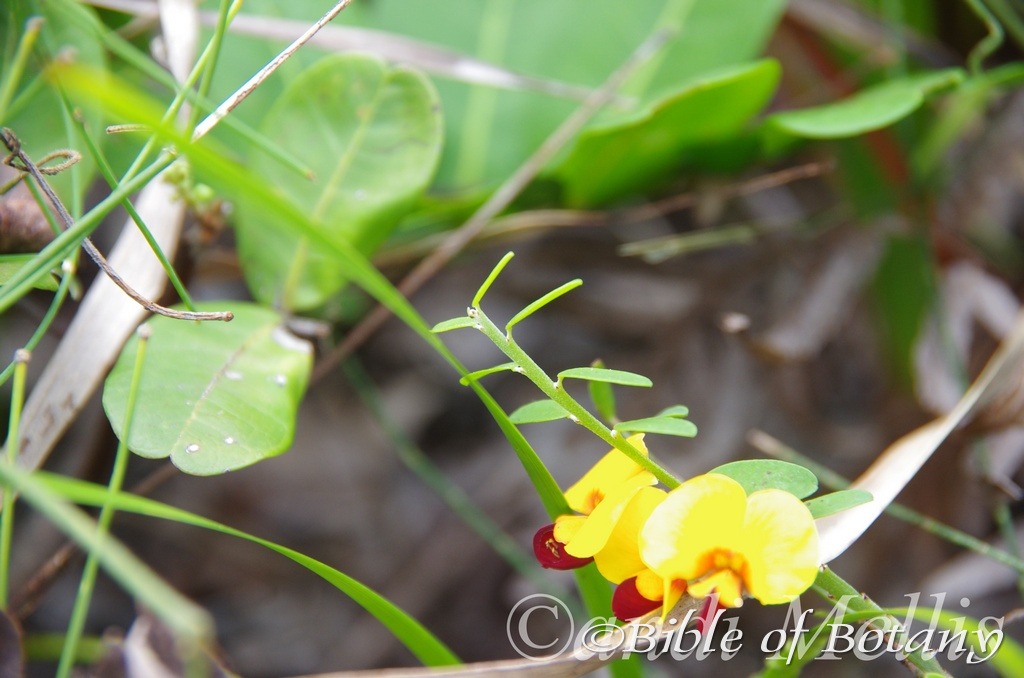
Bossiaea heterophylla North Yuraygir National Park NSW
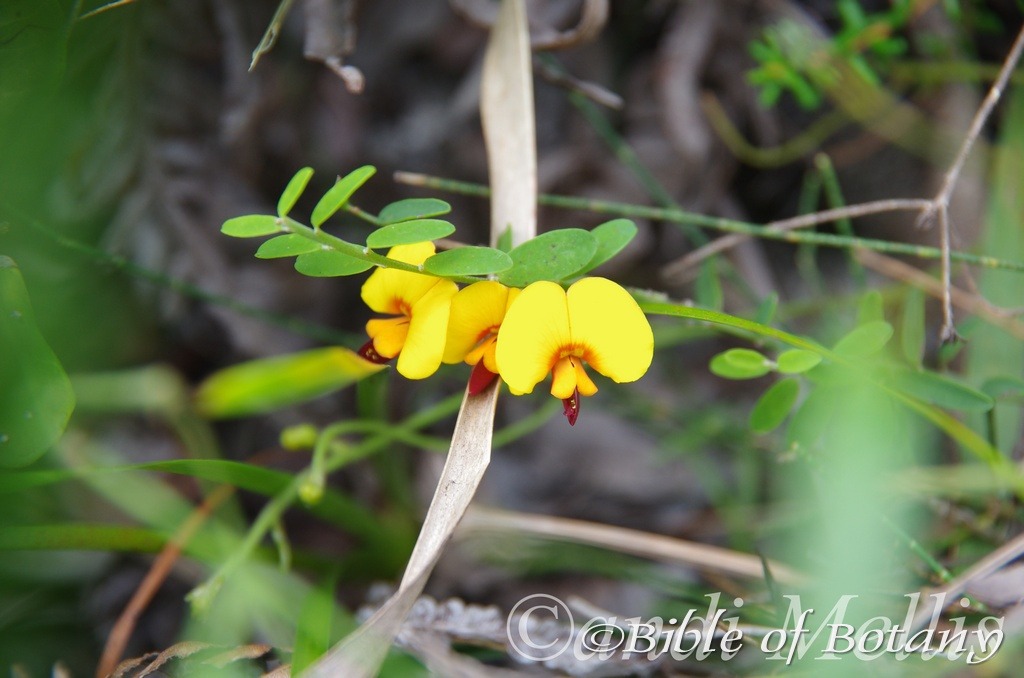
Bossiaea heterophylla North Yuraygir National Park NSW
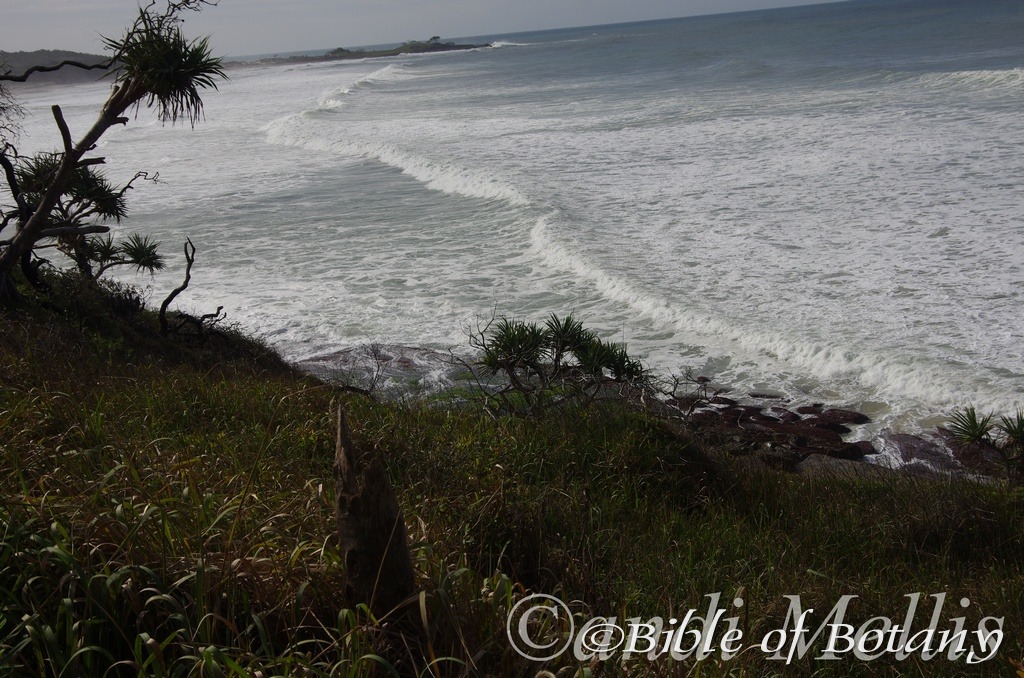
Cenchrus caliculatus North Yuraygir National Park NSW
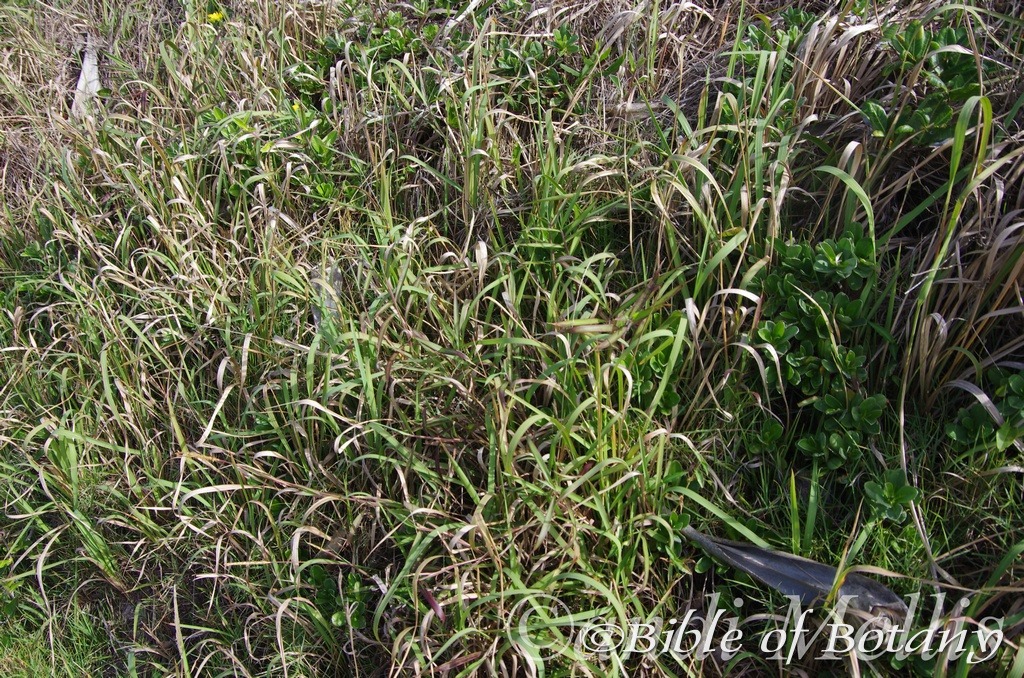
Cenchrus caliculatus North Yuraygir National Park NSW
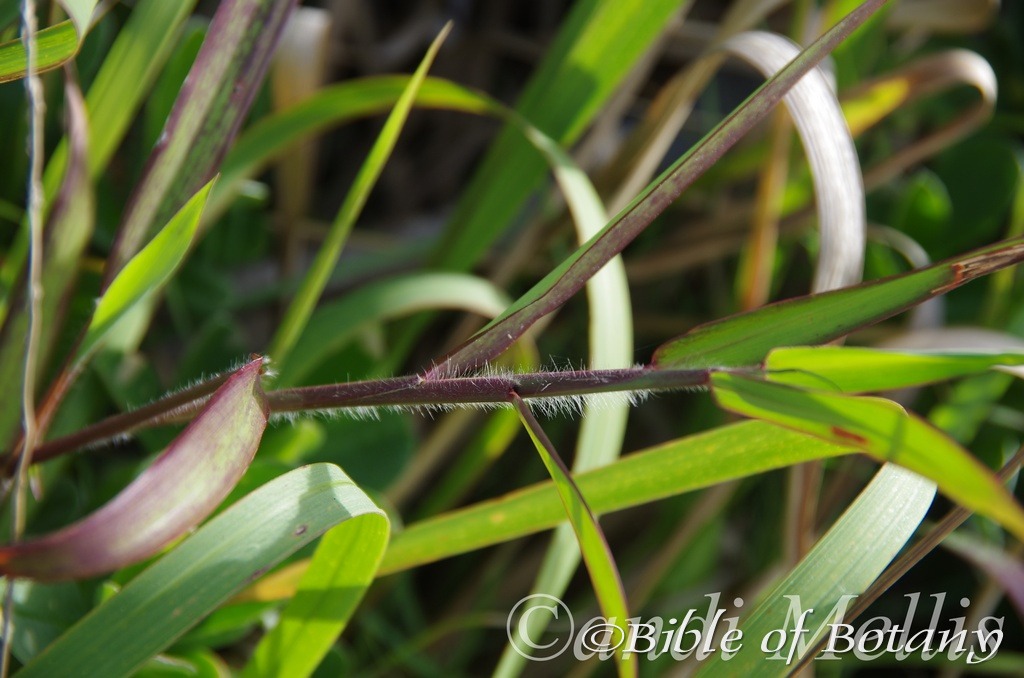
Cenchrus caliculatus North Yuraygir National Park NSW
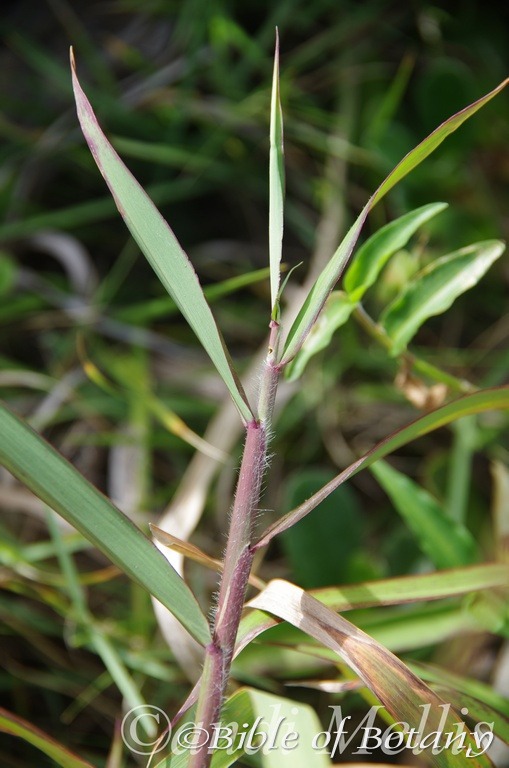
Cenchrus caliculatus North Yuraygir National Park NSW
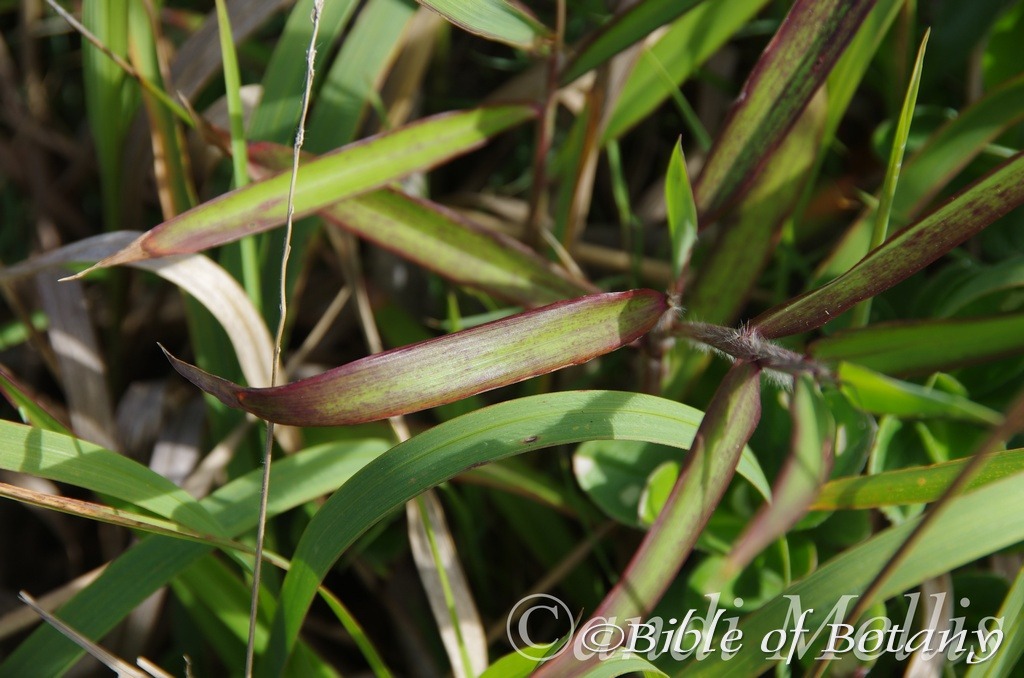
Cenchrus caliculatus North Yuraygir National Park NSW
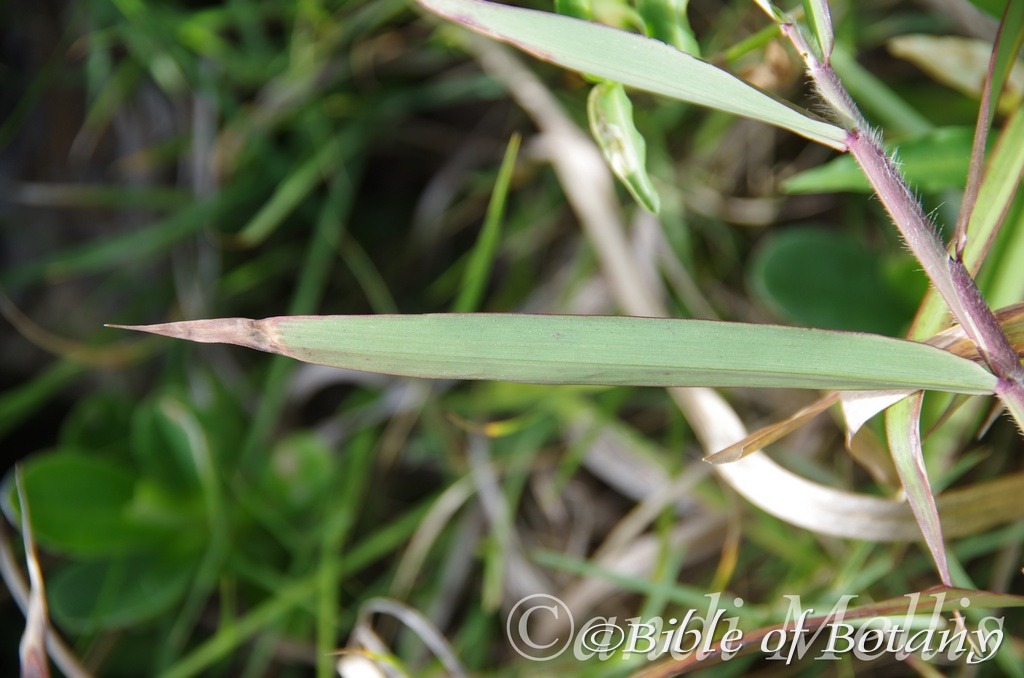
Cenchrus caliculatus North Yuraygir National Park NSW
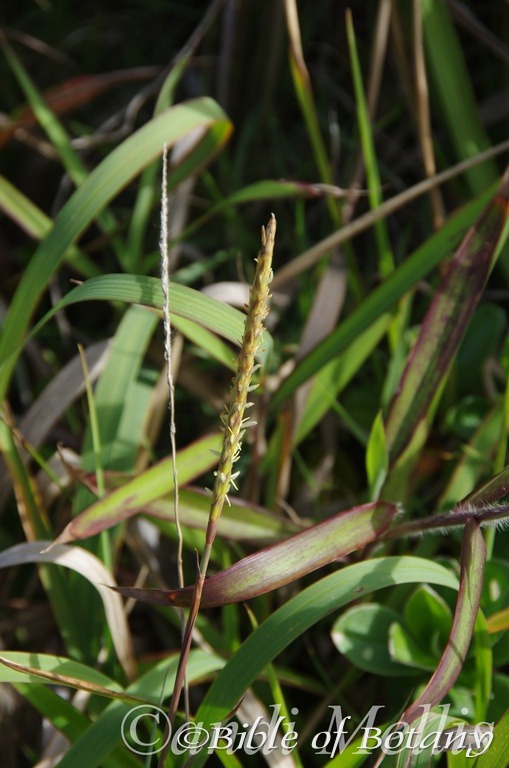
Cenchrus caliculatus North Yuraygir National Park NSW
Continuing on with omy day out with John on the back dune marshes and along the ridge in North Yuraygir National Park as I still have a lot of inclusions to make.
There are two more additions for Acronychia imperforata.
We located two species of Bossiaea with two photos of each added. Bossiaea ensata and Bossiaea heterophylla.
Further down there is a complete set of photos of Cenchrus caliculatus.
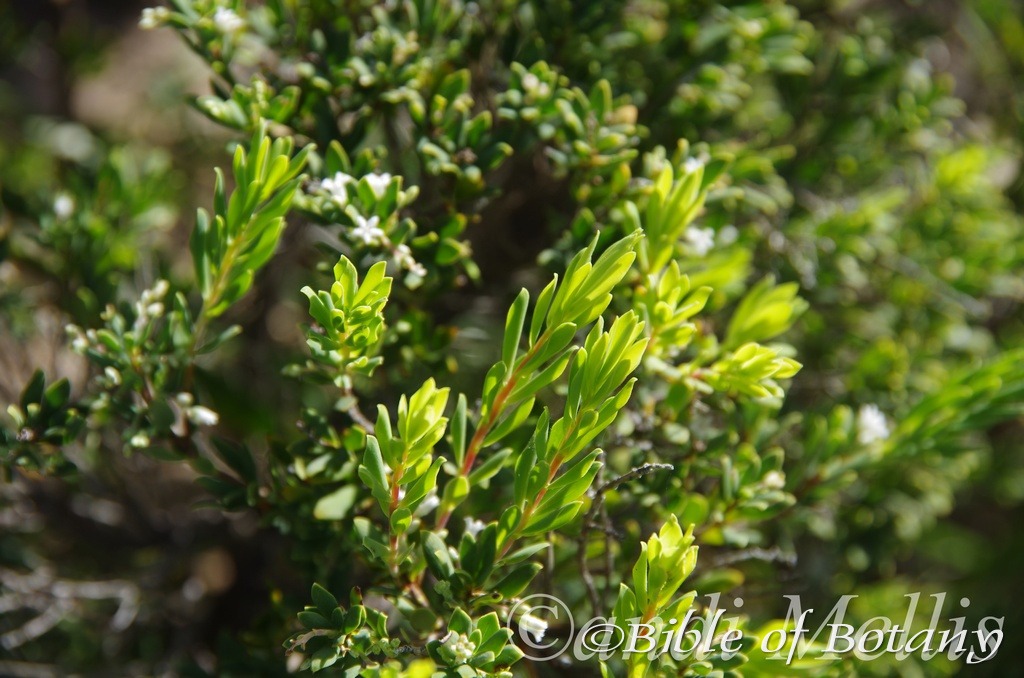
Conospermum ellipticum North Yuraygir National Park NSW
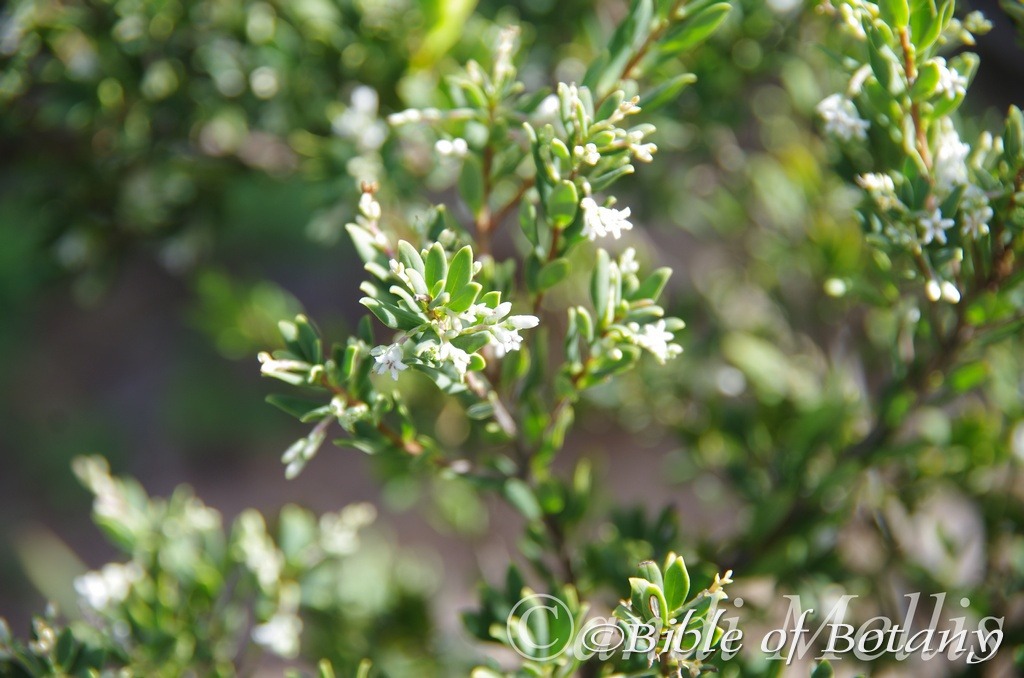
Conospermum ellipticum North Yuraygir National Park NSW
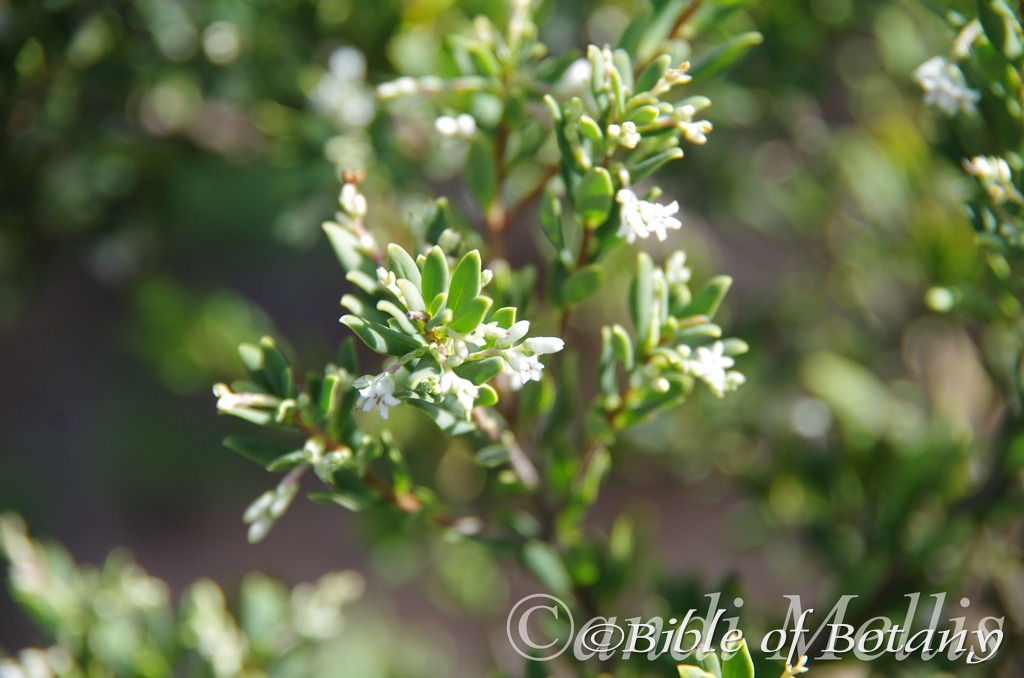
Conospermum ellipticum North Yuraygir National Park NSW
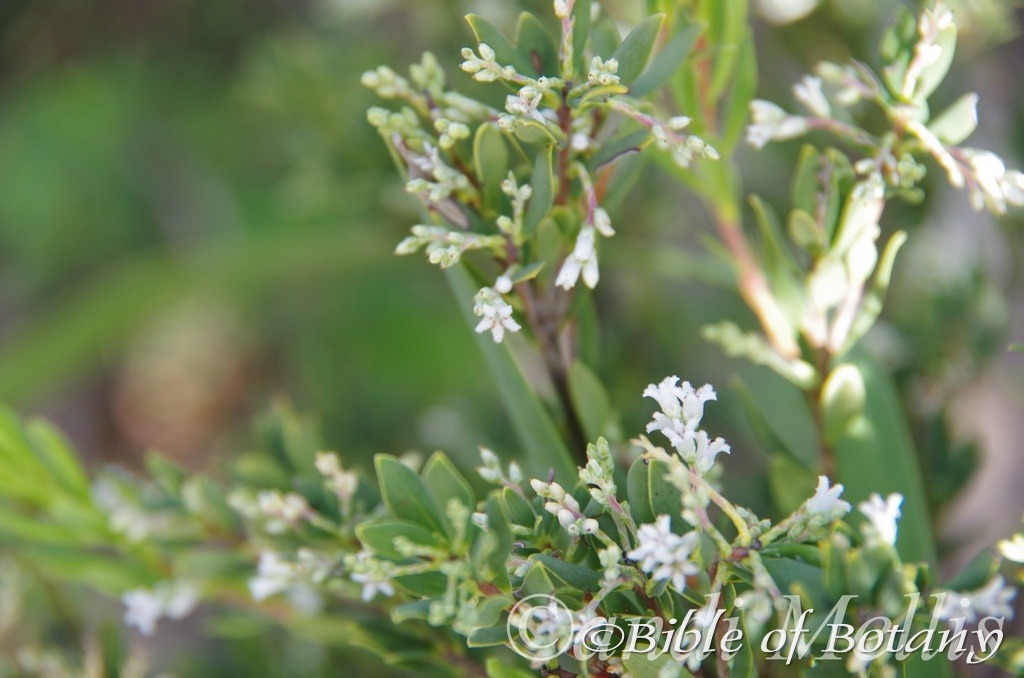
Conospermum ellipticum North Yuraygir National Park NSW
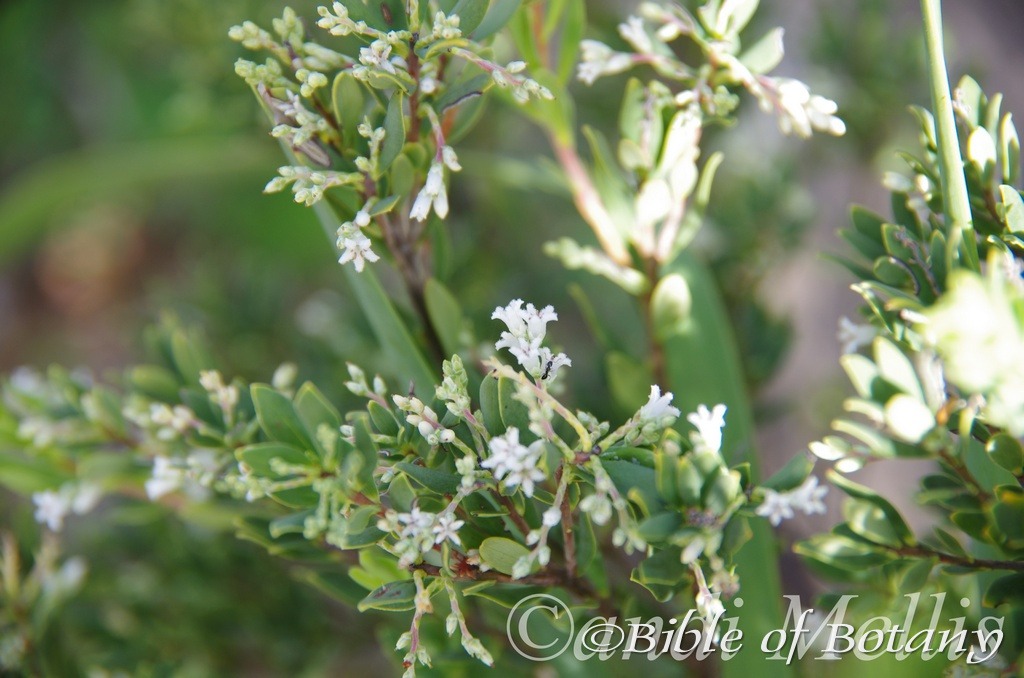
Conospermum ellipticum North Yuraygir National Park NSW
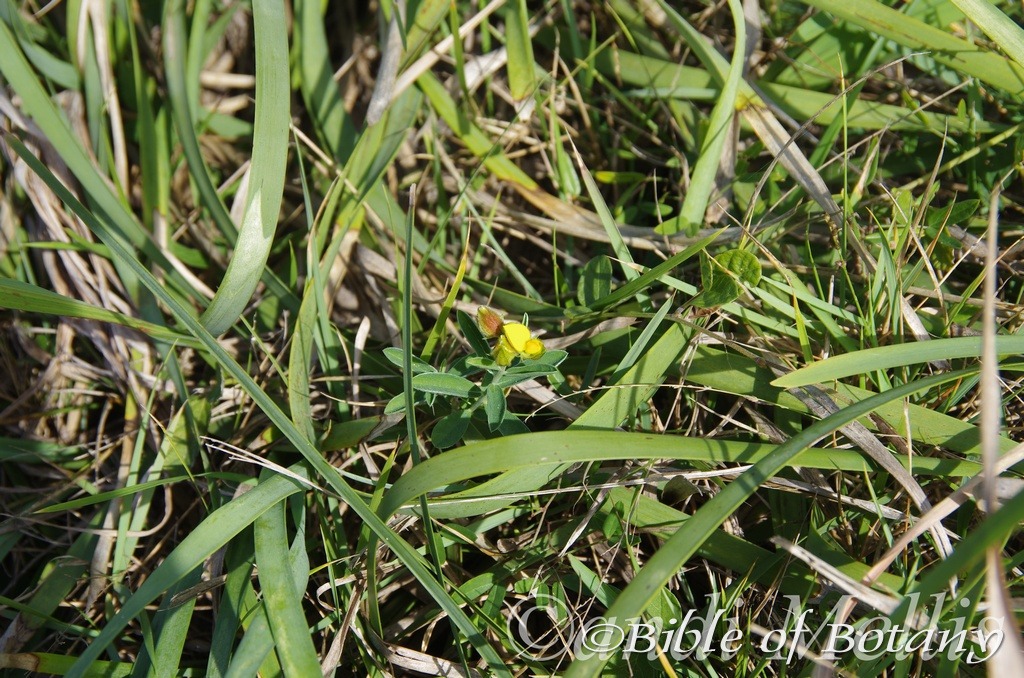
Crotalaria brevis North Yuraygir National Park NSW
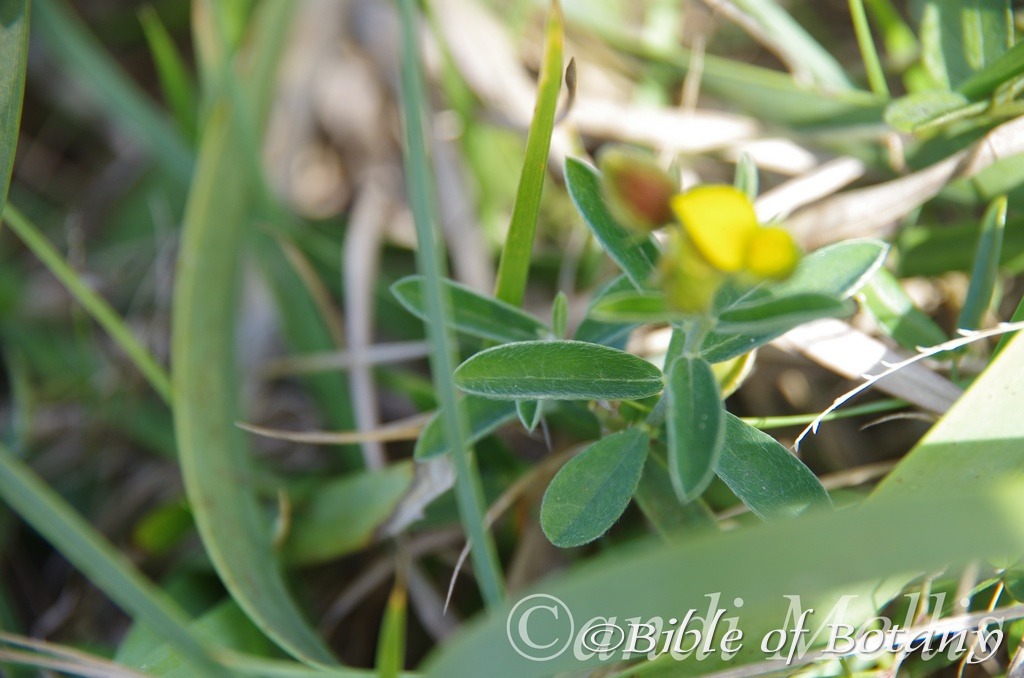
Crotalaria brevis North Yuraygir National Park NSW
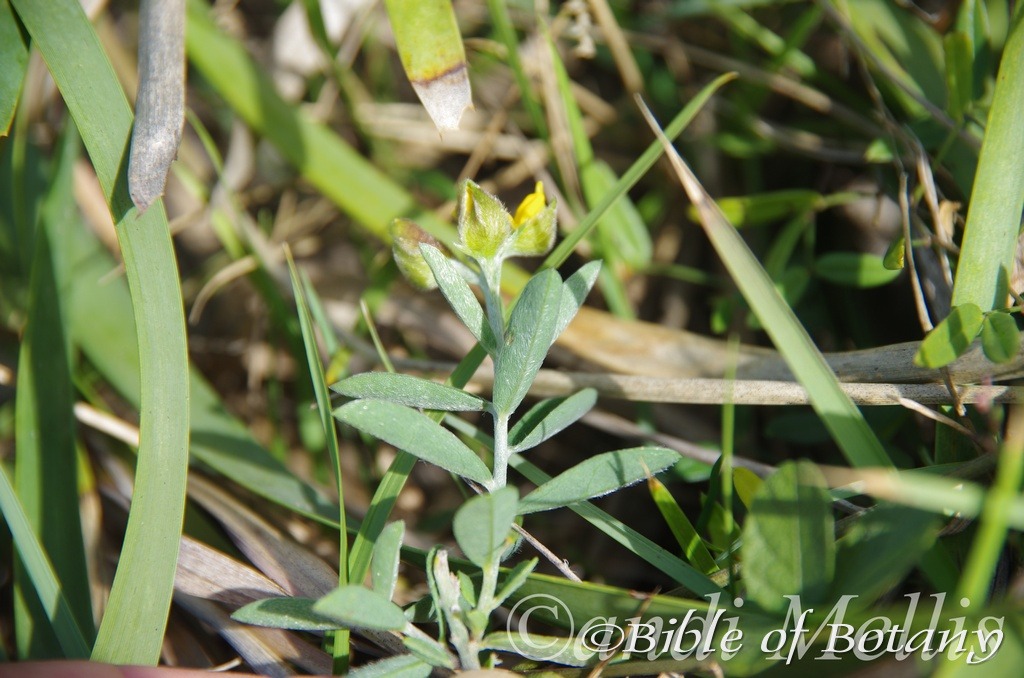
Crotalaria brevis North Yuraygir National Park NSW
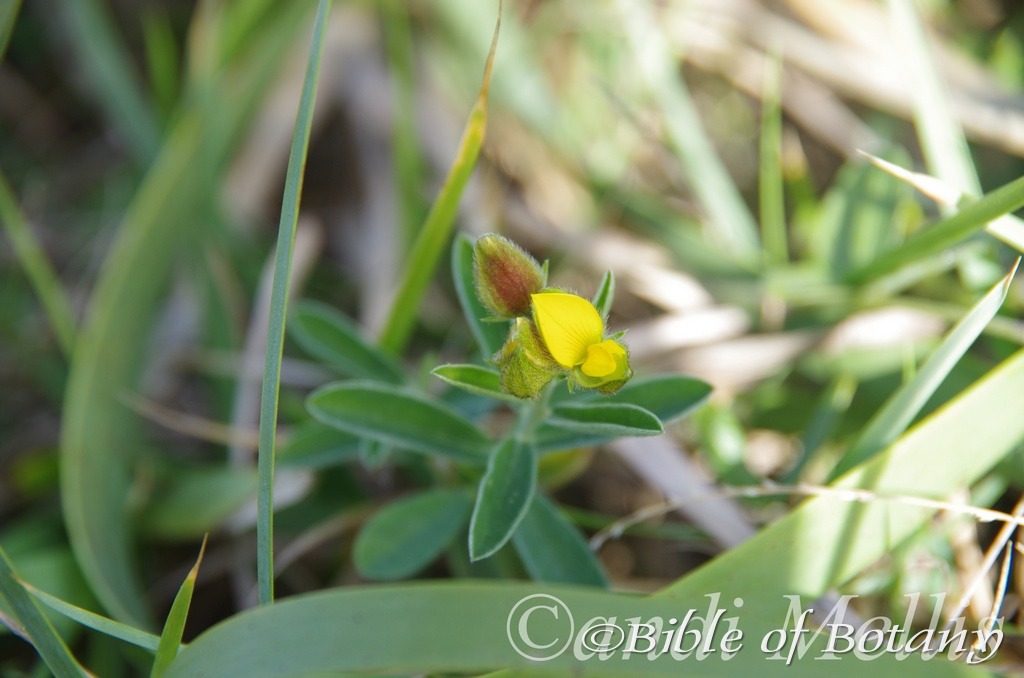
Crotalaria brevis North Yuraygir National Park NSW
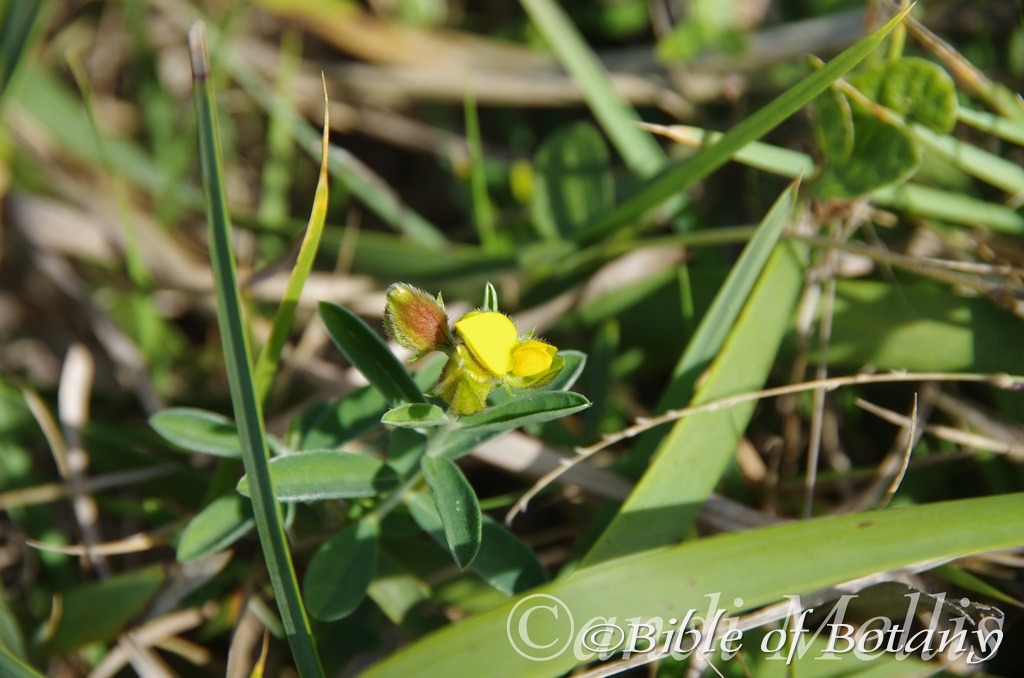
Crotalaria brevis North Yuraygir National Park NSW
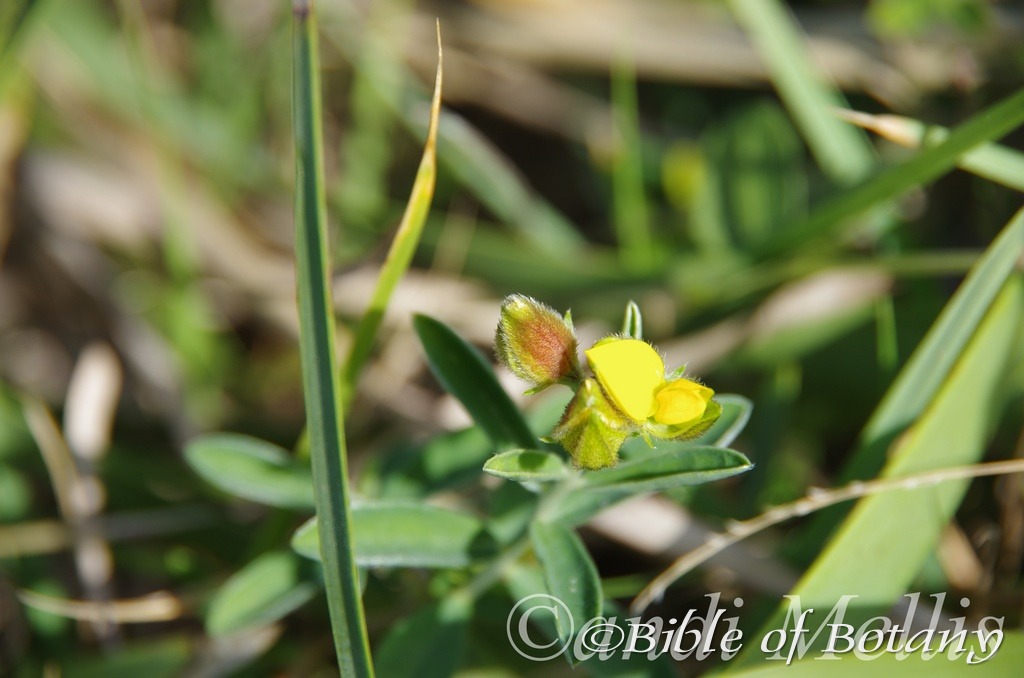
Crotalaria brevis North Yuraygir National Park NSW
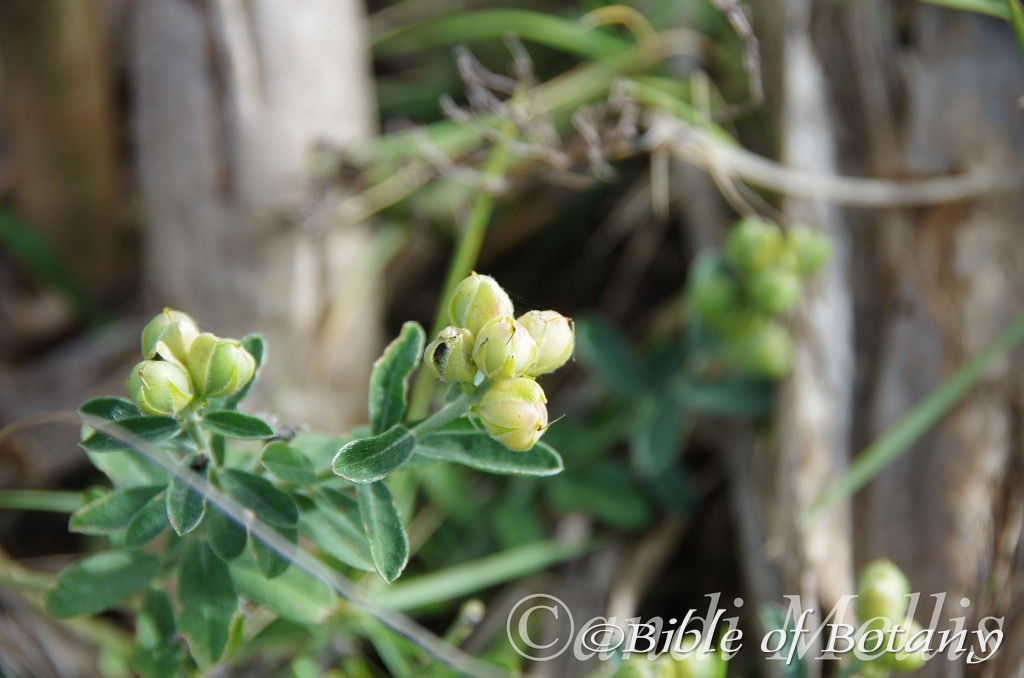
Crotalaria brevis North Yuraygir National Park NSW
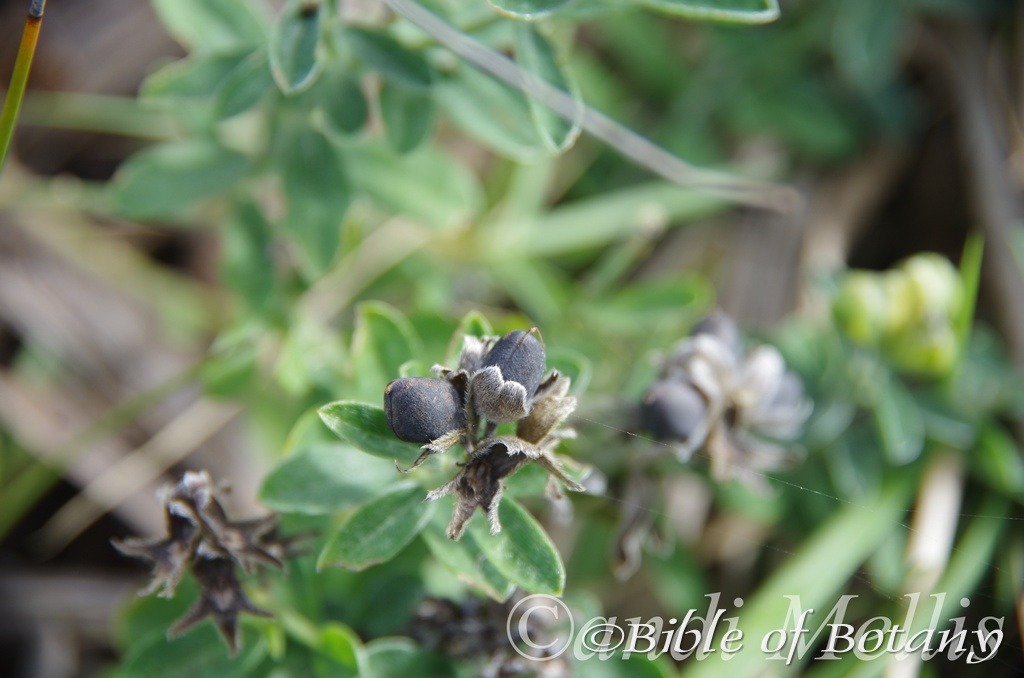
Crotalaria brevis North Yuraygir National Park NSW
Continuing with Conospermum ellipticum.
Crotalaria brevis has a full set except the stem.
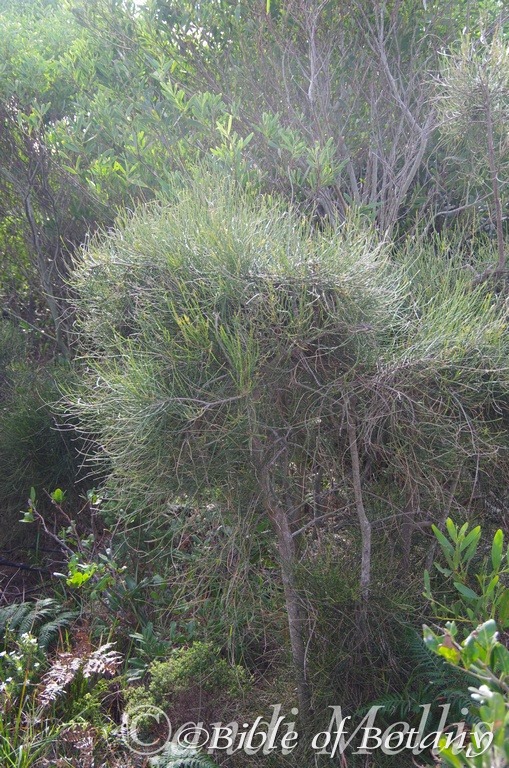
Allocasuarina thalassoscopica Yuraygir National Park NSW
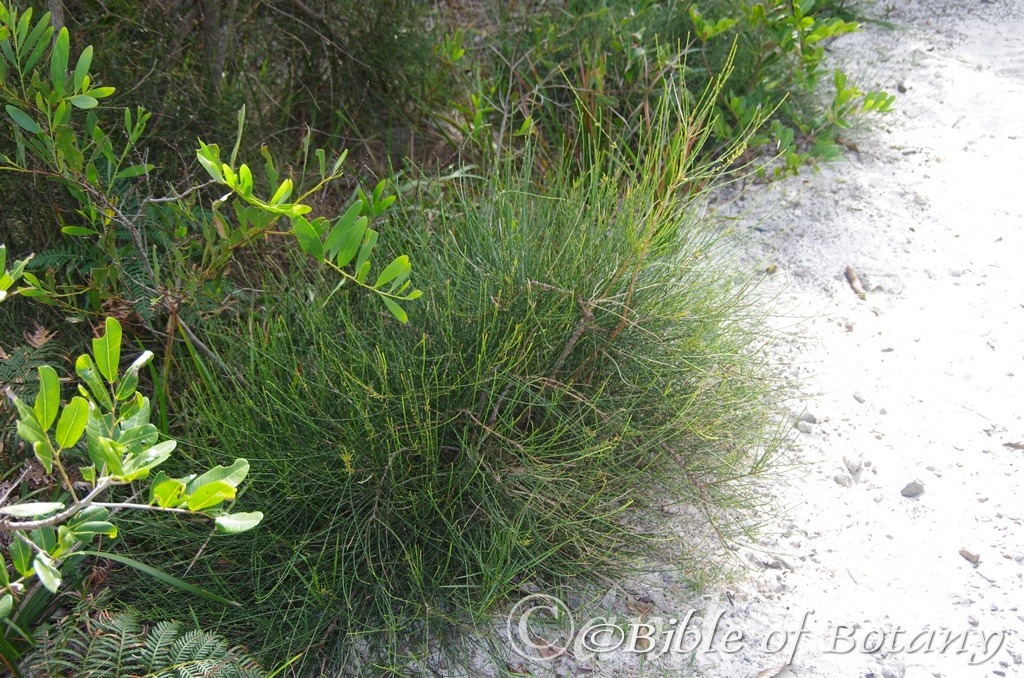
Allocasuarina thalassoscopica Yuraygir National Park NSW
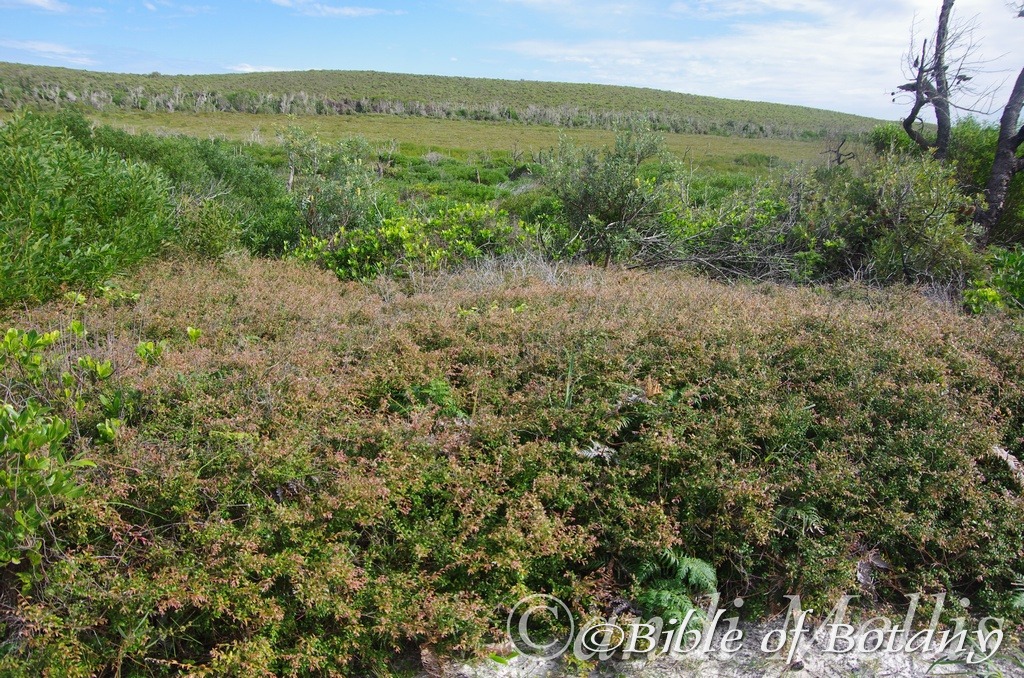
Austromyrtus dulcis Yuraygir National Park NSW
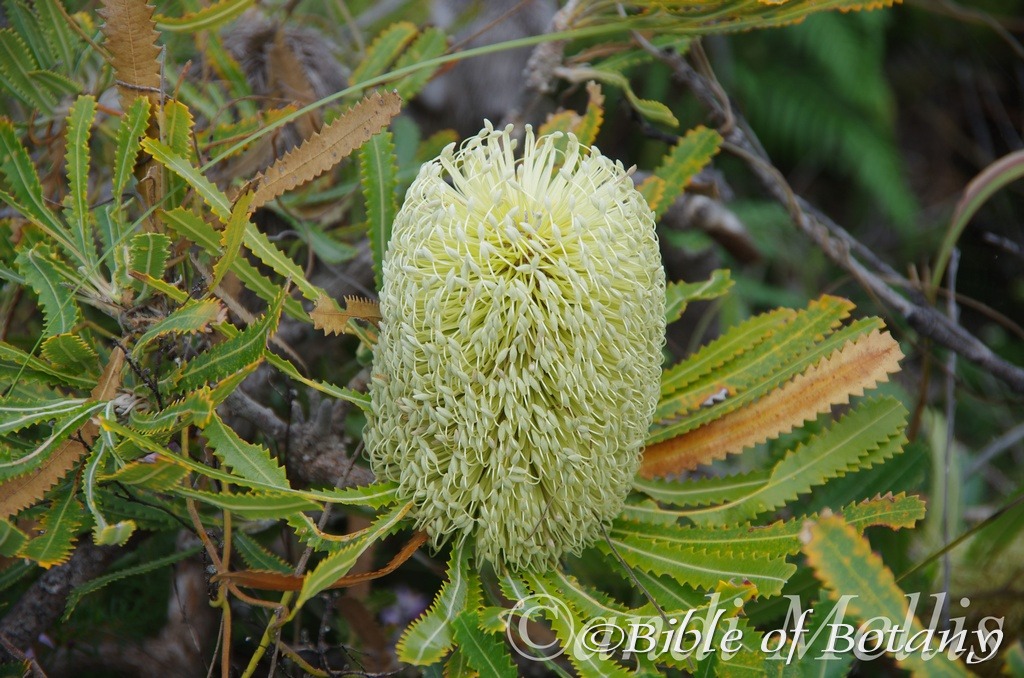
Banksia aemula Yuraygir National Park NSW
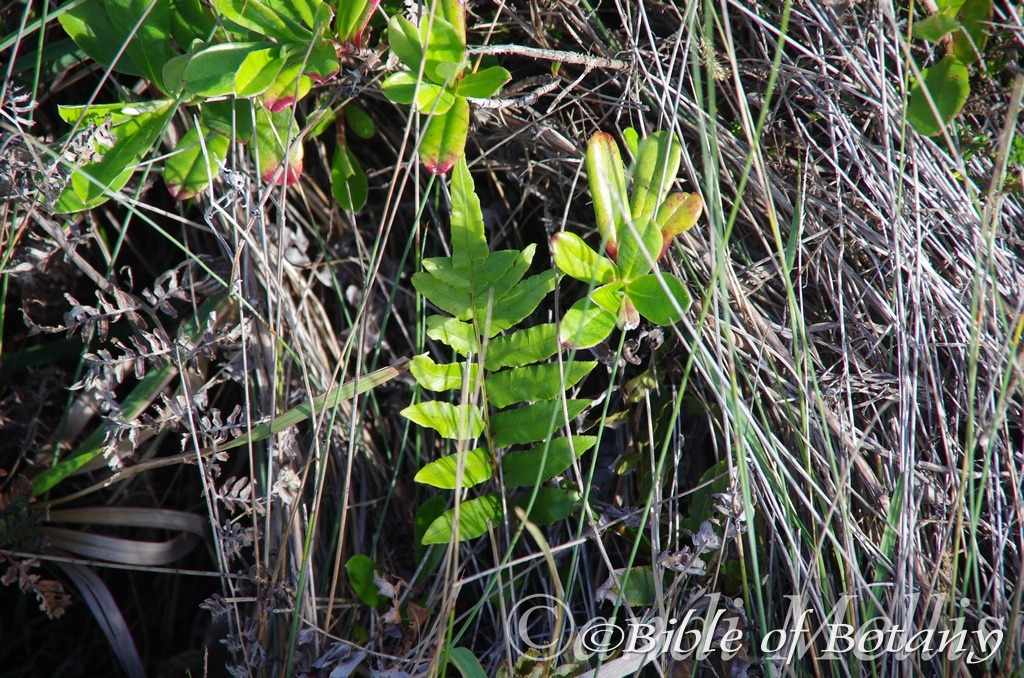
Blechnum camfieldii Yuraygir National Park NSW
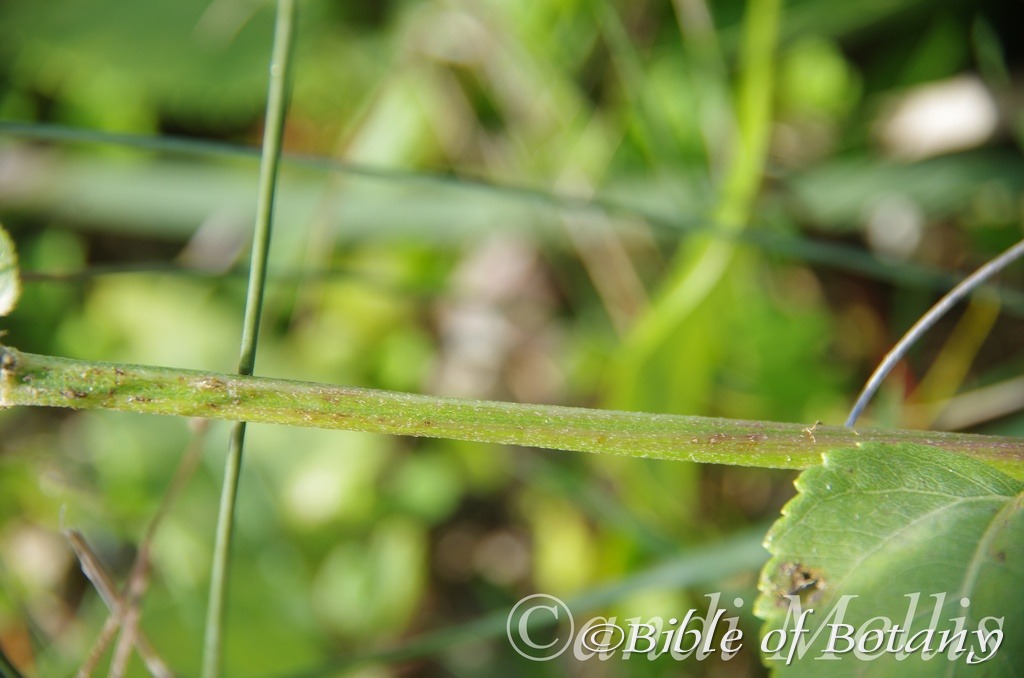
Wollastonia uniflora Yuraygir National Park NSW
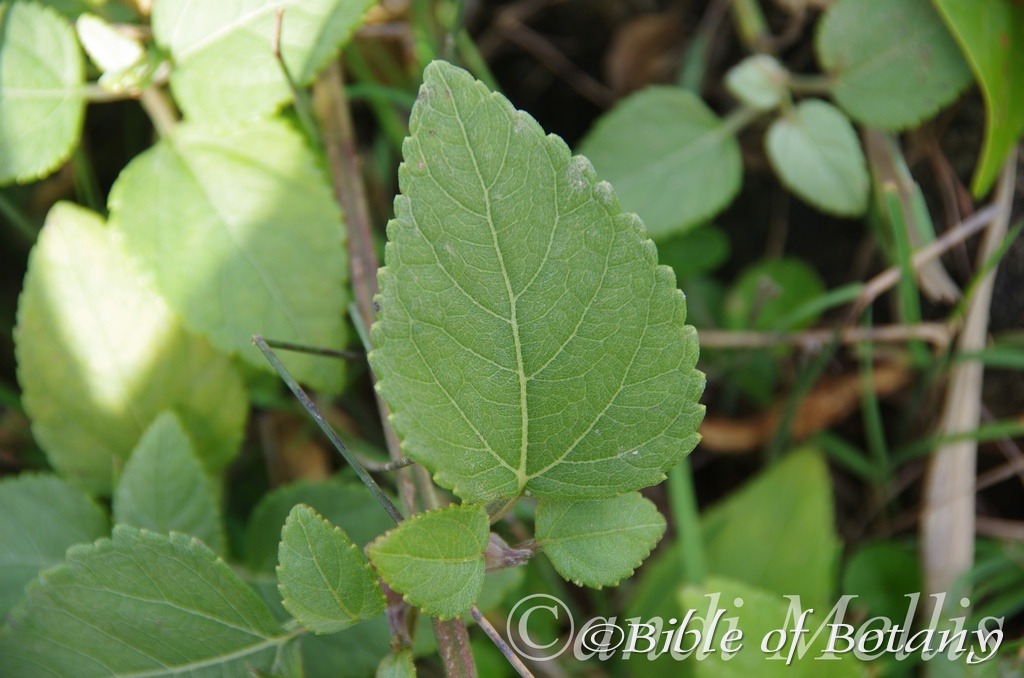
Wollastonia uniflora Yuraygir National Park NSW
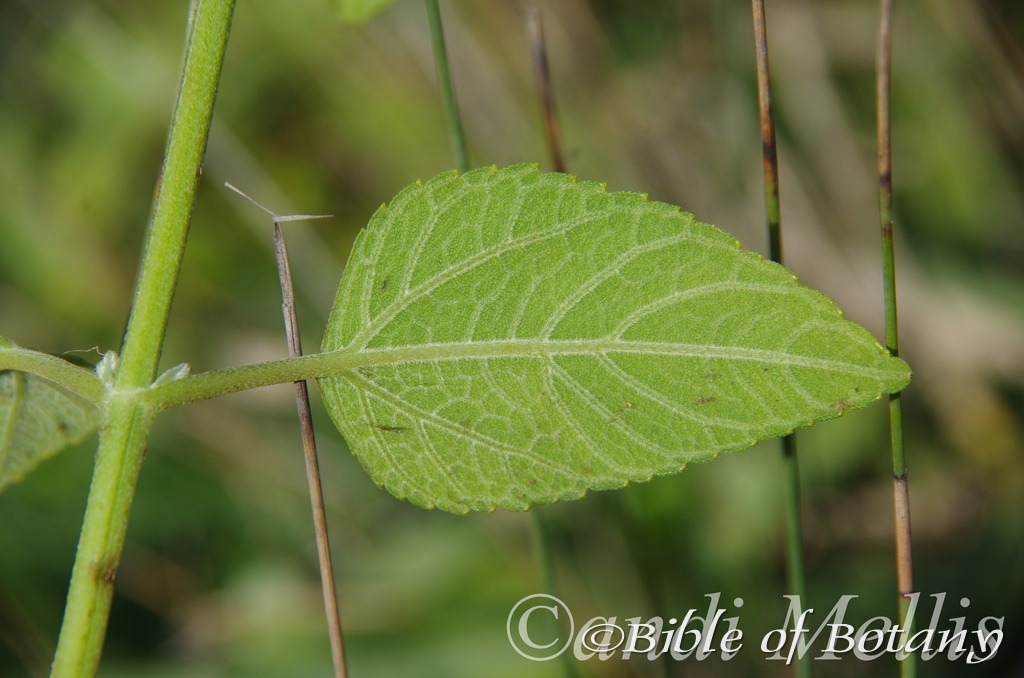
Wollastonia uniflora Yuraygir National Park NSW
Had the day out with John on the back dune marshes and along the ridge in Yuraygir National Park so have a lot of inclusions this time. An unusual find for us was Allocasuarina thalassoscopica. Its small size warrants a place where a small sheoak or pine tree is wanted. The photos show the difference in growth where growing in the open and growing amongst other shrubs. The write up for this species is a new addition on the web as well.
Austromyrtus dulcis was giving a great display on pure beach sand with its vibrant new growth colours.
Removed one photo of flower of Banksia aemula and replaced with a better one.
Facing the ocean and receiving full sun and salt laden winds is Blechnum camfieldii. It displays another side of ferns which most people consider delicate shade lovers.
Wollastonia uniflora was in an exposed position growing on poor, white accumulated sands.
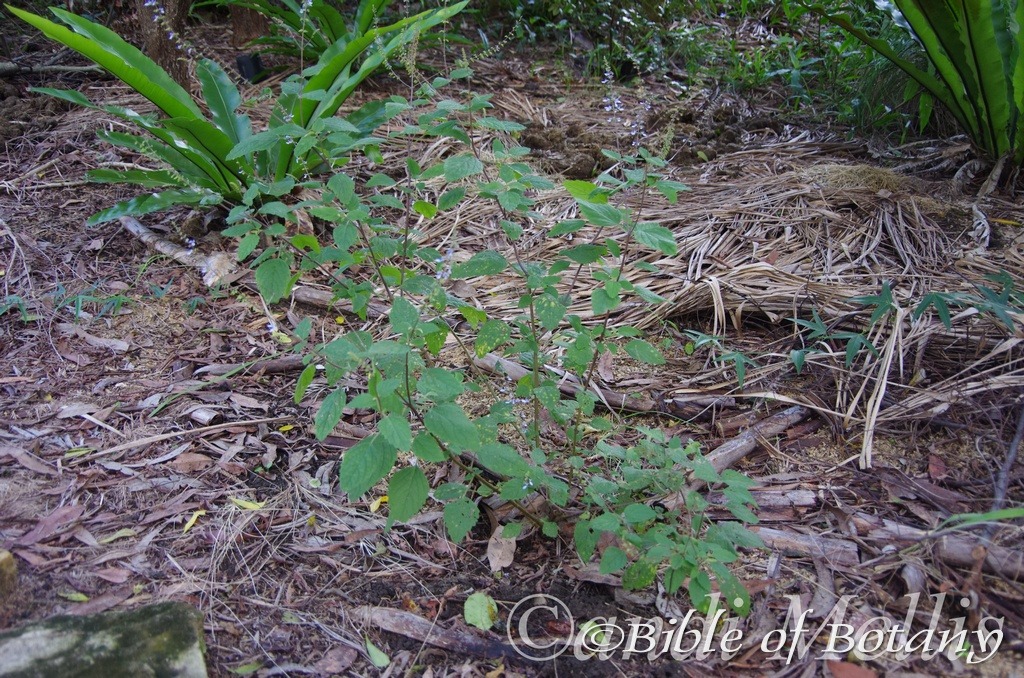
Author’s Garden The Pinnacles NSW
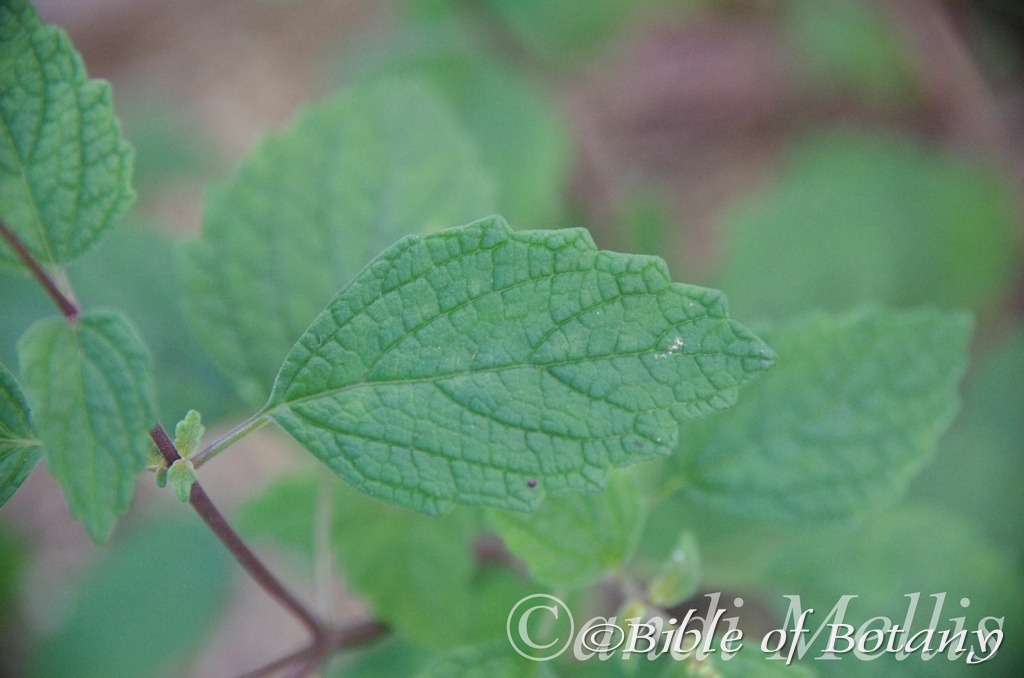
Author’s Garden The Pinnacles NSW
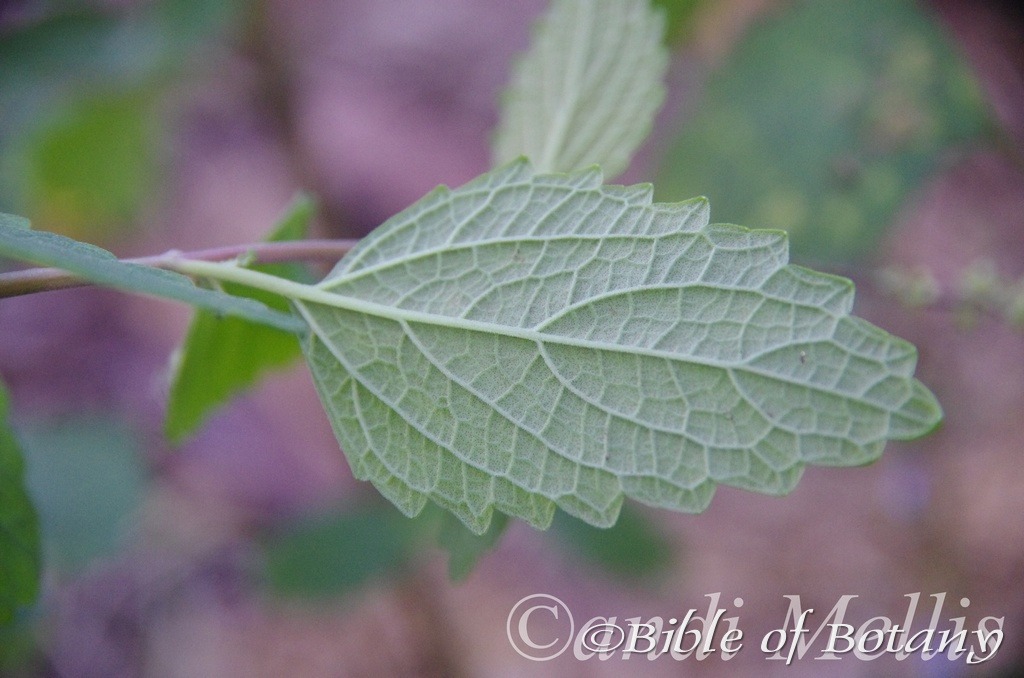
Author’s Garden The Pinnacles NSW
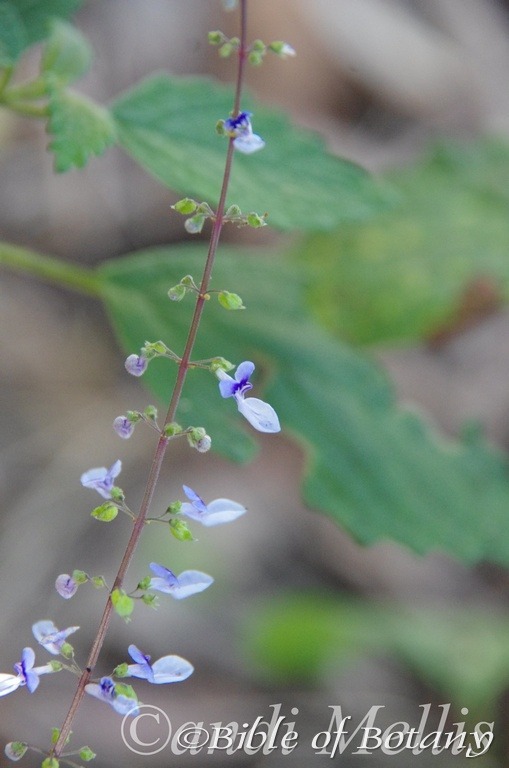
Author’s Garden The Pinnacles NSW
The upright form of Coleus nitidus formally known as Plectranthus nitidus shows the upper and lower laminas, which are not glossy, with the lower lamina only having a very pale tint of purple. The flower spike depicts the square cross section pale purple colouration and wings better.
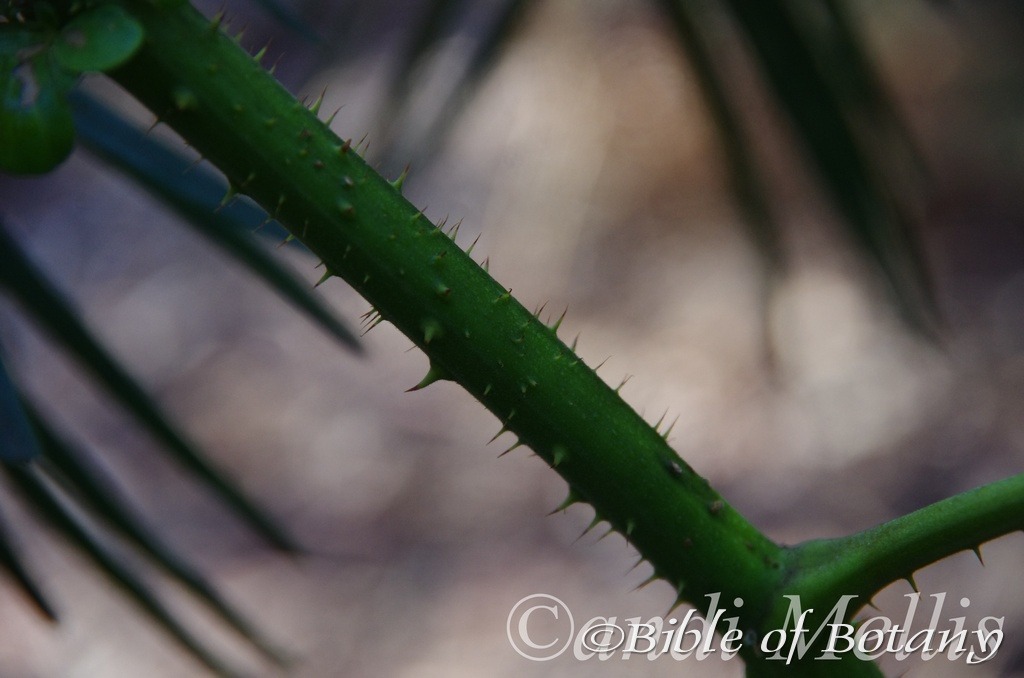
Author’s Garden The Pinnacles NSW
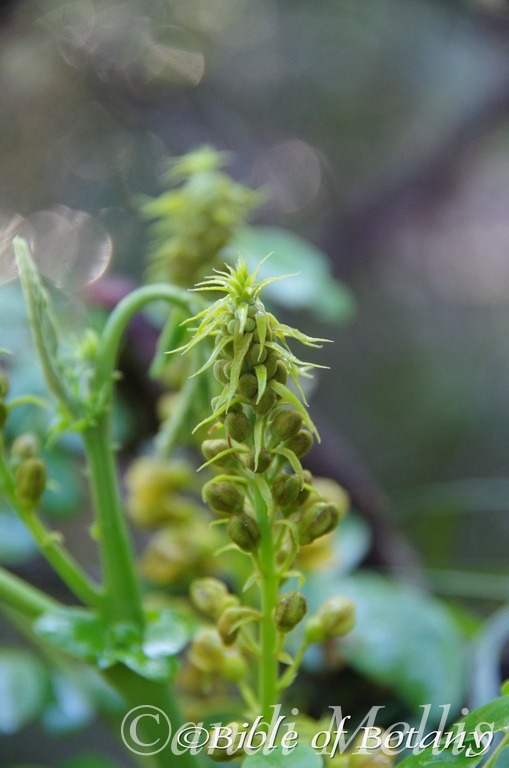
Author’s Garden The Pinnacles NSW
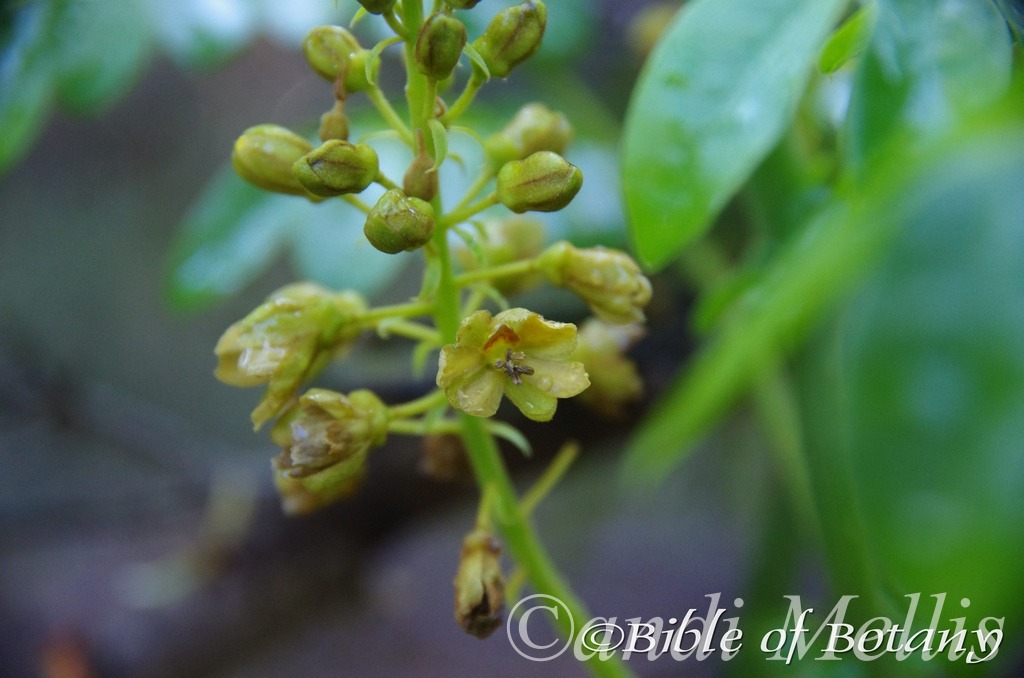
Author’s Garden The Pinnacles NSW
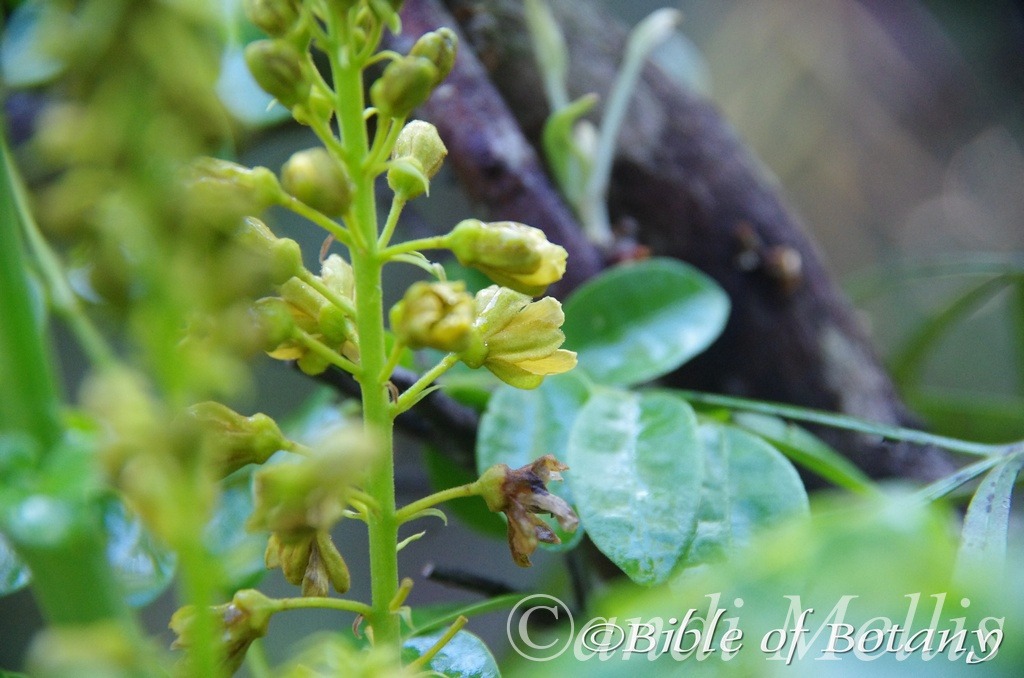
Author’s Garden The Pinnacles NSW
I have removed one photo of the stem and added a new one and added three photos of buds and flowers on Caesalpinia bonduc. Changed the known flowering times from September to November. I photographed the flowers at Bushland Beach in mid July and now at The Pinnacles in NSW in mid May, indicating a much longer flowering period.
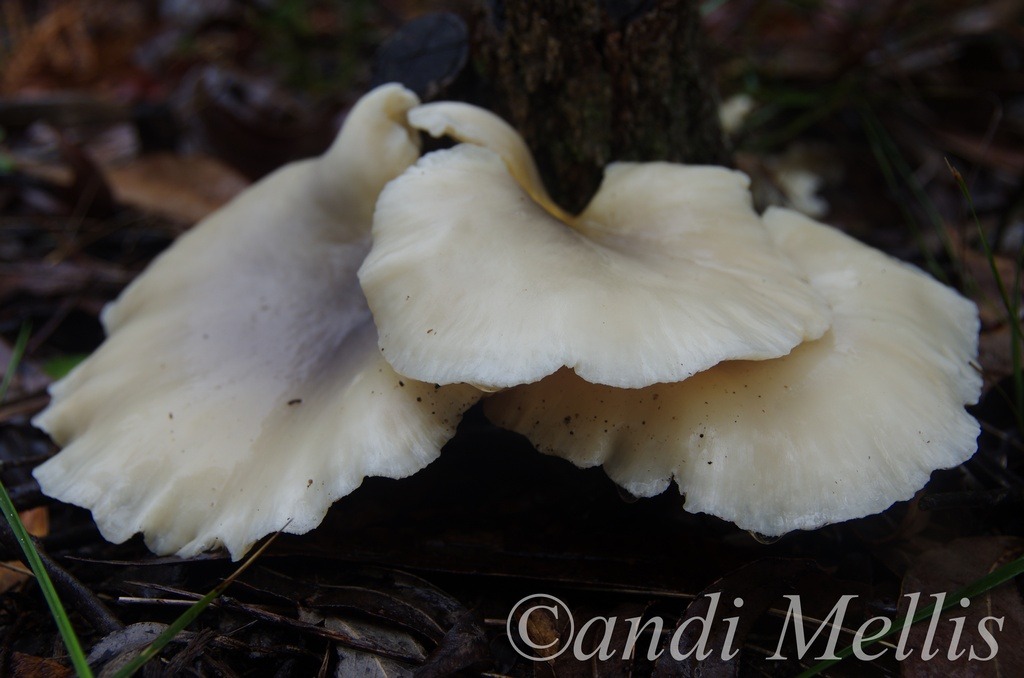
Author’s Garden The Pinnacles NSW
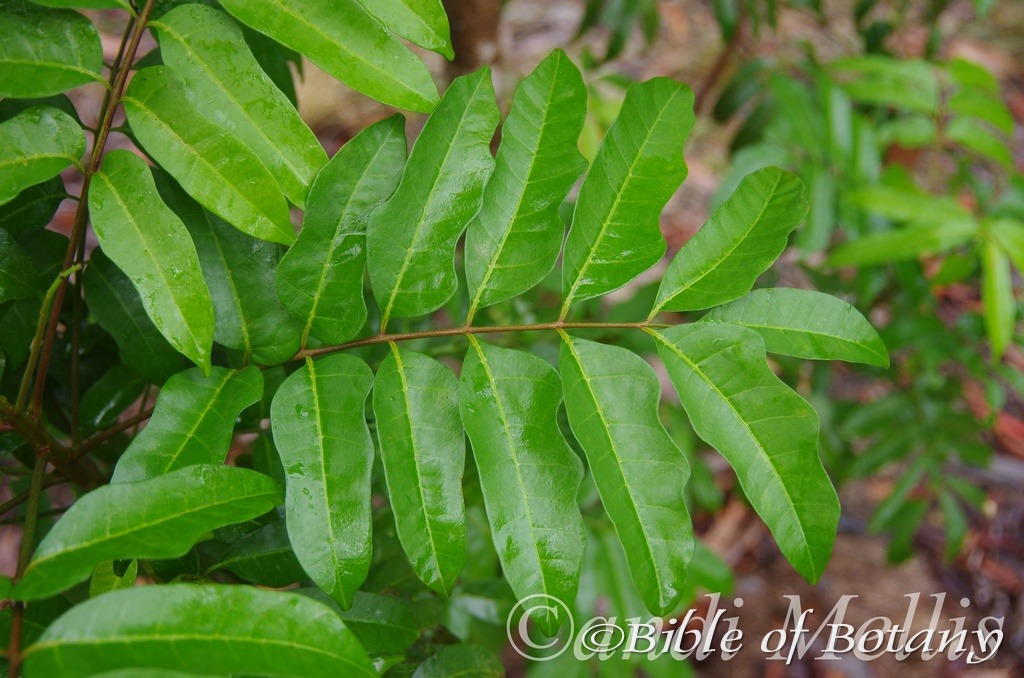
Rhodosphaera rhodanthema Author’s Garden The Pinnacles NSW
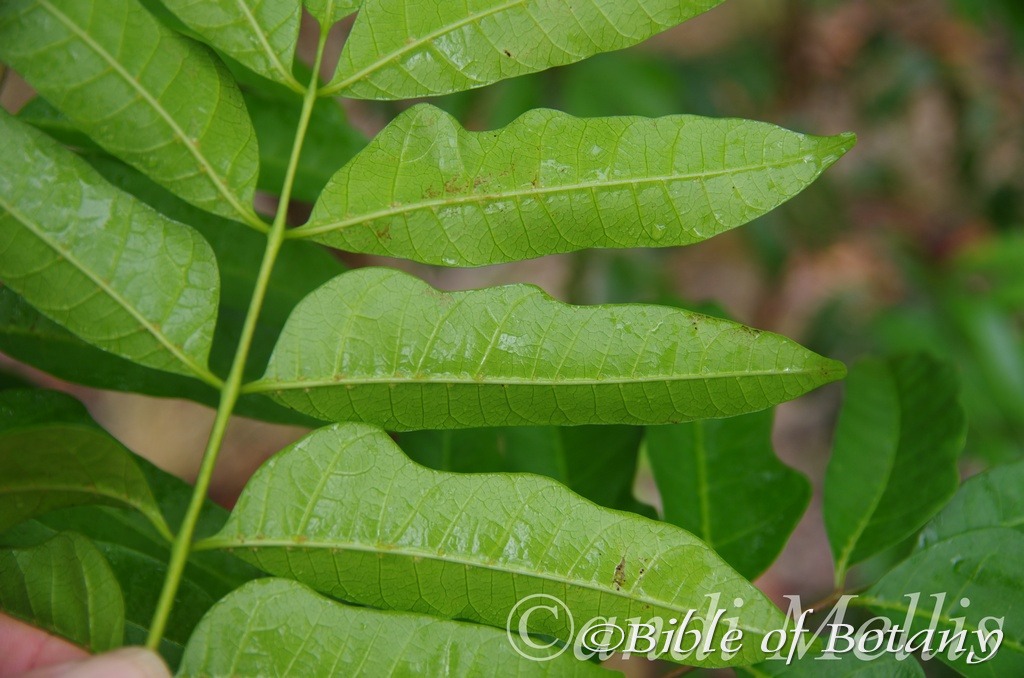
Rhodosphaera rhodanthema Author’s Garden The Pinnacles NSW
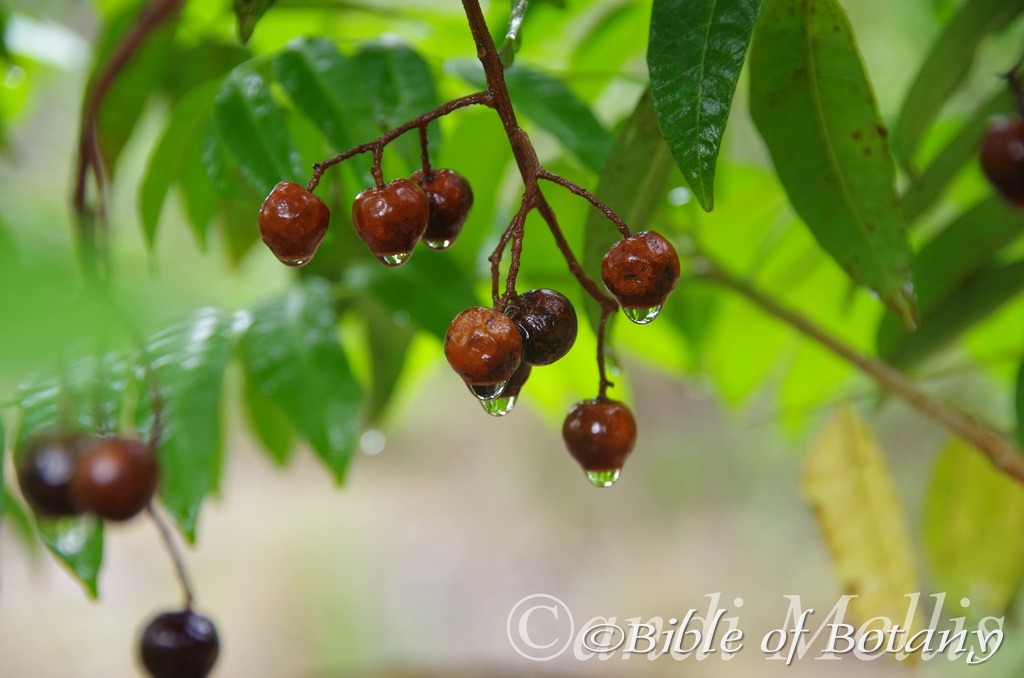
Rhodosphaera rhodanthema Author’s Garden The Pinnacles NSW
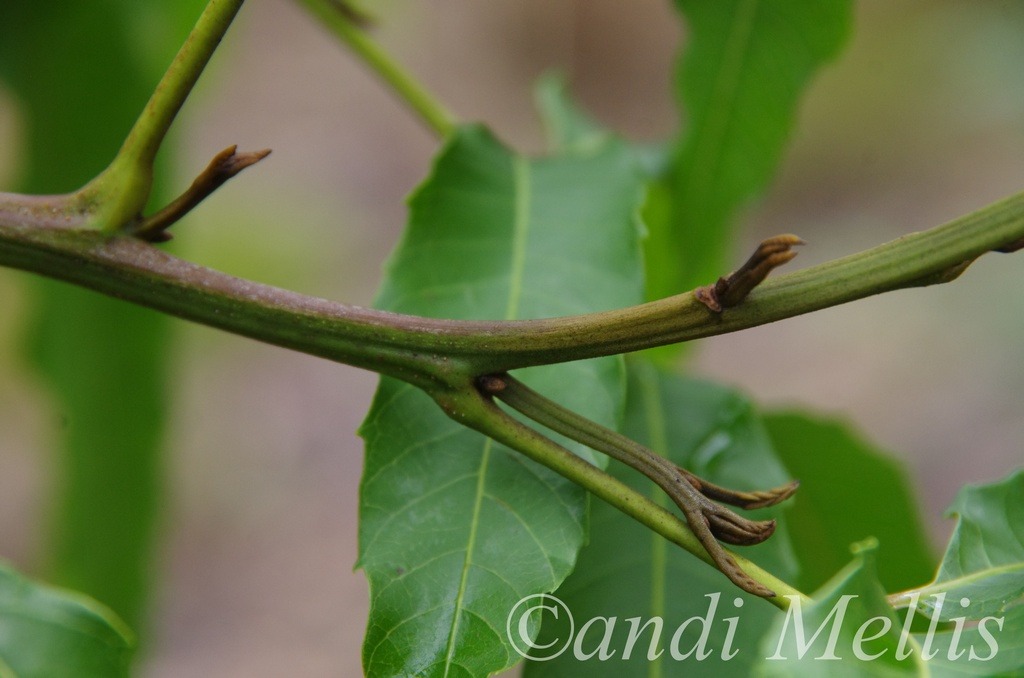
Cupaniopsis baileyana Author’s Garden The Pinnacles NSW
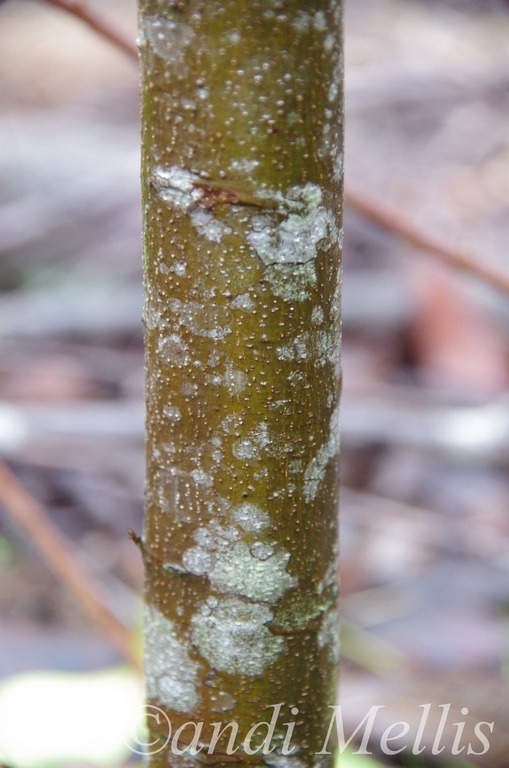
Cupaniopsis baileyana Author’s Garden The Pinnacles NSW
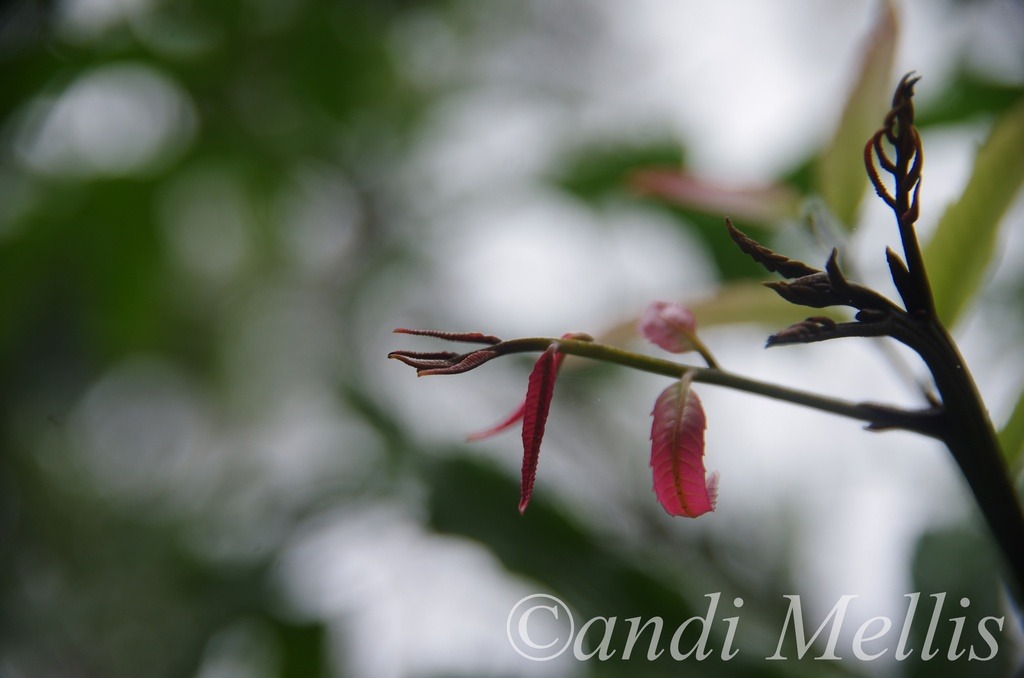
Cupaniopsis baileyana Author’s Garden The Pinnacles NSW
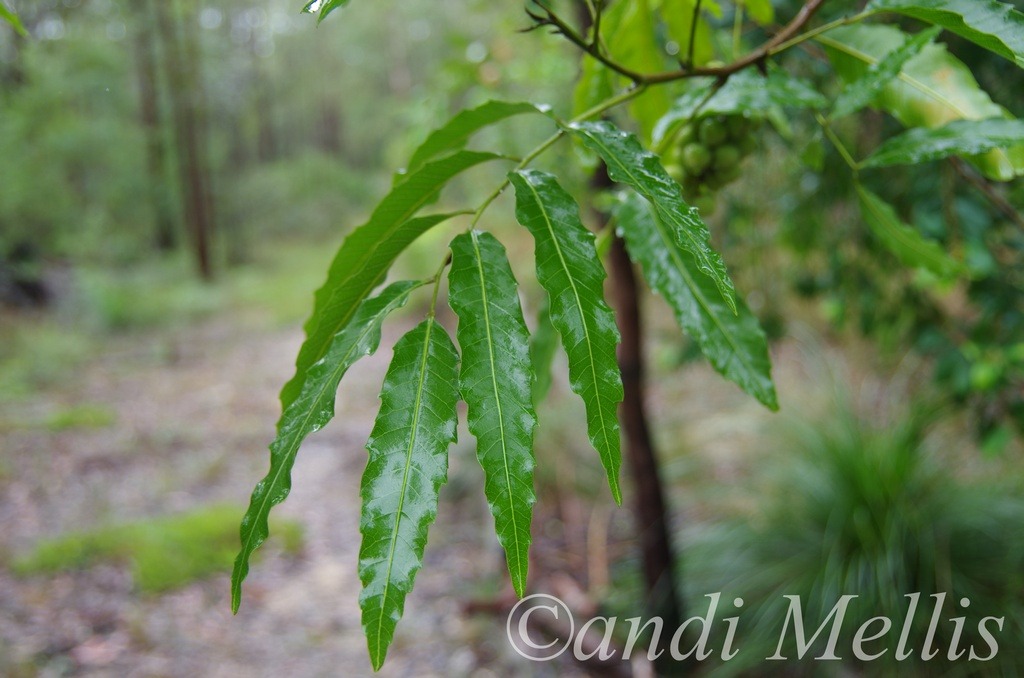
Cupaniopsis baileyana Author’s Garden The Pinnacles NSW
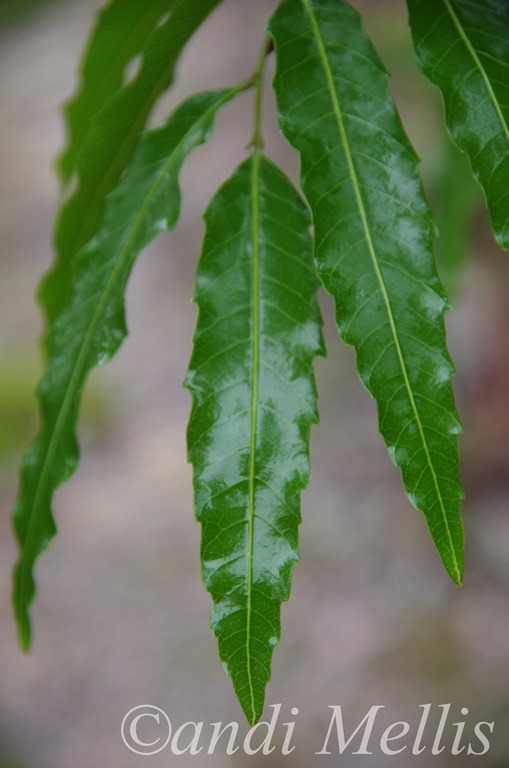
Cupaniopsis baileyana Author’s Garden The Pinnacles NSW
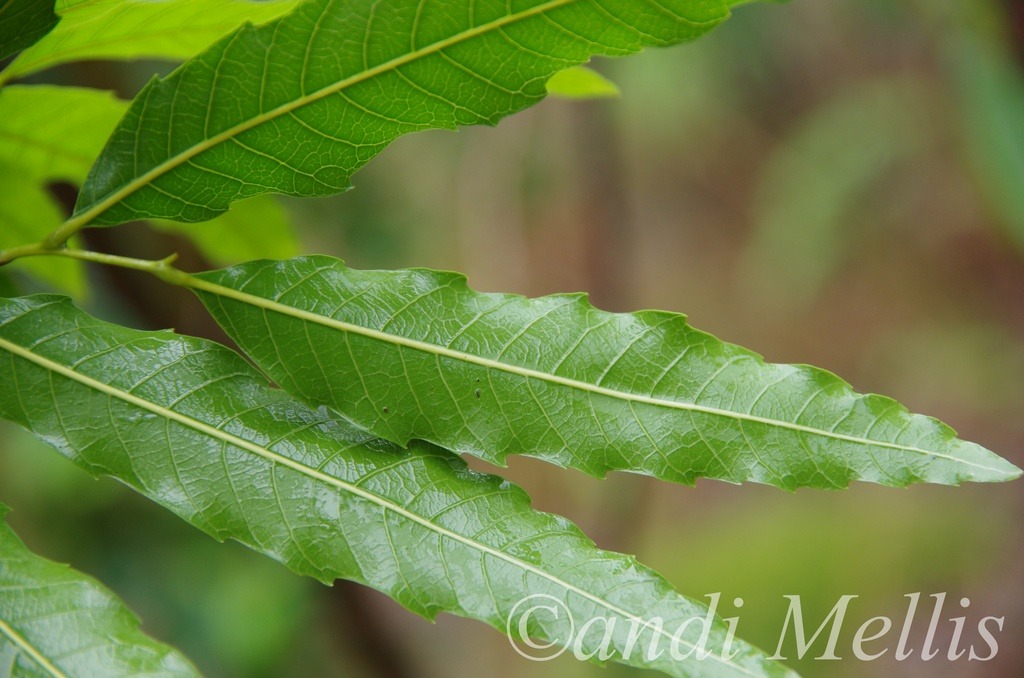
Cupaniopsis baileyana Author’s Garden The Pinnacles NSW
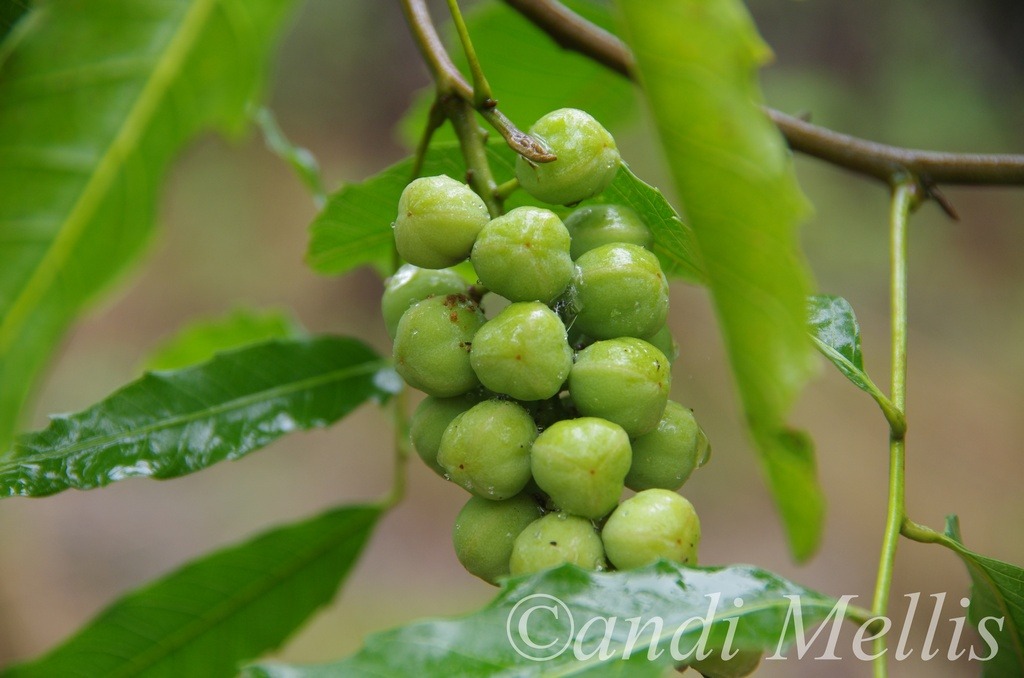
Cupaniopsis baileyana Author’s Garden The Pinnacles NSW
After a mid morning storm I raced out to photograph a beautiful giant mushroom I found the day before. The one on the left measured 160mm in diameter.
On my little adventure I took two photos of the leaves from Rhodosphaera rhodanthema, which consequently had two removed from the site and the new ones added. I took several photos of the seeds and though the seeds were already well represented these caught my attention with glistening water droplets below the ripe fruits. Rain drops never cease to amaze me.
Another plant of interest in the garden is Cupaniopsis baileyana which was found to have green fruits meaning I will have to wait till later in the year to catch it in flower. Pictured is the stem’s new growth showing the distinct furrows and very fine caducous, pubescent brown hairs.
Another change has seen the written description of Marsdenia flavescens removed and replaced under Leichhardtia flavescens to conform with its new name under botanical nomenclature.
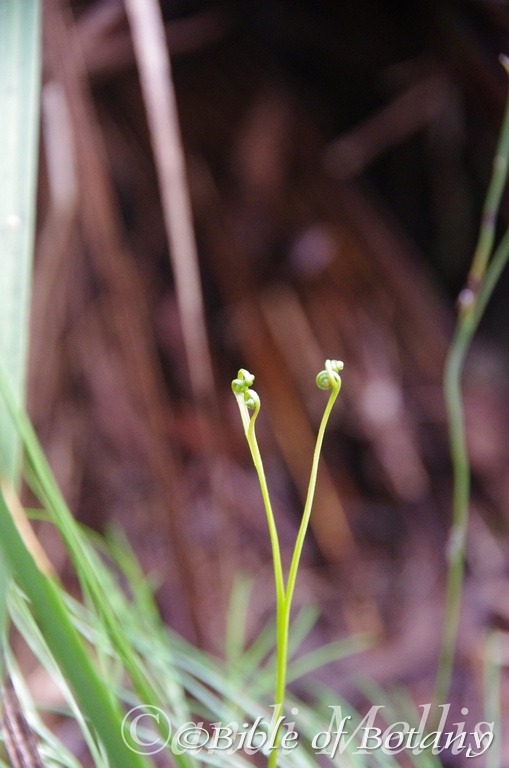
Author’s Garden The Pinnacles NSW
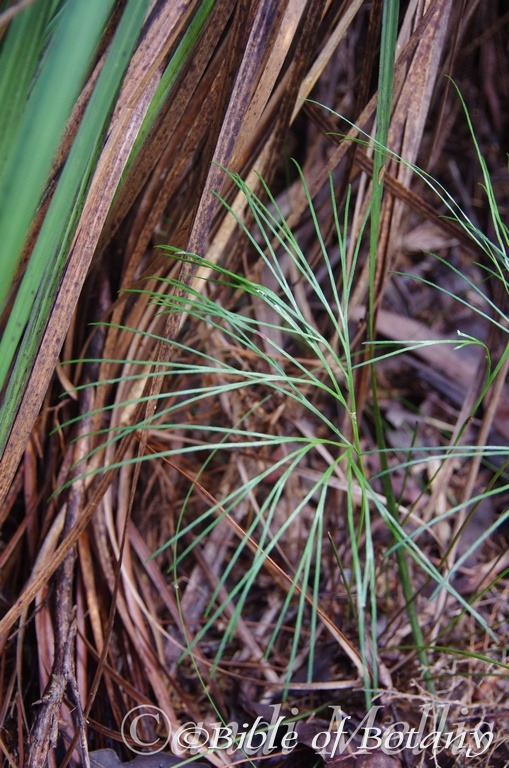
Author’s Garden The Pinnacles NSW
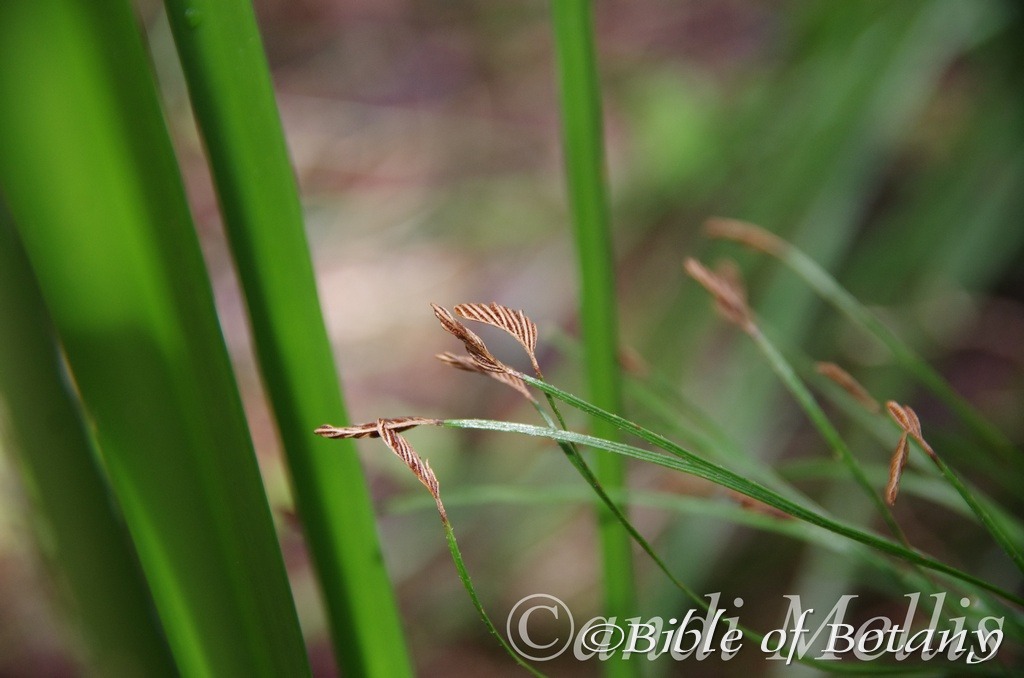
Author’s Garden The Pinnacles NSW
I have always had a soft spot for ferns. Even when working in China I could not resist in having a Chinese native fern garden. The school actually used it as a biology lesson when doing classes on botanical classification. After weeks of incessant rain we finally had a clear day and my attention was taken away from fungi to ferns.
Didn’t have to walk far when I noticed a Schizaea dichotoma, with very large fronds to 600mm in height and 320mm in width. To make my day it had a new cozier prior to unwinding and another frond’s apex had freshly ripening spore.
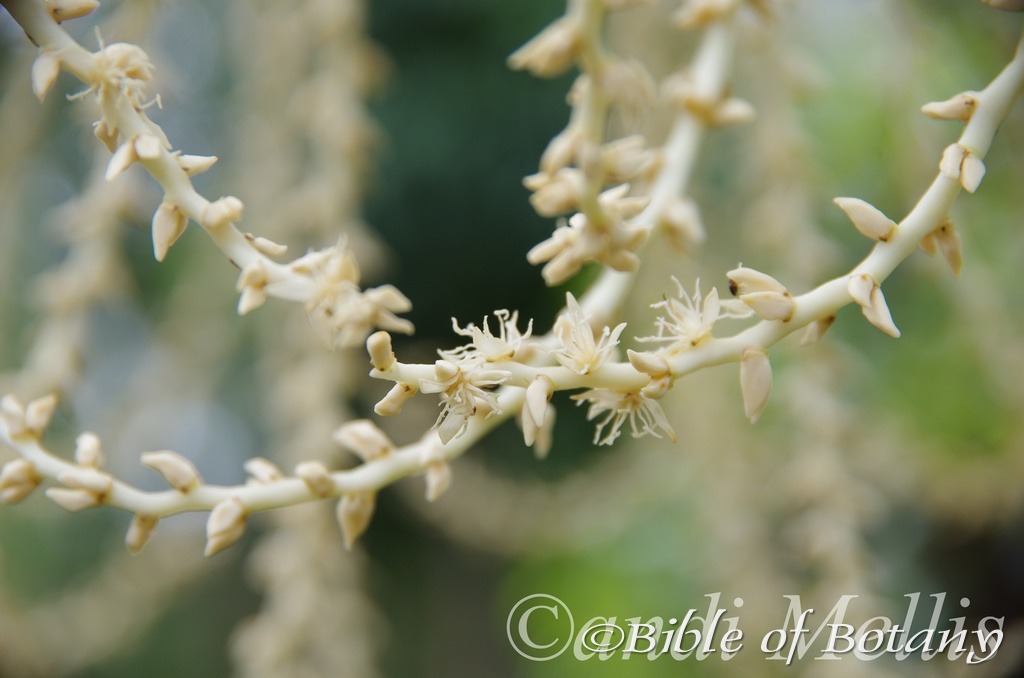
Author’s Garden The Pinnacles NSW
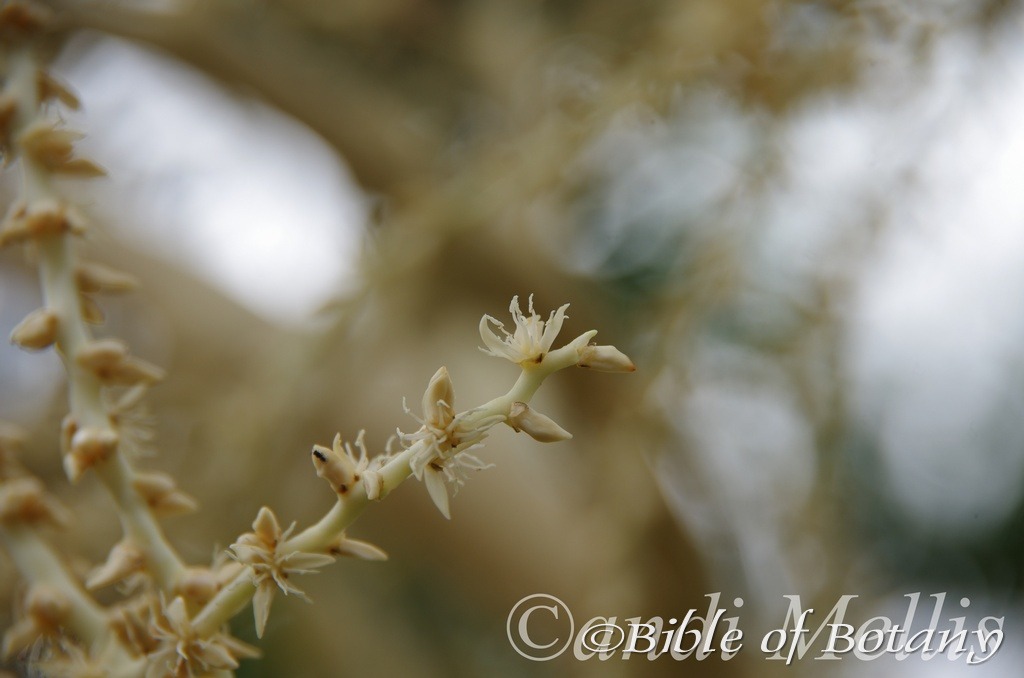
Author’s Garden The Pinnacles NSW
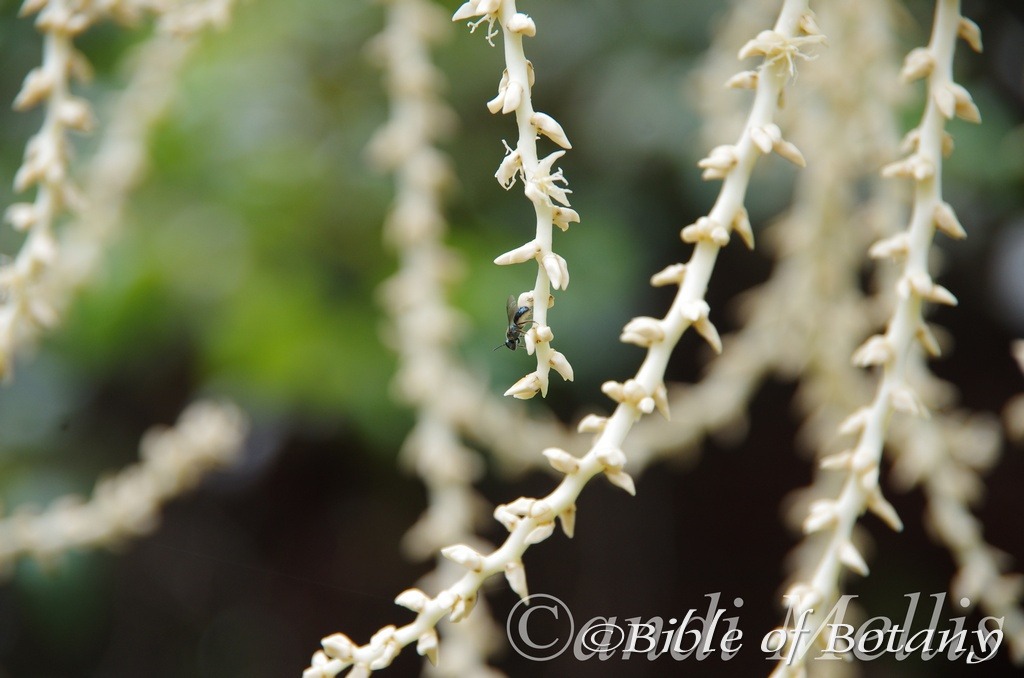
Author’s Garden The Pinnacles NSW
Finally had the chance to photograph Archontophoenix alexandrae in flower. I noticed that the European bee was the early riser to attended to the flowers. Next came the native stingless bee Tetragonula carbonaria in great numbers. Last to rise was a new specie to me of native bee, which is probably a hive bee notating its numbers and method of working the flowers. If any one can put a name to it, it would be greatly appreciated. Note the longer wings than body length and the upper abdomen is deep glossy blue while the lower abdomen is white and covered in white pulverulent hairs.
Australia has around 1,650 species of native bees that we know of. – https://www.abc.net.au/news/science/2021-10-01/australias-native-bees-black-summer-bushfires/100503694
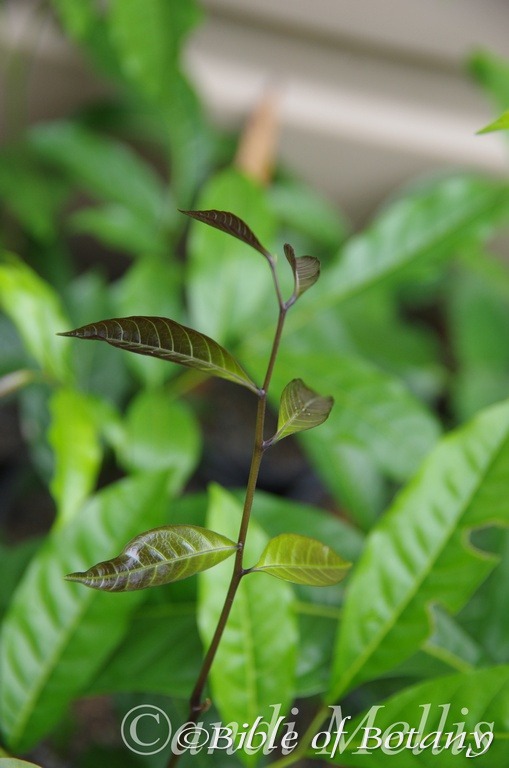
Author’s Garden The Pinnacles NSW
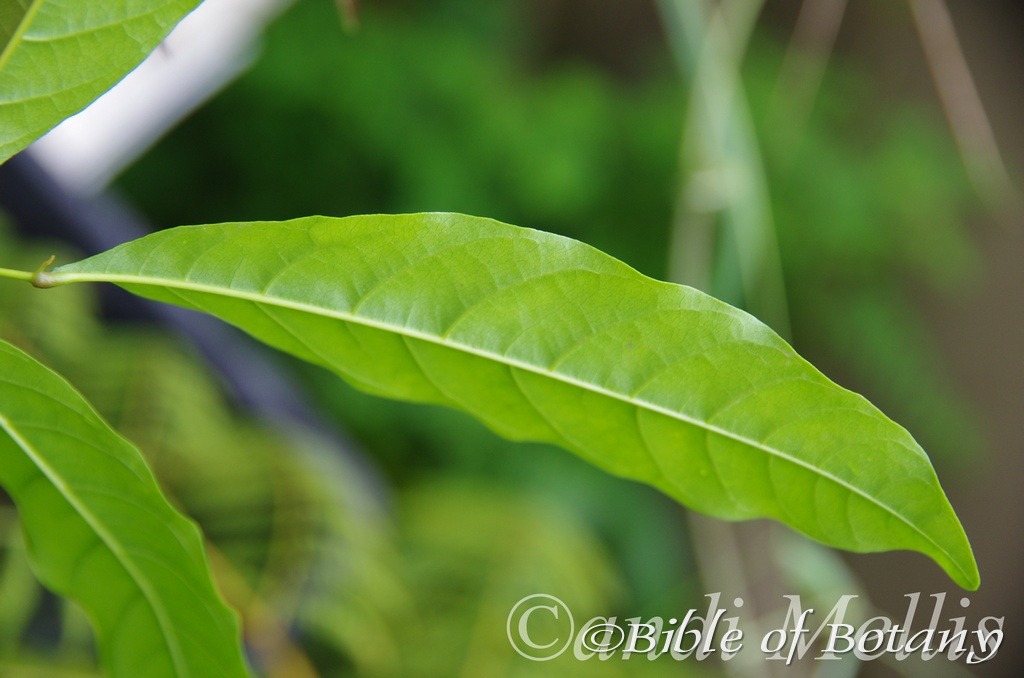
Author’s Garden The Pinnacles NSW
Collected seeds of Harpullia arborea while up in north Queensland a few years back and now have them planted out in the garden adjacent to the fire break. They had me puzzled for a while as they didn’t germinate within a month I discarded them and to my surprise a small clump germinated beneath my rain forest and took me a while to put the brain back in gear. The photos now include the narrower leaf form and the new growth. Happy gardening.
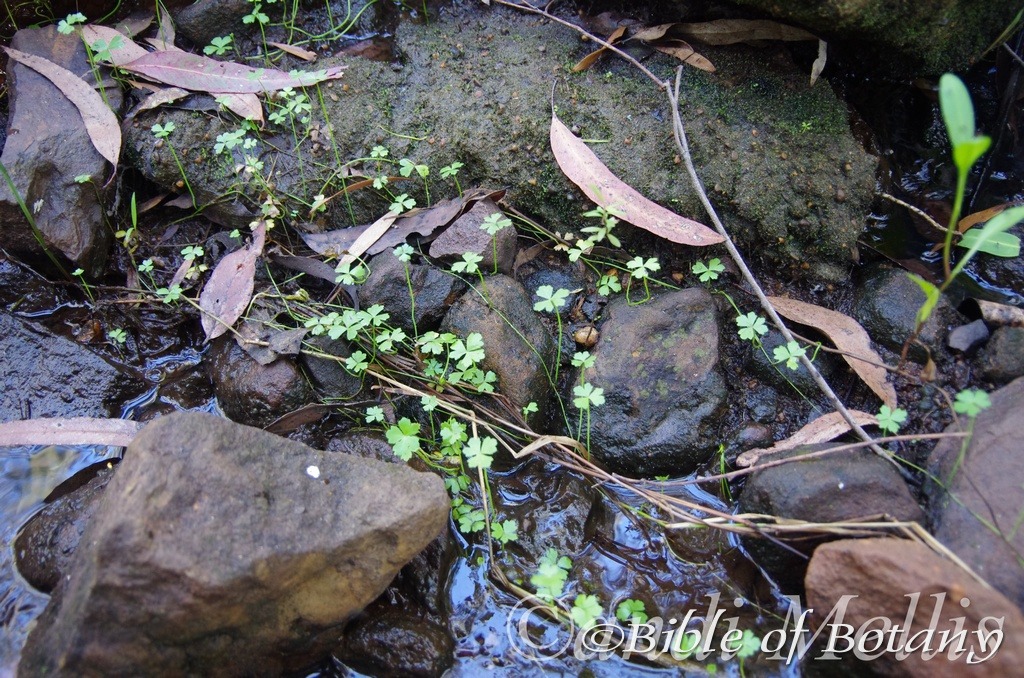
Hydrocotyle tripartita Mill Creek Fortis Creek National Park NSW
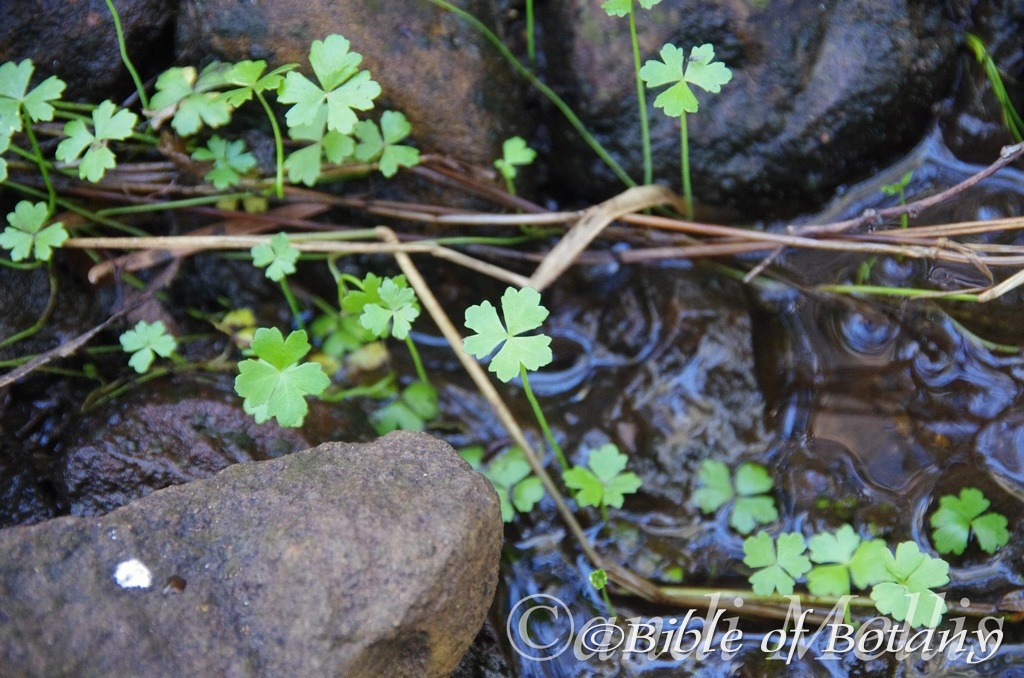
Hydrocotyle tripartita Mill Creek Fortis Creek National Park NSW
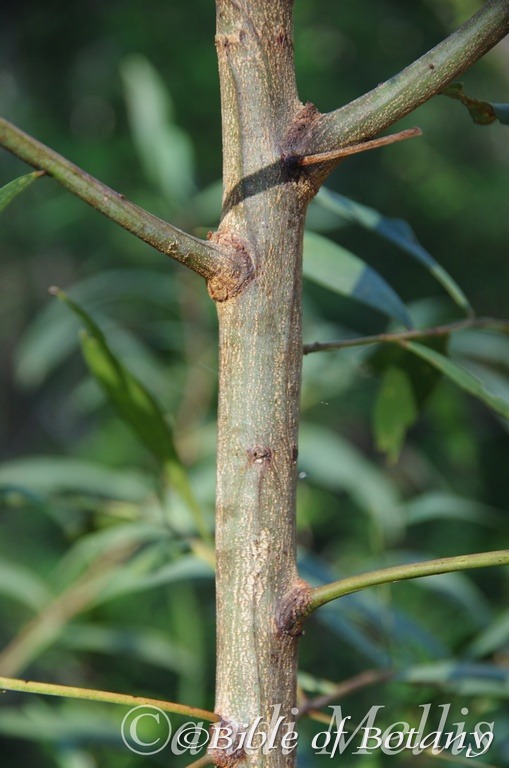
Acacia disparrima Mill Creek Fortis Creek National Park NSW
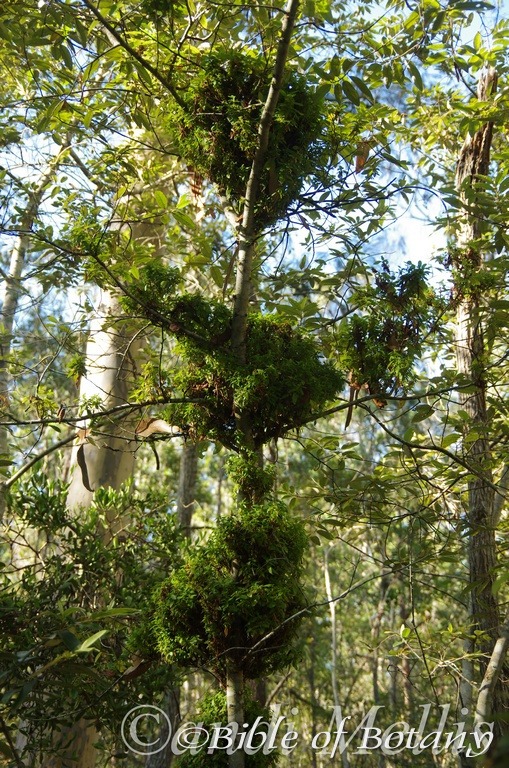
Alphitonia excelsa Mill Creek Fortis Creek National Park NSW
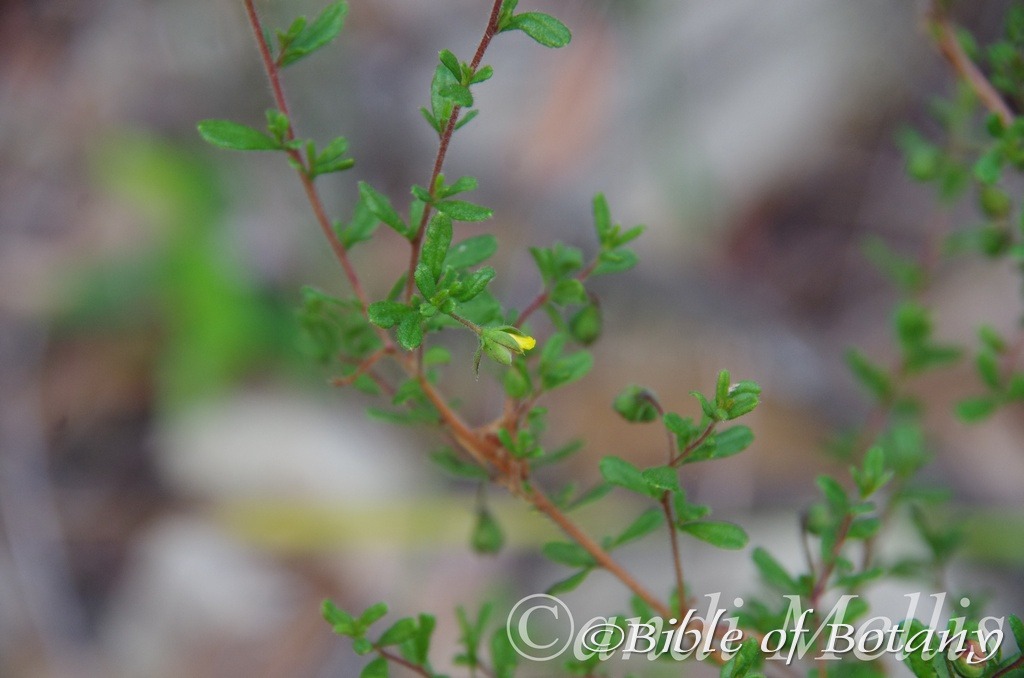
Hibbertia aspera Mill Creek Fortis Creek National Park NSW
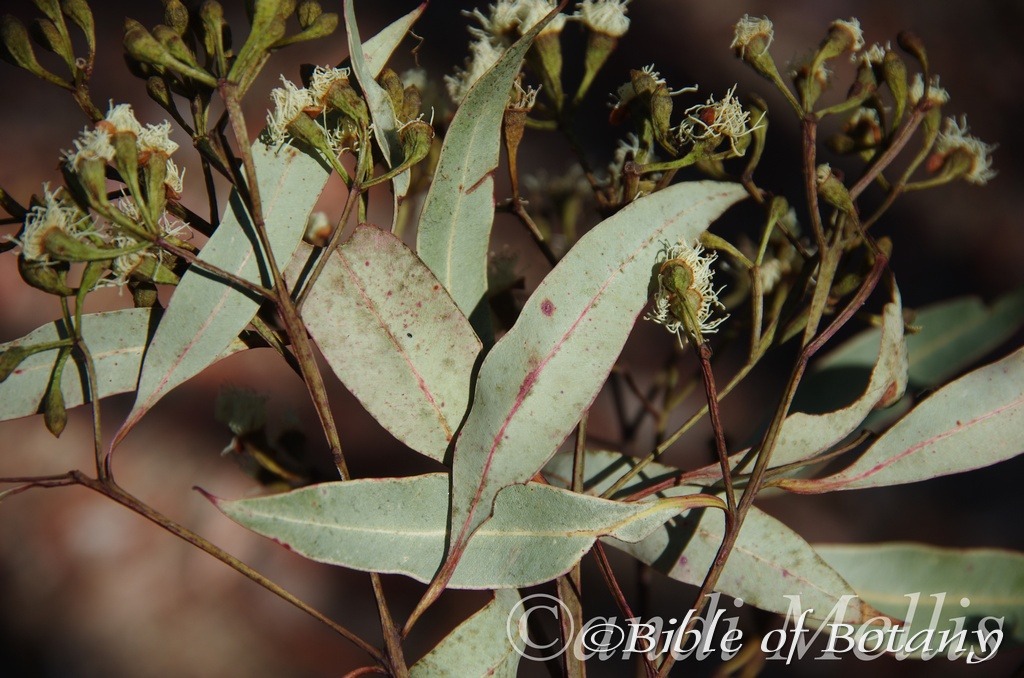
Eucalyptus tetrapleura Mill Creek Fortis Creek National Park NSW
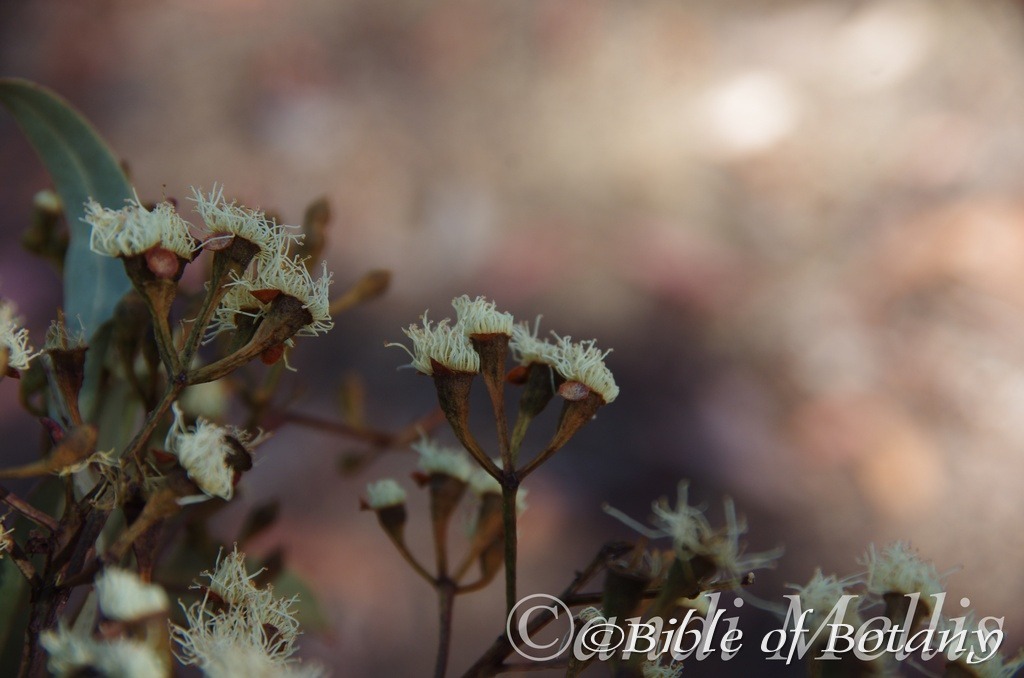
Eucalyptus tetrapleura Mill Creek Fortis Creek National Park NSW
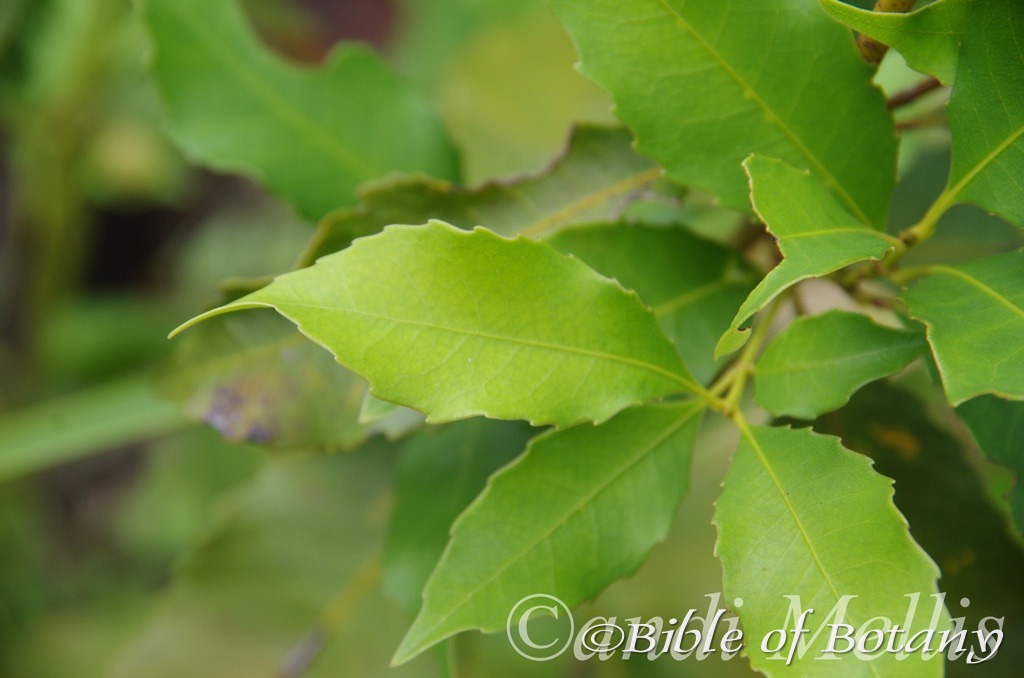
Schizomeria ovata Fortis Creek National Park NSW
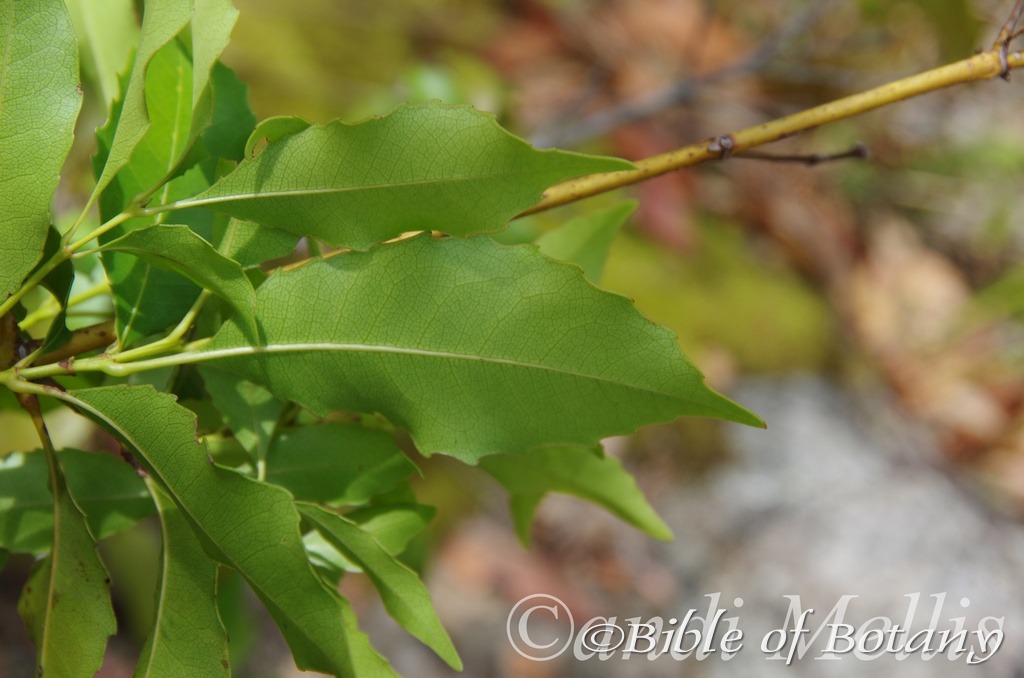
Schizomeria ovata Fortis Creek National Park NSW
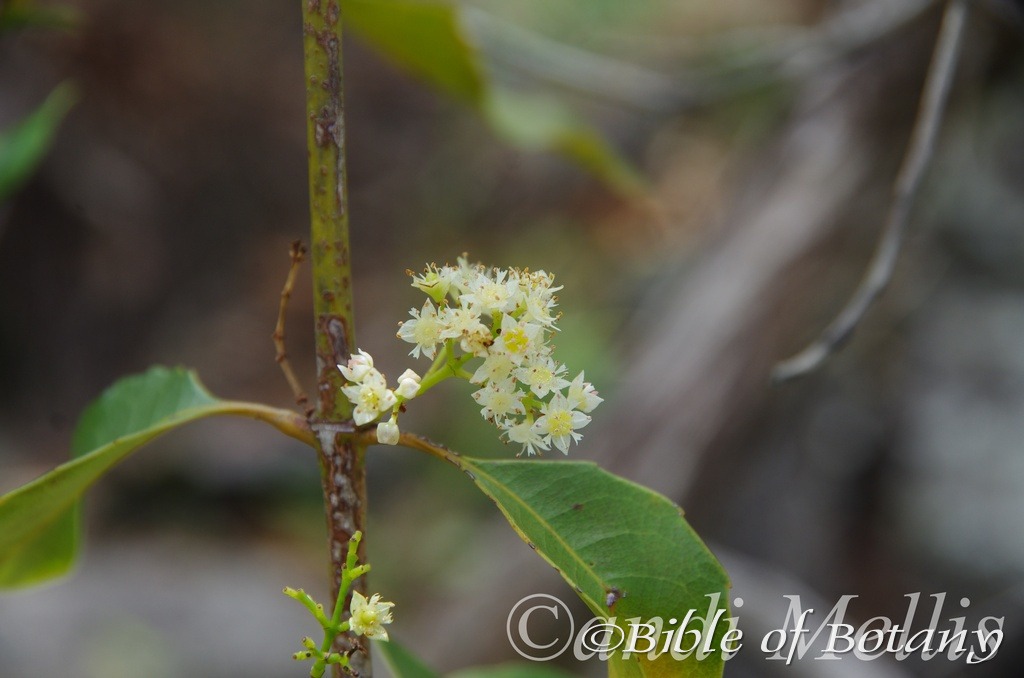
Schizomeria ovata Fortis Creek National Park NSW
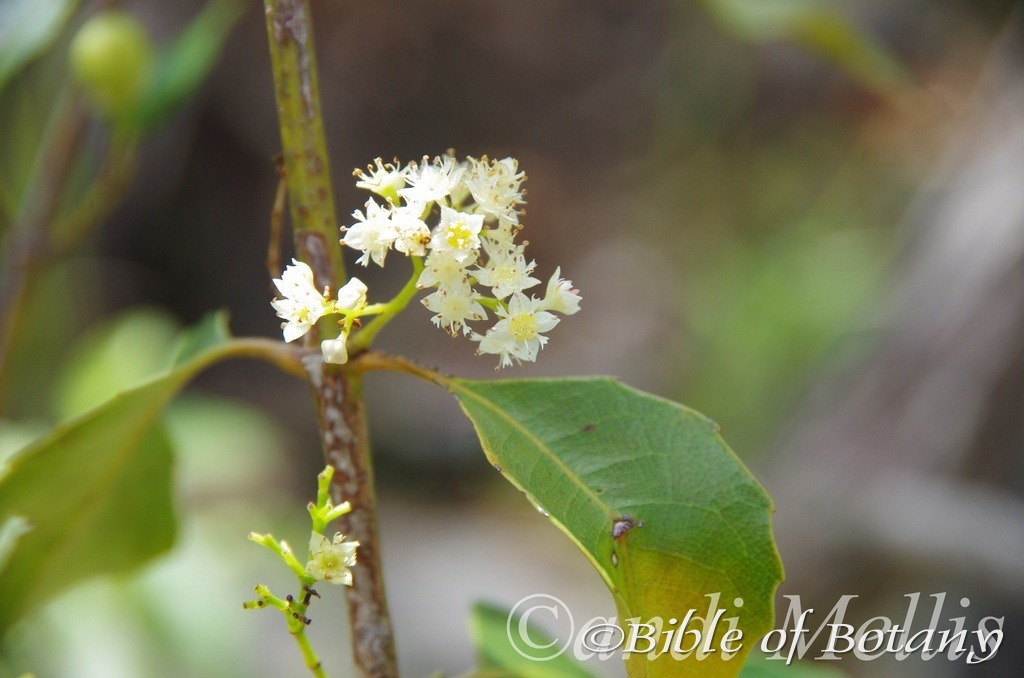
Schizomeria ovata Fortis Creek National Park NSW
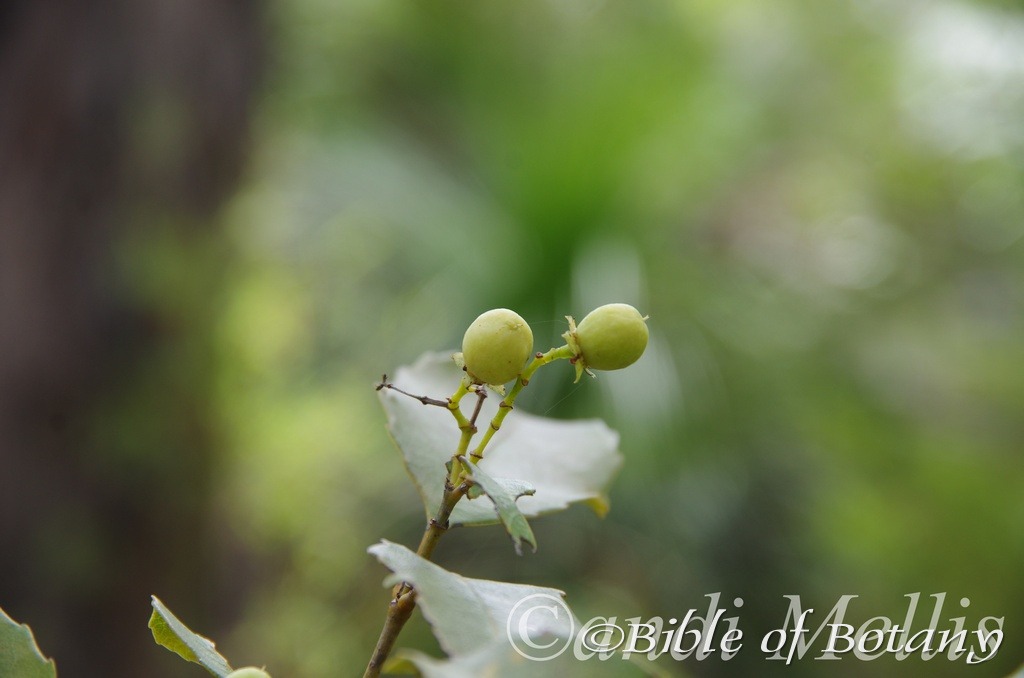
Schizomeria ovata Fortis Creek National Park NSW
Decided to do a creek walk today and located several plants that I had not photographed in the past or had better depicting photos of the genus and specie to attach to the web book.
A new specie for me is Hydrocotyle tripartita found growing in a slow flowing rill. need to keep an eye out now for the flowers.
Despite having several good photos of Acacia disparrima I can now include an immature tree’s trunk. The tree was growing close to the rill but far enough away to say it was on dry sandstone compared to the Queensland trees photographed on a tidal estuary. The tree is very versatile on habit conditions and soil types.
Alphitonia excelsa has recently been seen, several times with fasciation growth. The only other plant I have seen in the wild which is subject to fasciation is Lobelia pedunculata. I have also added the following description of fasciation in the text. It can be a genetic mutation that causes a plant’s growing tip/s to become flattened or elongated, or to look like multiple stems fused together.
Fasciation is where a plants abnormality is usually derived from a genetic mutation, which causes a plants growing tip/s to become flattened or elongated, or to look as if several stems have been fused together, while helical growth is a pattern of growth that involves circular movements, coiling, and twisting.
We; John edwards and I, have found in some areas in the Clarence Valley, Alphitonia excelsa seems to be prone to fasciation.
- Fasciation can be caused by malformation of plant stems that can cause abnormally strange growths,
- It can cause stems to be wide, flattened, and ribbed, or to grow in a spiral formation,
- It can cause flowers to look like two or more flowers have been grafted together as one or
- It can cause plant parts to increase in density.
Fasciation is caused by hormonal, genetic (mutations), bacterial, fungal, viral, or at times environmental factors, induced by physical damage to the growing point or caused by plant pests, such as insects, mites, or pathogens. The outer branches in the photo are normal whereas some of the branches close to the main trunk have become distorted.
I have included a good photo of Hibbertia aspera’s a calyx lobes, which a a very distinct property in identification of the species.
While the dried discarded leaves may not be the best example iit is the best I have of Eucalyptus tetrapleura. The flower head depicting the seven buds and the strong quadrilateral shape of the buds is a good example of how they can look making it easier to identify.
The two dried leaf photos of Schizomeria ovata have been removed and replaced with better photos of fresh green leaves. The photos depict the variation that exists in the foliage of the specie. Also added are the flowers which I have not seen before in the wild.
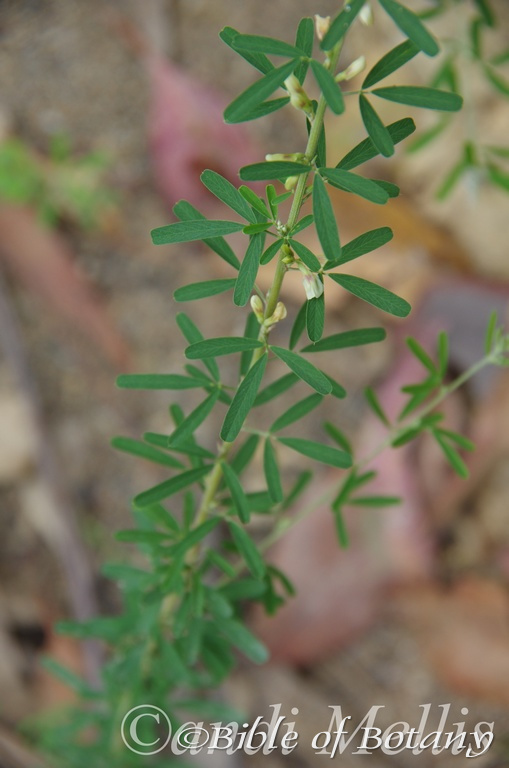
Lespedeza juncea subsp. sericea
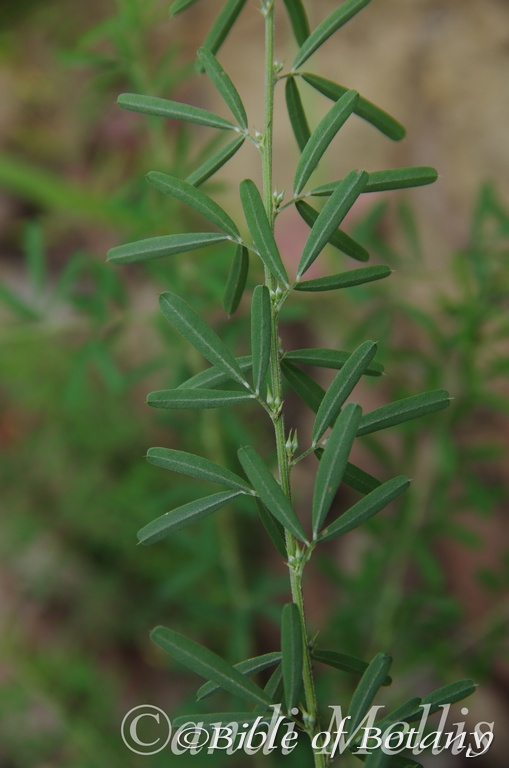
Lespedeza juncea subsp. sericea
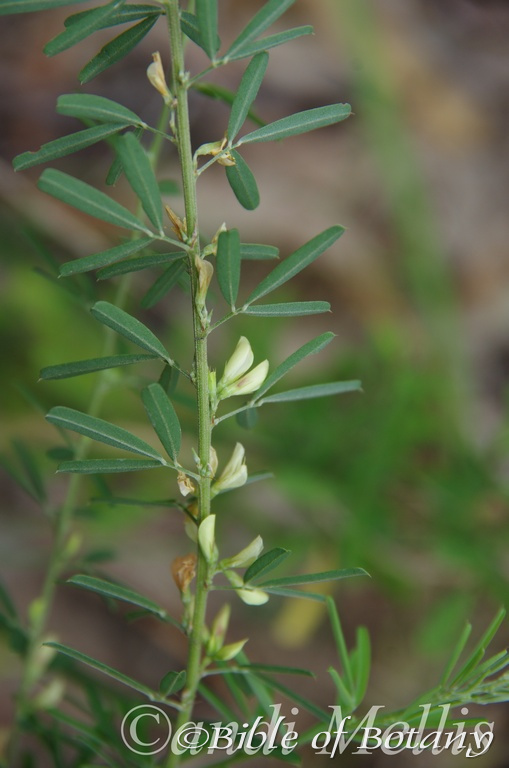
Lespedeza juncea subsp. sericea
Lespedeza juncea subsp. sericea has three new photographs, two of the leaves and one of the flower buds.
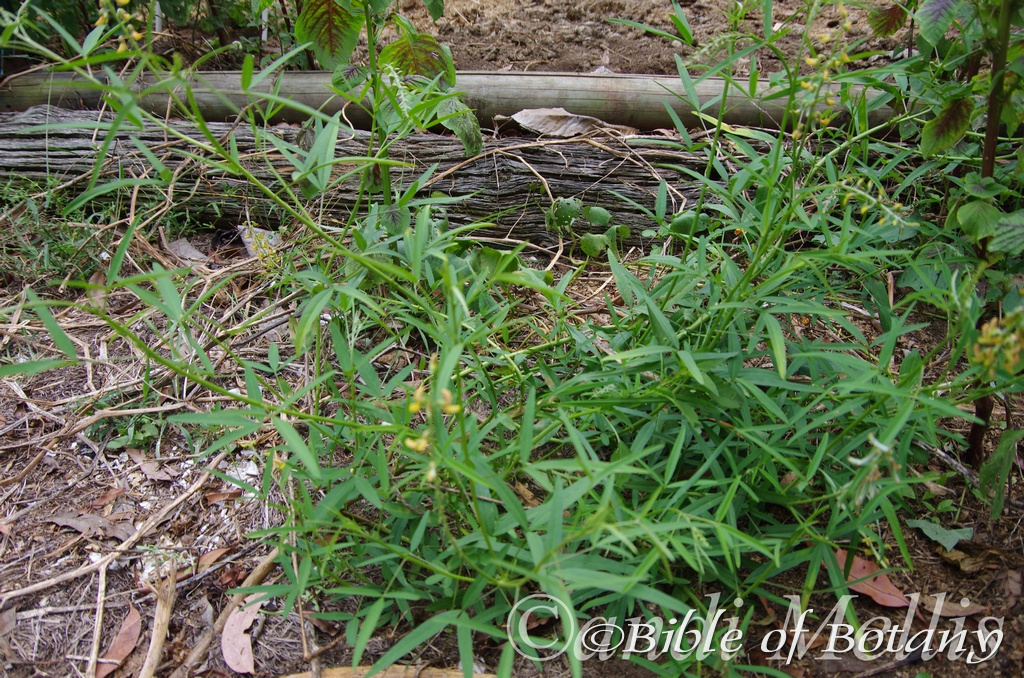
Author’s Garden The Pinnacles NSW
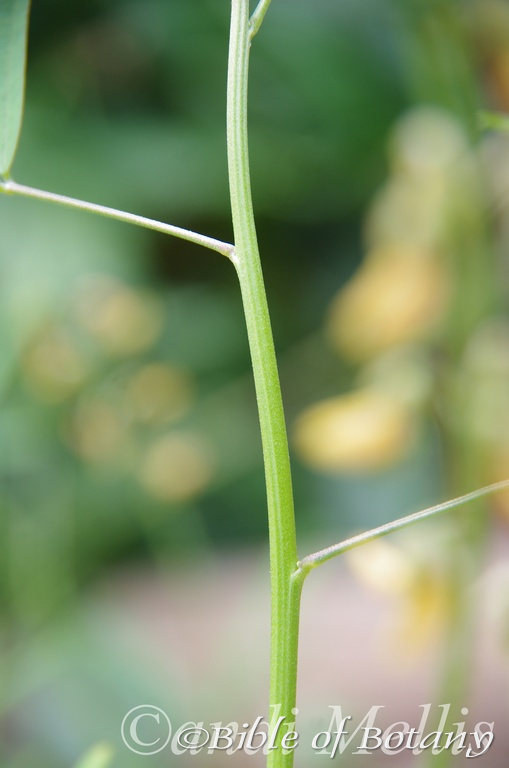
Author’s Garden The Pinnacles NSW
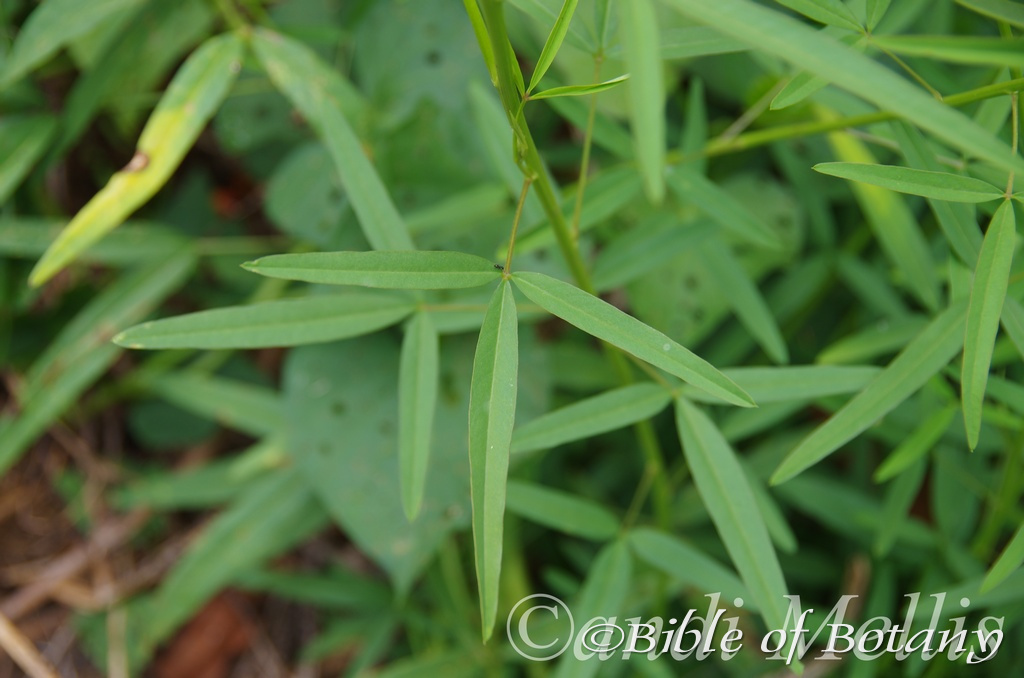
Author’s Garden The Pinnacles NSW
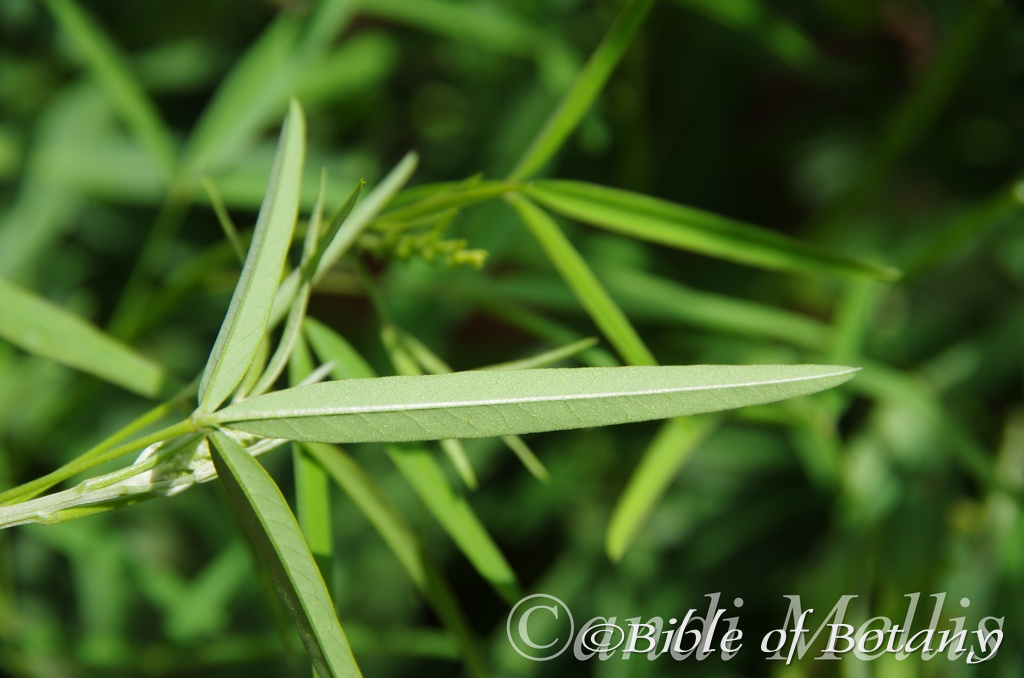
Author’s Garden The Pinnacles NSW
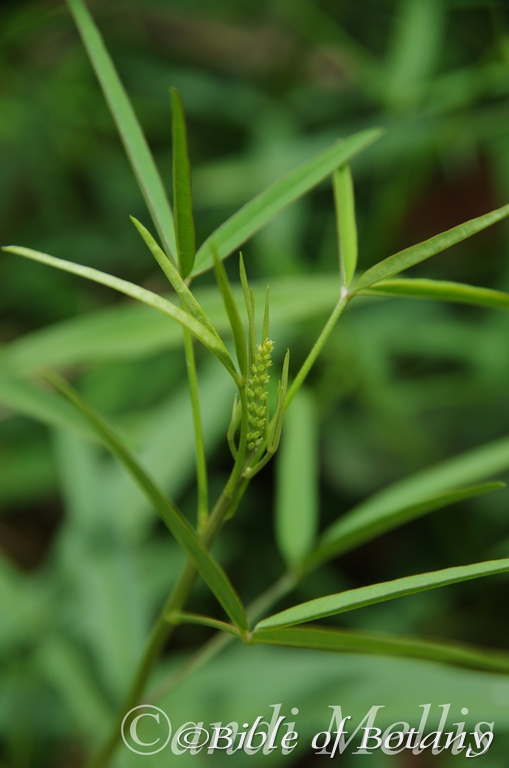
Author’s Garden The Pinnacles NSW
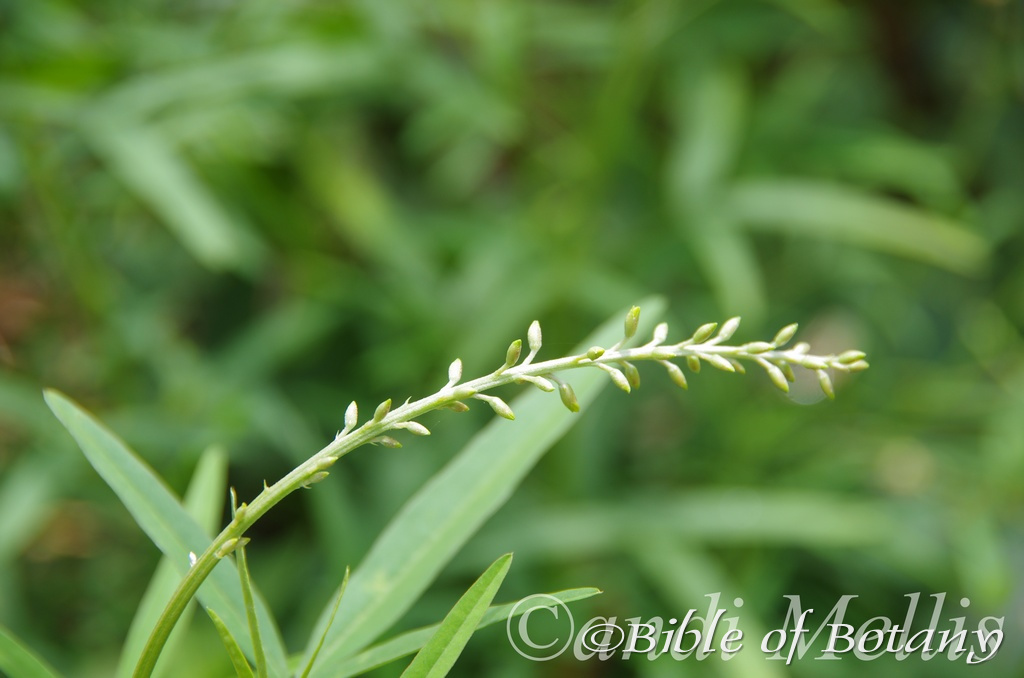
Author’s Garden The Pinnacles NSW
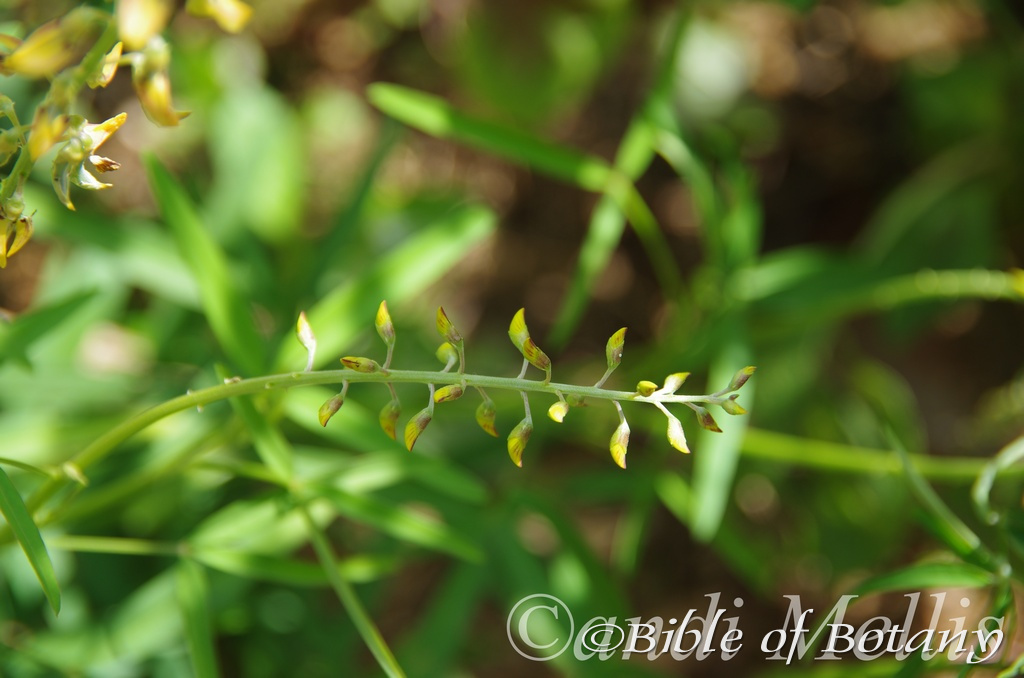
Author’s Garden The Pinnacles NSW
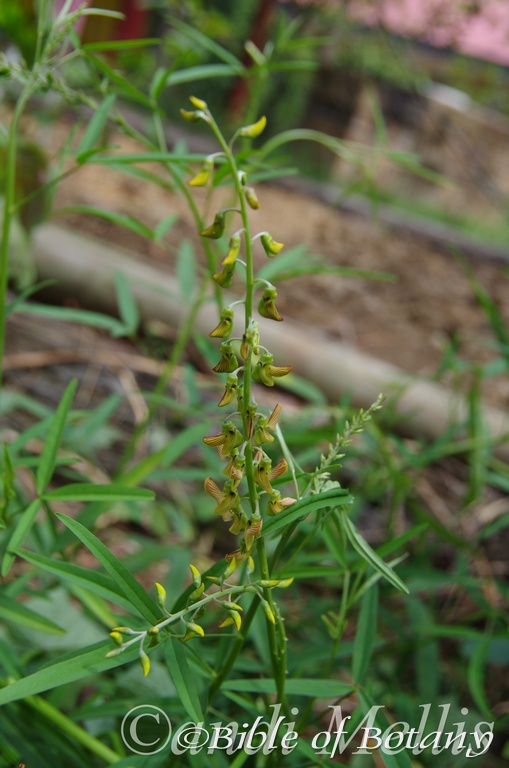
Author’s Garden The Pinnacles NSW
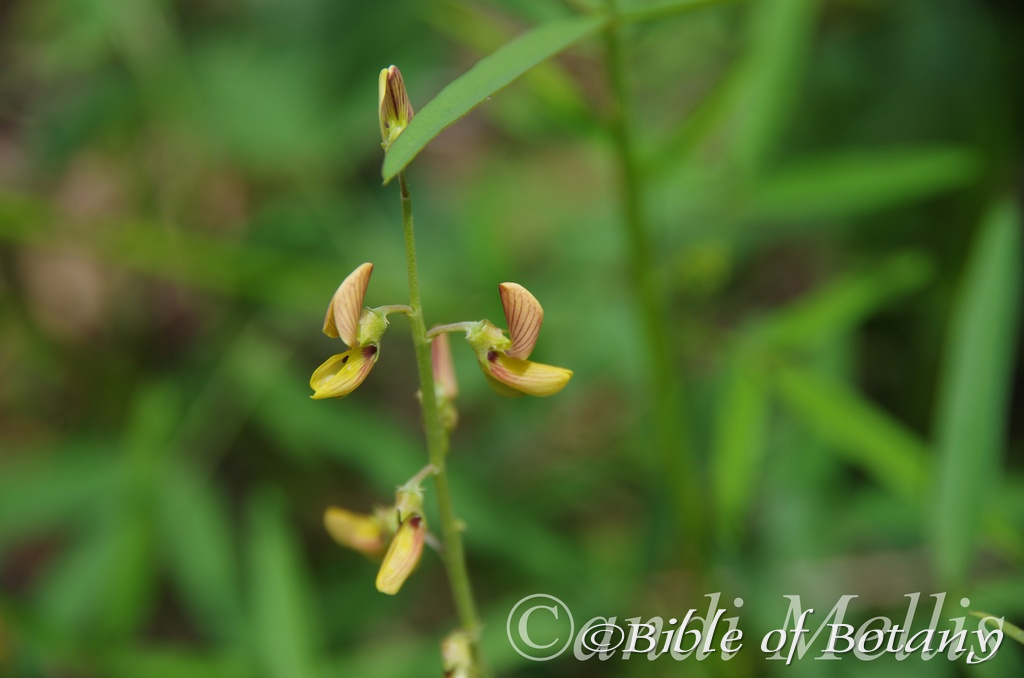
Author’s Garden The Pinnacles NSW
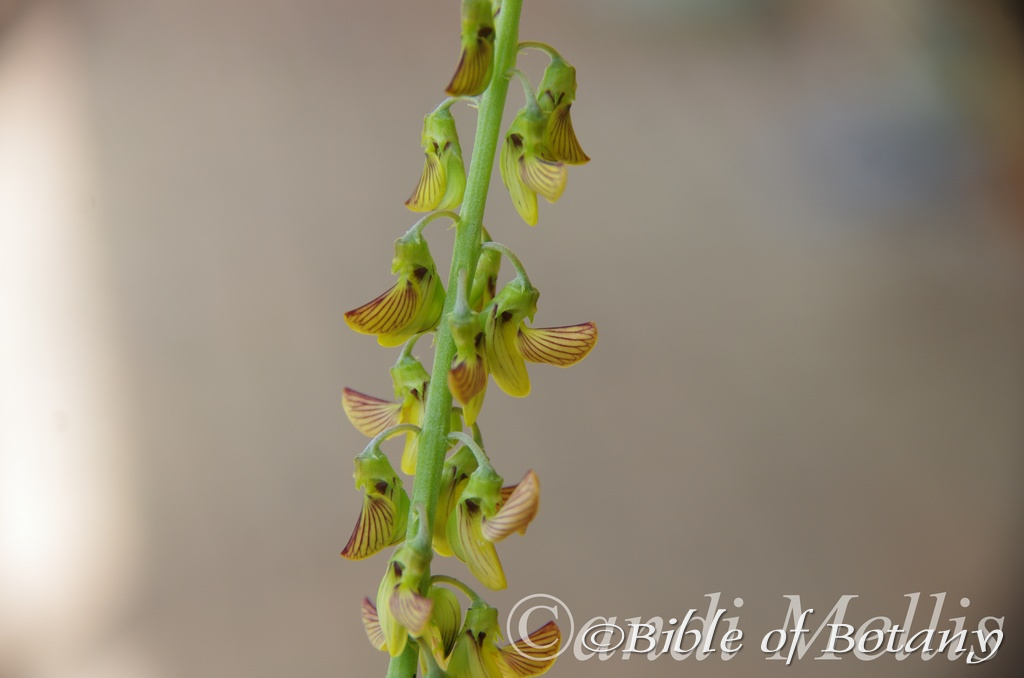
Author’s Garden The Pinnacles NSW

Author’s Garden The Pinnacles NSW
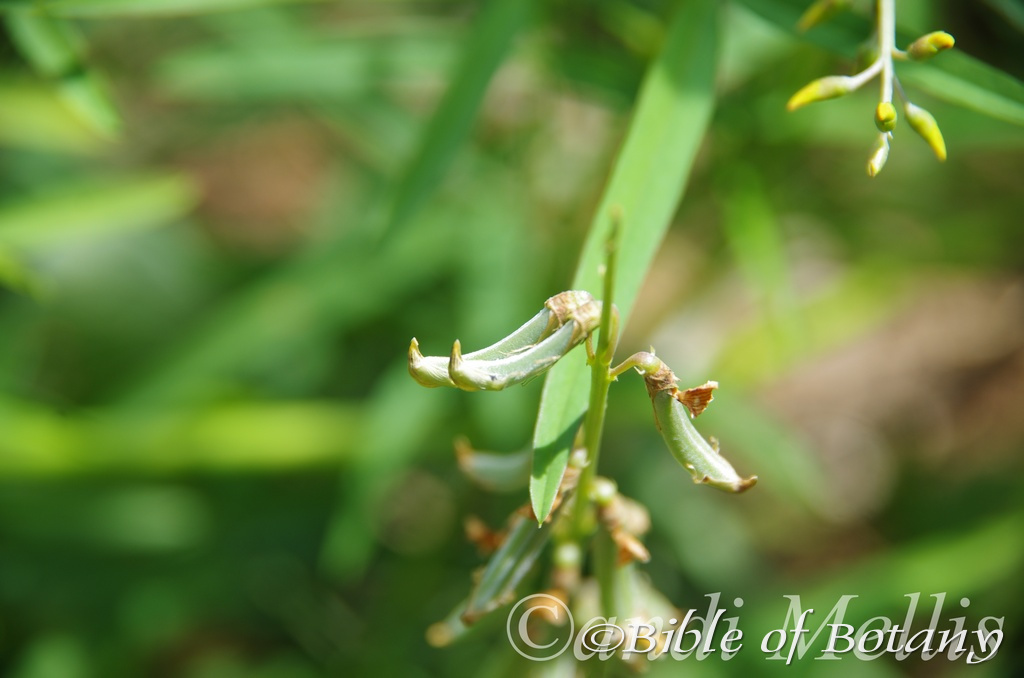
Author’s Garden The Pinnacles NSW
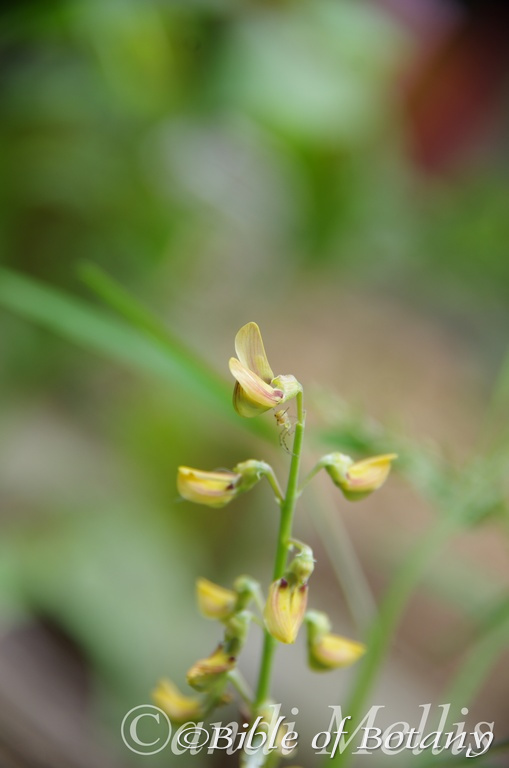
Author’s Garden The Pinnacles NSW
While out in the vege patch; growing between our tomatoe tom thumbs, this morning, what I considered to be a weed Crotalaria started flowering. It turned out to be Crotalaria lanceolata subsp. lanceolata. A closer examination of photos I had on the web for this species appears I may have erred so the old photos have been removed with the new photos now on site. It was a great opportunity as the plant was in all stages of flowering from young buds to green fruits.

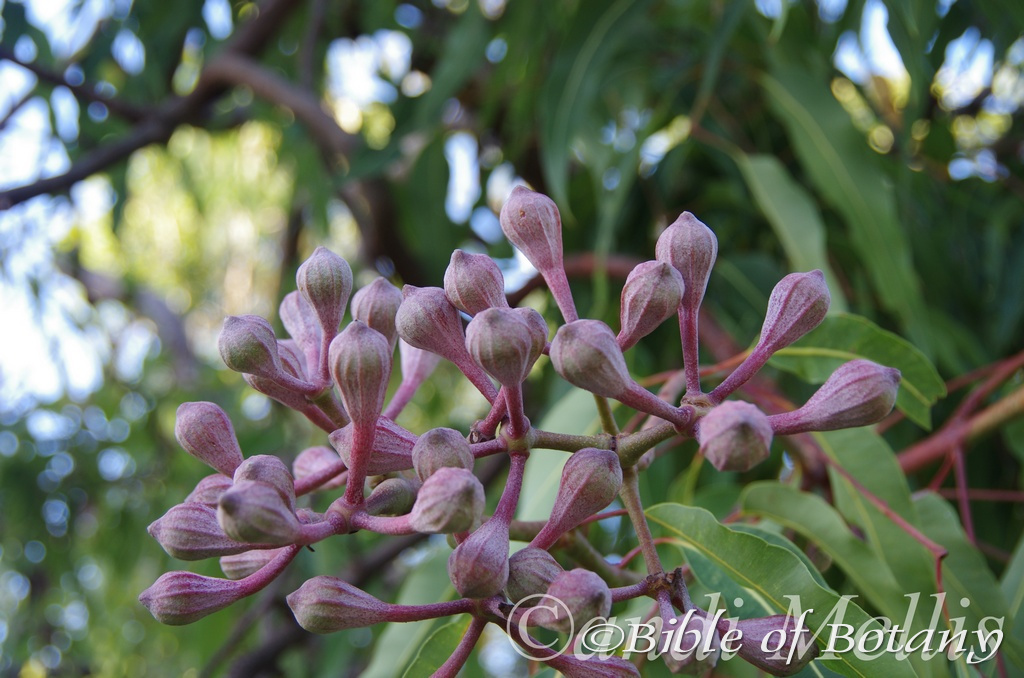
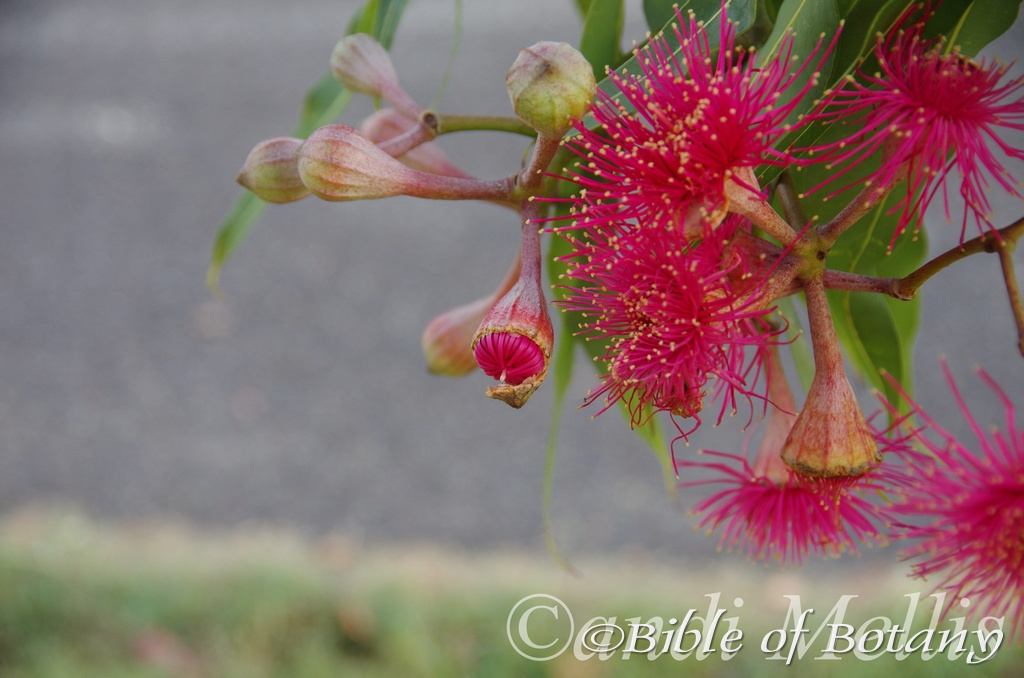
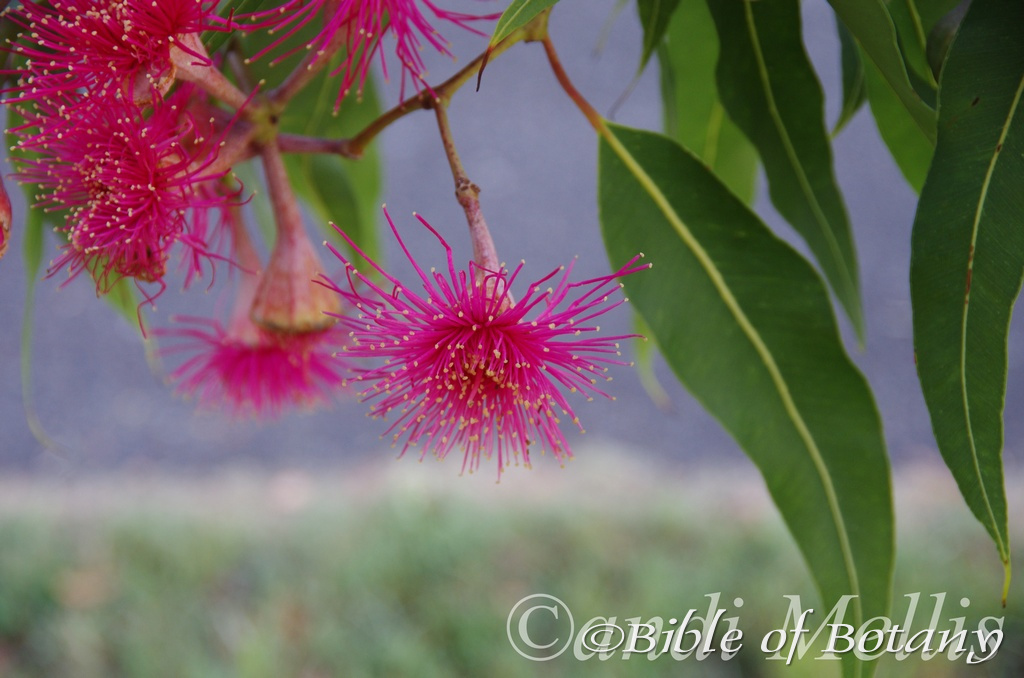

While in Brisbane attending my granddaughters 21st, I visited a park in Seven Hills where several Corymbia ptychocarpa are known to be in flower displaying a variety of natural colour variations. The morning air was cool and clear just right for photography. I was able to get a few new photos to add and change on the web. A very nice shot showing the formation of the 7 buds, which make up part of a standard flower cluster. A bud opening with the cap still attached and a gumnut with the style still attached made for an enjoyable morning.
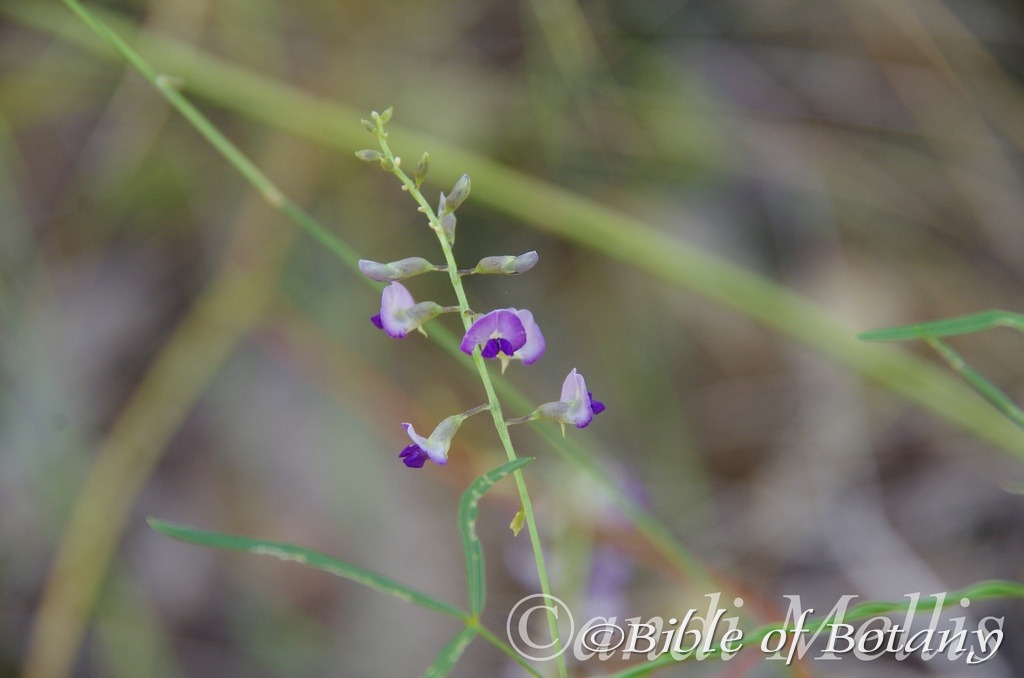
Glycine clandestina Fortis Creek National Park NSW

Aristida benthamii Fortis Creek National Park NSW

Aristida benthamii Fortis Creek National Park NSW
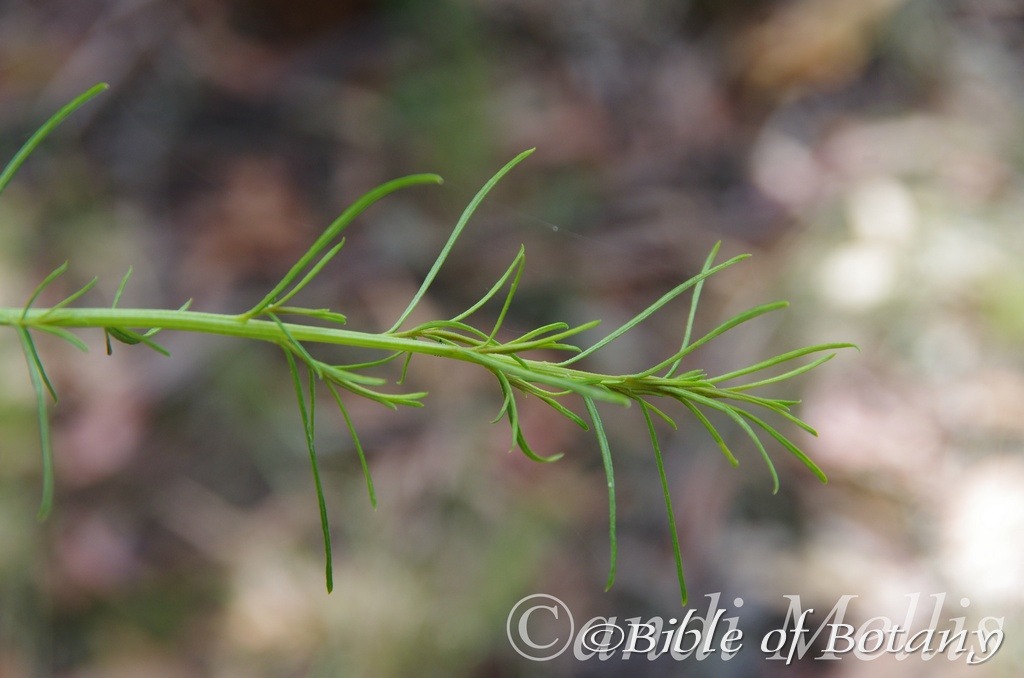
Cassinia quinquefaria Fortis Creek National Park NSW
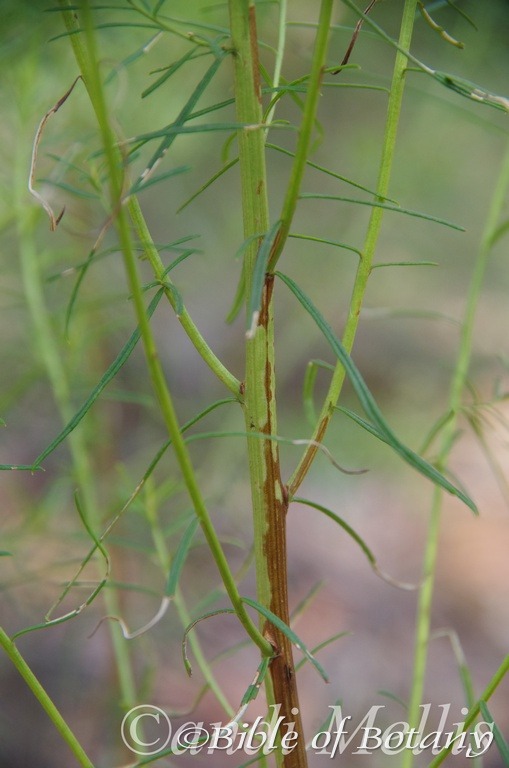
Cassinia quinquefaria Fortis Creek National Park NSW
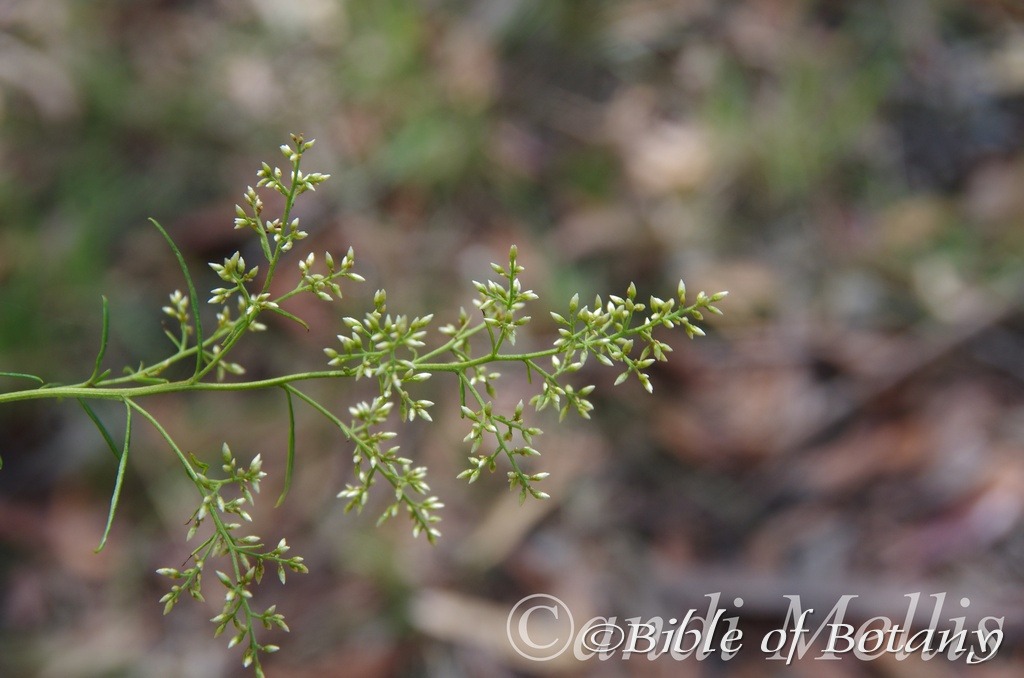
Cassinia quinquefaria Fortis Creek National Park NSW
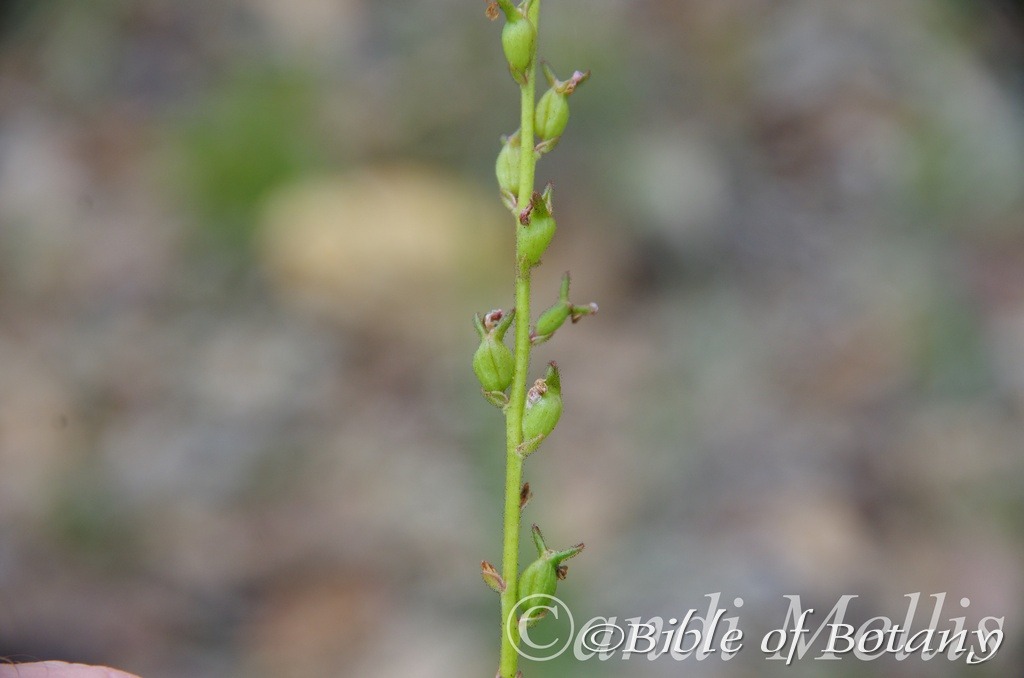
Stylidium graminifolium Fortis Creek National Park NSW
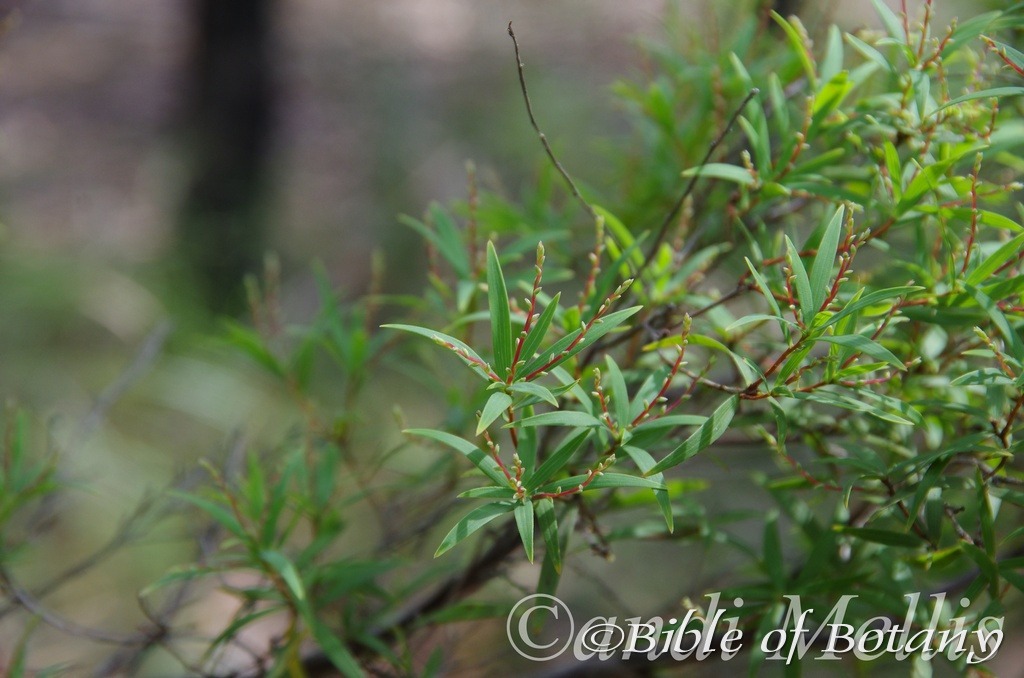
Leucopogon lanceolatus Fortis Creek National Park NSW
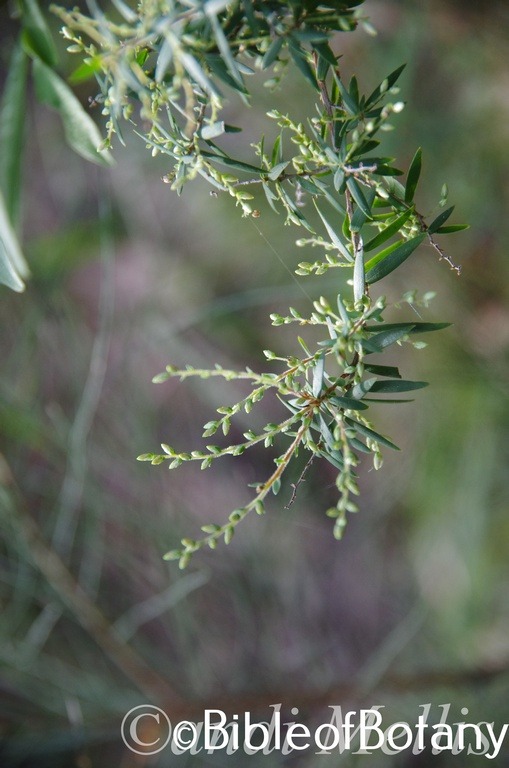
Leucopogon lanceolatus Yuraygir National Park NSW
Not the best weather at the moment for all day hikes off the beaten track but was still able to add a few more photos like that of Glycine clandestina close to home.
Aristida benthamii has another two photos including a better photo of the leaf and one of the entire flower spike showing its weeping habit.
There are three more new photos on Cassinia quinquefaria. Though rather common is scarce nearer to the coast so made my day in he field.
Stylidium graminifolium obviously enjoys the warmer than normal summers we are experiencing at the moment with above average rainfall. Plants in the wild are setting good seed. so should see a lot more in the next growing season.
The early flower buds of Leucopogon lanceolatus are depicted with a glabrous form and a pubescent form. Both forms are from the Clarence Valley.
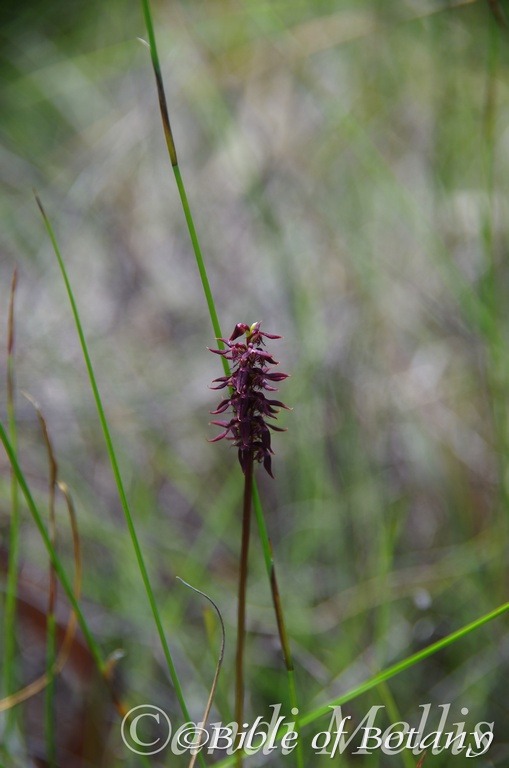
Genoplesium acuminatum Clarence Valley NSW
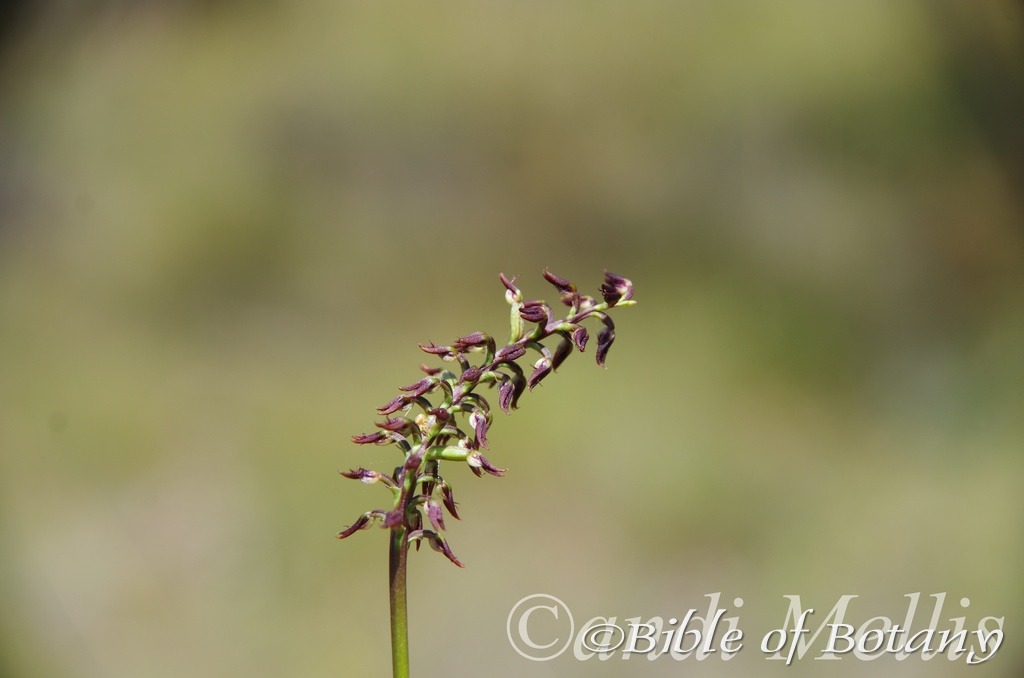
Genoplesium acuminatum Clarence Valley NSW
Today’s walk uncovered a very beautiful surprise in Genoplesium acuminatum the pointed Midge Orchid which is now known as Corunastylis acuminata. I still have it listed under its former name.
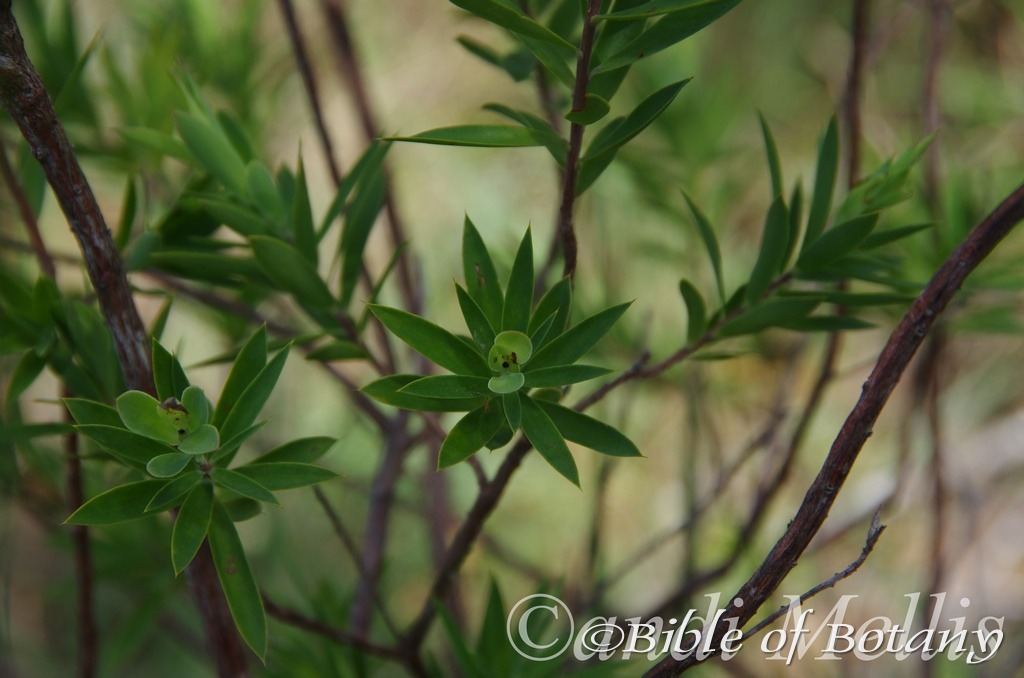
Monotoca scoparia Fortis Creek National Park NSW
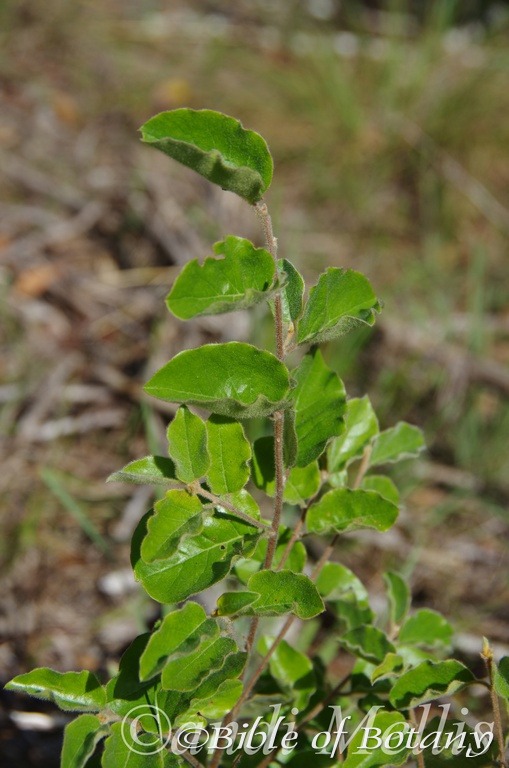
Petalostigma pubescens Fortis Creek National Park NSW
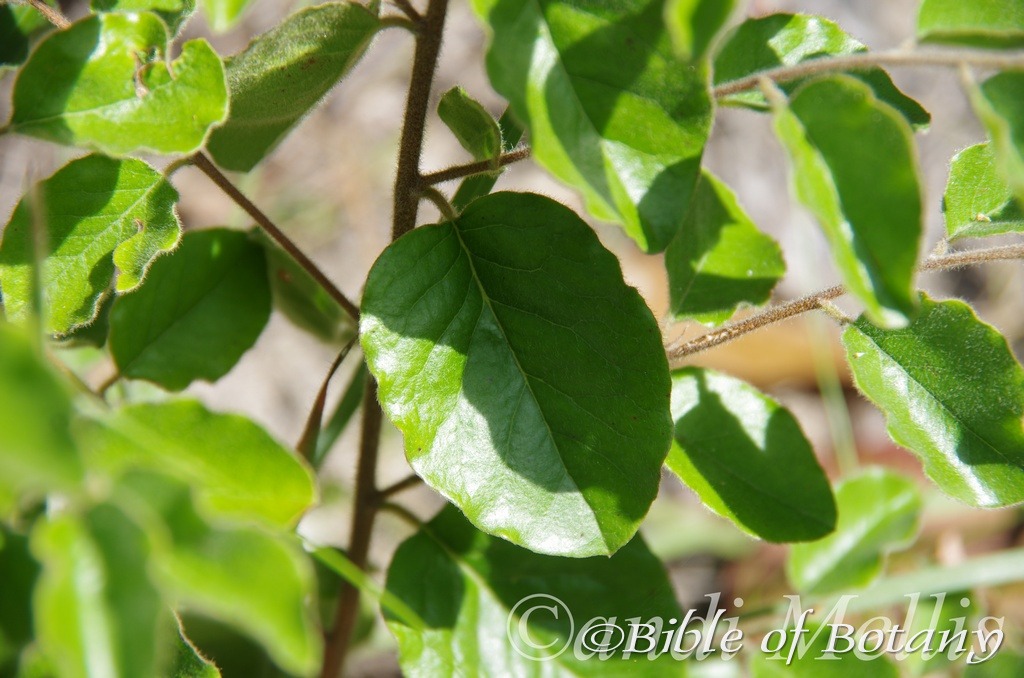
Petalostigma pubescens Fortis Creek National Park NSW

Petalostigma pubescens Fortis Creek National Park NSW
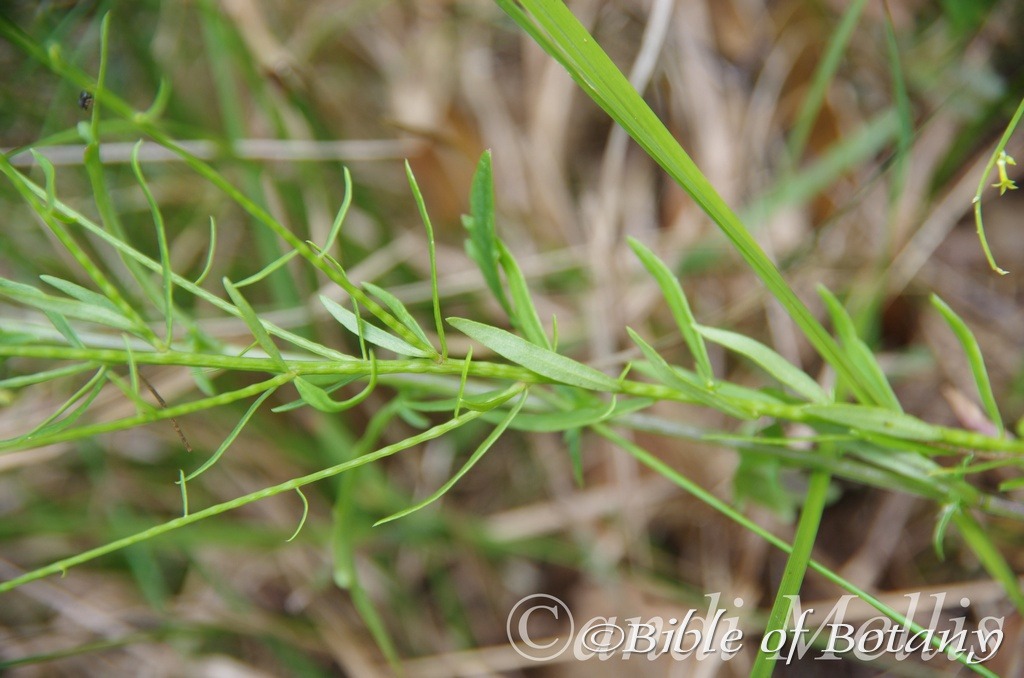
Pseuderanthemum variabile Fortis Creek National Park NSW
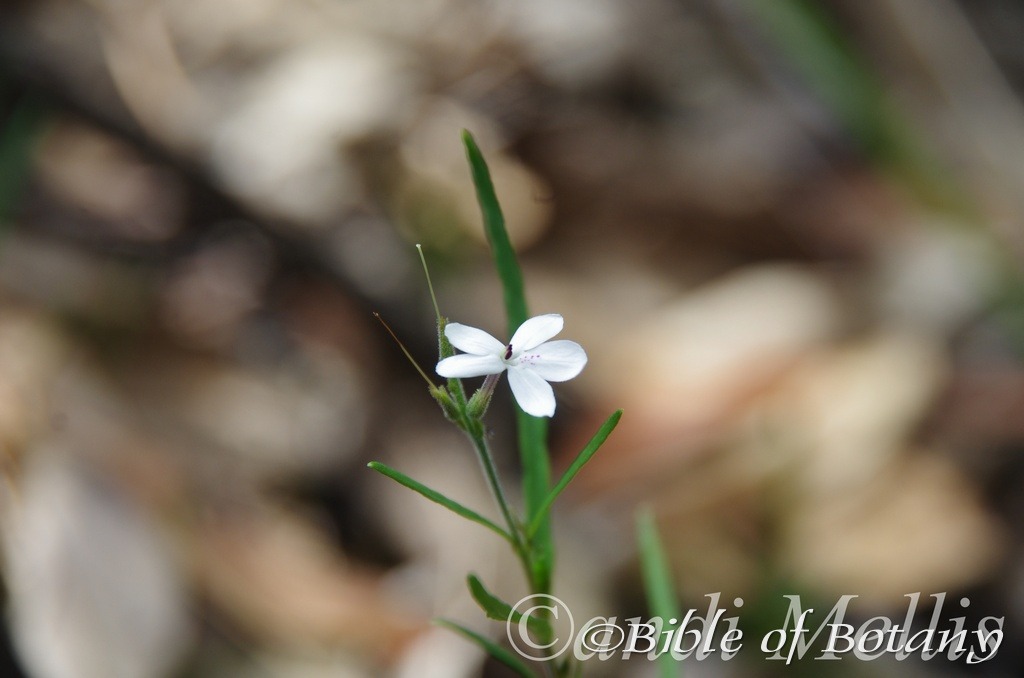
Pseuderanthemum variabile Fortis Creek National Park NSW

Scleria rugosa Fortis Creek National Park NSW
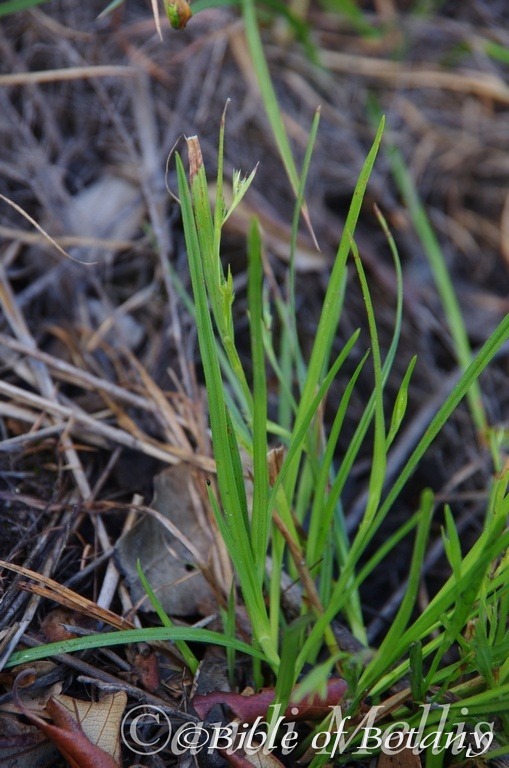
Scleria rugosa Fortis Creek National Park NSW
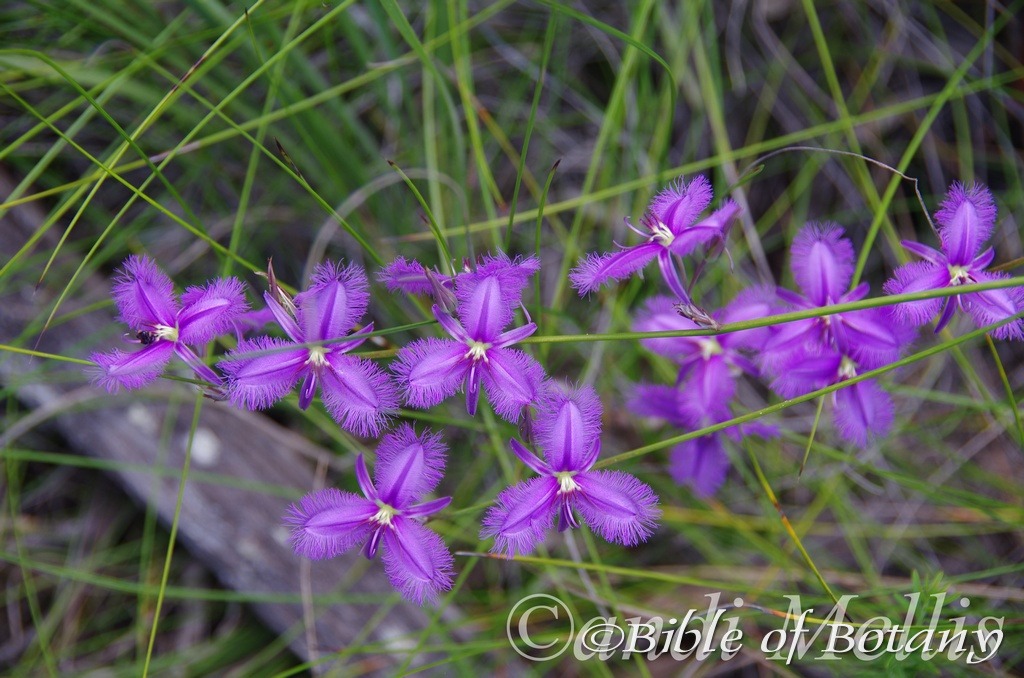
Thysanotus tuberosus Fortis Creek National Park NSW
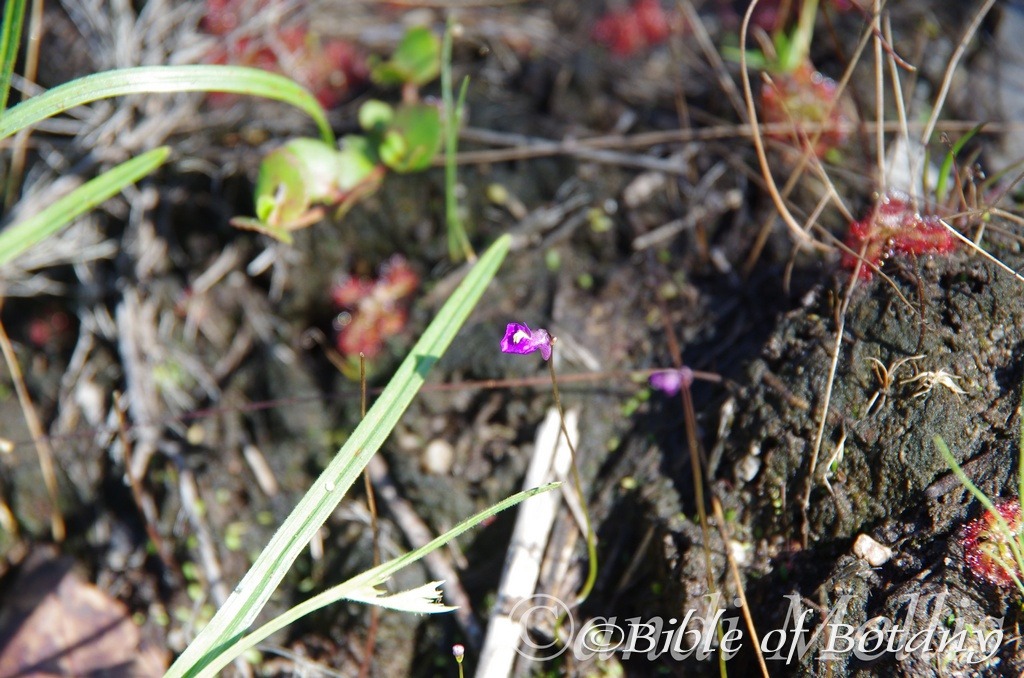
Utricularia dichotoma Fortis Creek National Park NSW
This week we ventured; John Edwards and I, ventured deep into Fortis Creek National Park in north eastern NSW.
The first alphabetically is a small shrub Monotoca scoparia; depicting the new growth, which was found adjacent to a clearing that had a good range of grasses, reeds and sedges.
Petalostigma pubescens was next the hairy strychnine tree, though not rare the Orara Valley is about its southern limit. Another unusual find was Pseuderanthemum variabile, while not rare I have not seen the long linear leaf form before. The flower definitely confirms the plants identity. Another unusual rare plant; though no new photos have been included was Prostanthera sejuncta both the purple and very rare white flowering forms were seen.
Back to that patch of grass and sedges we came across the small soft sedge Scleria rugosa.
From early Spring to mid Autumn Thysanotus tuberosus in its natural habitat is very difficult not to activate your camera. The large bright pink flowers were giving a great display as usual and hard to believe they are not cultivated nor are they being cultivated as they are relatively easy to grow.
Two species of Utricularia were found and photographed. Utricularia dichotoma and Dichotoma caerulea but somewhere somehow I managed to delete or lose the photos of Dichotoma caerulea.
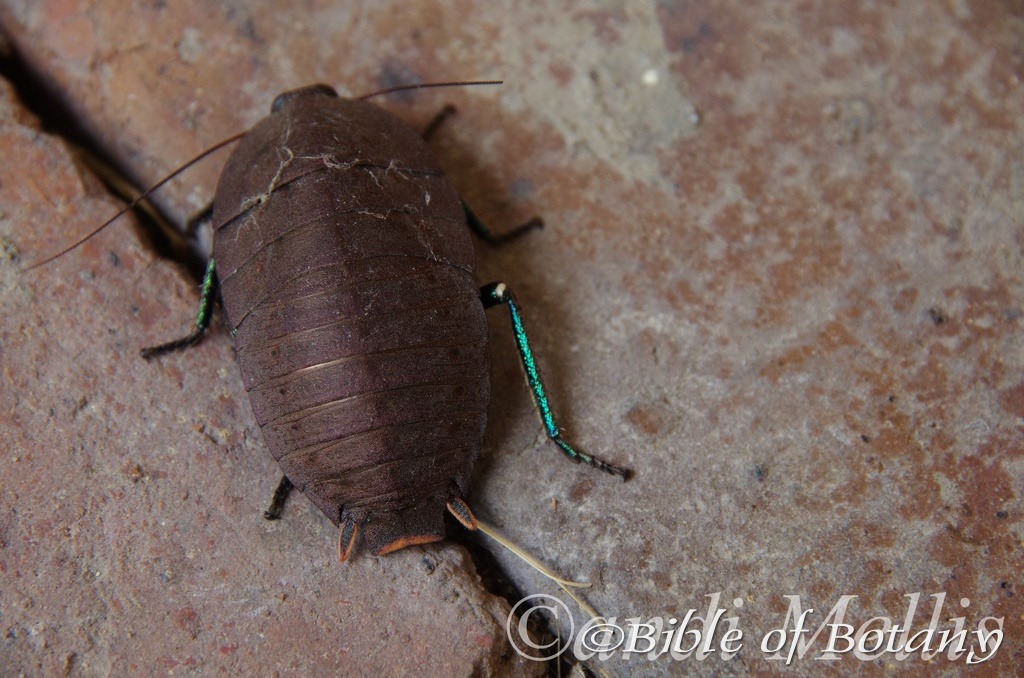
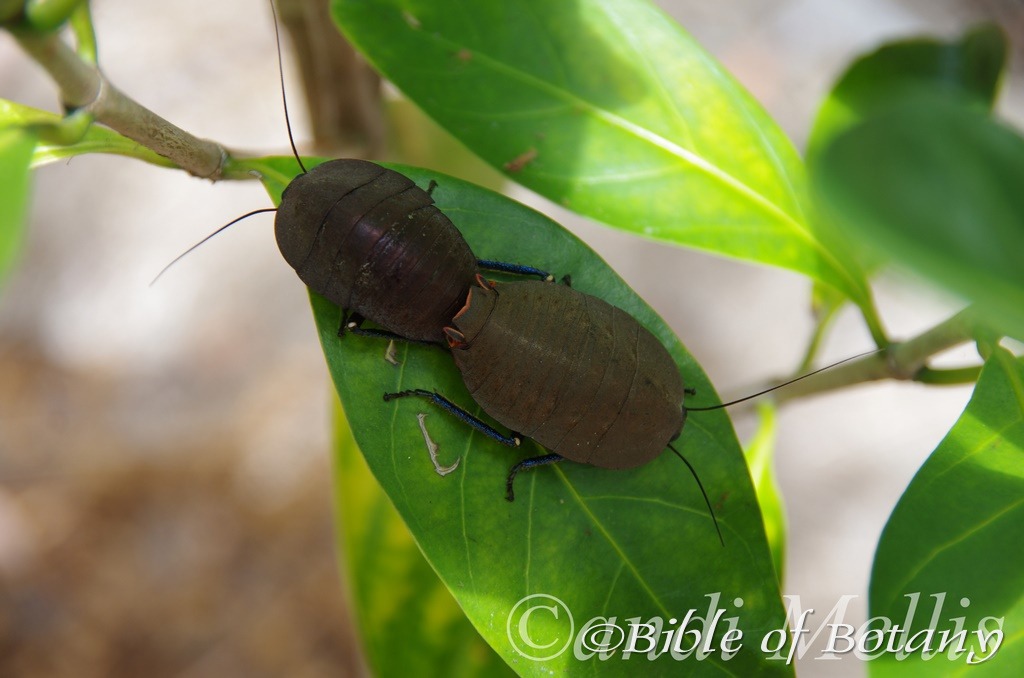
Back in October 2017 I discovered a new species of wood roach on the block upper photo. I have only seen it on two more occasions until this morning. Grabbed the camera as I new they weren’t going anywhere; in a hurry, this time and settled in for a little pornographic photography of the pair. Totally oblivious to me, the Polyzosteria sp. were on the leaf of Atractocarpus fitzalanii. They made me feel good as I knew the garden had not interfered with their life cycle. Hopefully their numbers will increase to a sustainable level. Note the bright iridescent blue-green legs. A great start to my new Year.
Unfortunately the introduced house cockroach has given the local garden species a bad name. They are not disease carriers and are not vectors of any disease, which can affects humans. They can be found in virtually all terrestrial habitats in Australia. Native cock/woodroaches are present, tropical rain forests, woodlands arid mallees and temperate forests. Even some caves are host to a specialised pale blind and wingless species of roach. There are no aquatic species known.
Most native species are nocturnal, while some of the diurnal feeding species are found amongst the foliage of native trees or scurrying along the ground over mulches. Native roaches are an important part of the food web in many natural habitats, being eaten by invertebrates as well as mammals, frogs and reptiles. To repel predators, some species produce a pungent smell. Many of the wood eating roaches play an important role as decomposers.
Hope your new year brings happiness and good health. andi & Ying.
Further Comments from Readers:
“Hi reader, it seems you use The Bible of Botany a lot. That’s great as we have great pleasure in bringing it to you! It’s a little awkward for us to ask, but our first aim is to purchase land approximately 1,600 hectares to link several parcels of N.P. into one at The Pinnacles NSW Australia, but we need your help. We’re not salespeople. We’re amateur botanists who have dedicated over 30 years to saving the environment in a practical way. We depend on donations to reach our goal. If you donate just $5, the price of your coffee this Sunday, We can help to keep the planet alive in a real way and continue to bring you regular updates and features on Australian plants all in one book the Bible of Botany . Any support is greatly appreciated. Thank you.”
In the spirit of reconciliation we acknowledge the Bundjalung, Gumbaynggirr and Yaegl and all aboriginal nations throughout Australia and their connections to land, sea and community. We pay our respect to their Elders past, present and future for the pleasures we have gained.